2021 - SYNCHRONICITY COLLECTION
Fortunes & Destinies
We are a web of networks, we are a continuous reflection of the inner and outer life that resonates in the universe. Our inspirations flow unperceived through us, and manifest themselves in our creativity and in the way we choose to live.
“…regard the universe as one living being, having one substance and one soul.” - Marcus Aurelius
CENTURIES - 140 x 175 cm
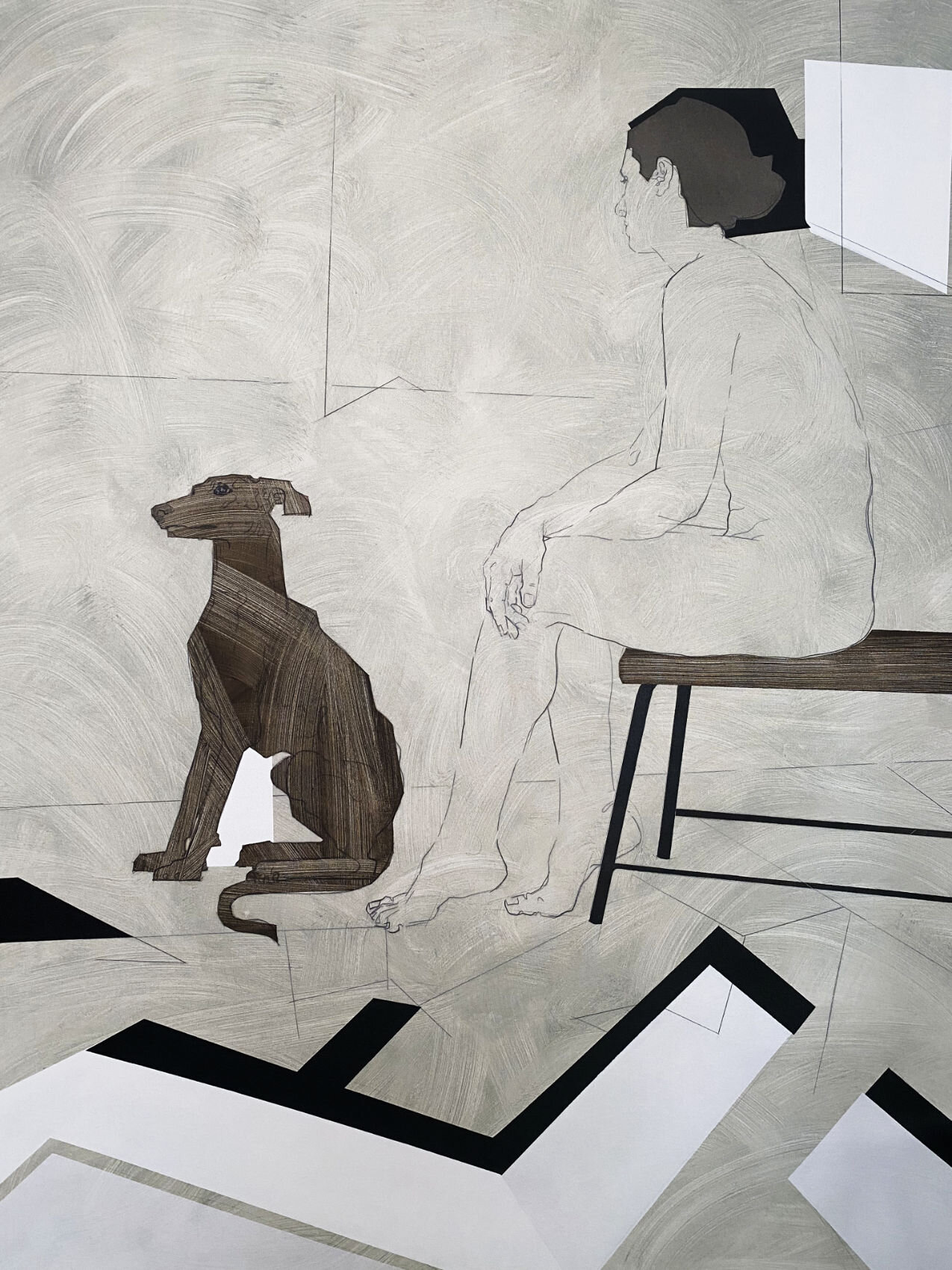
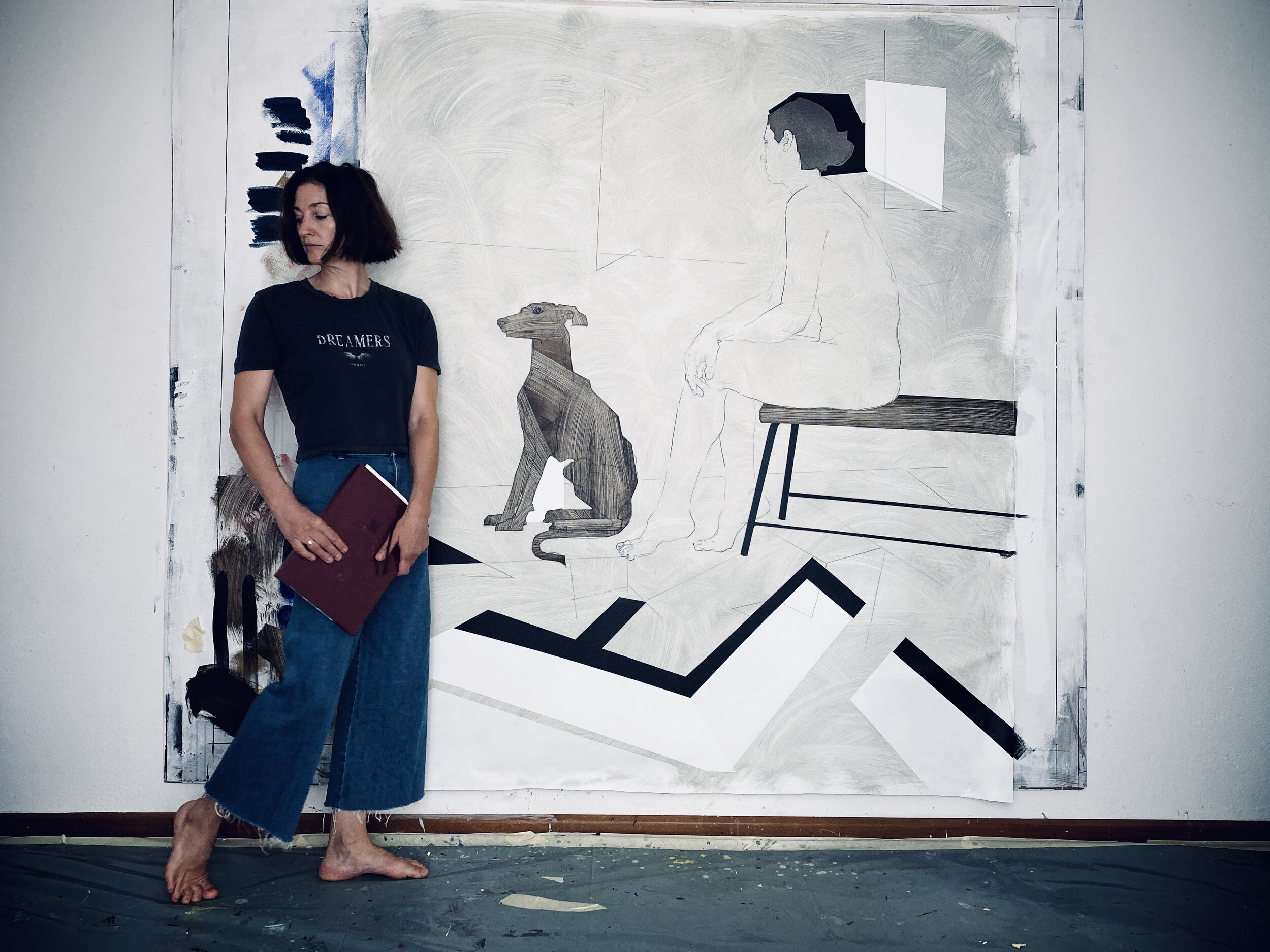
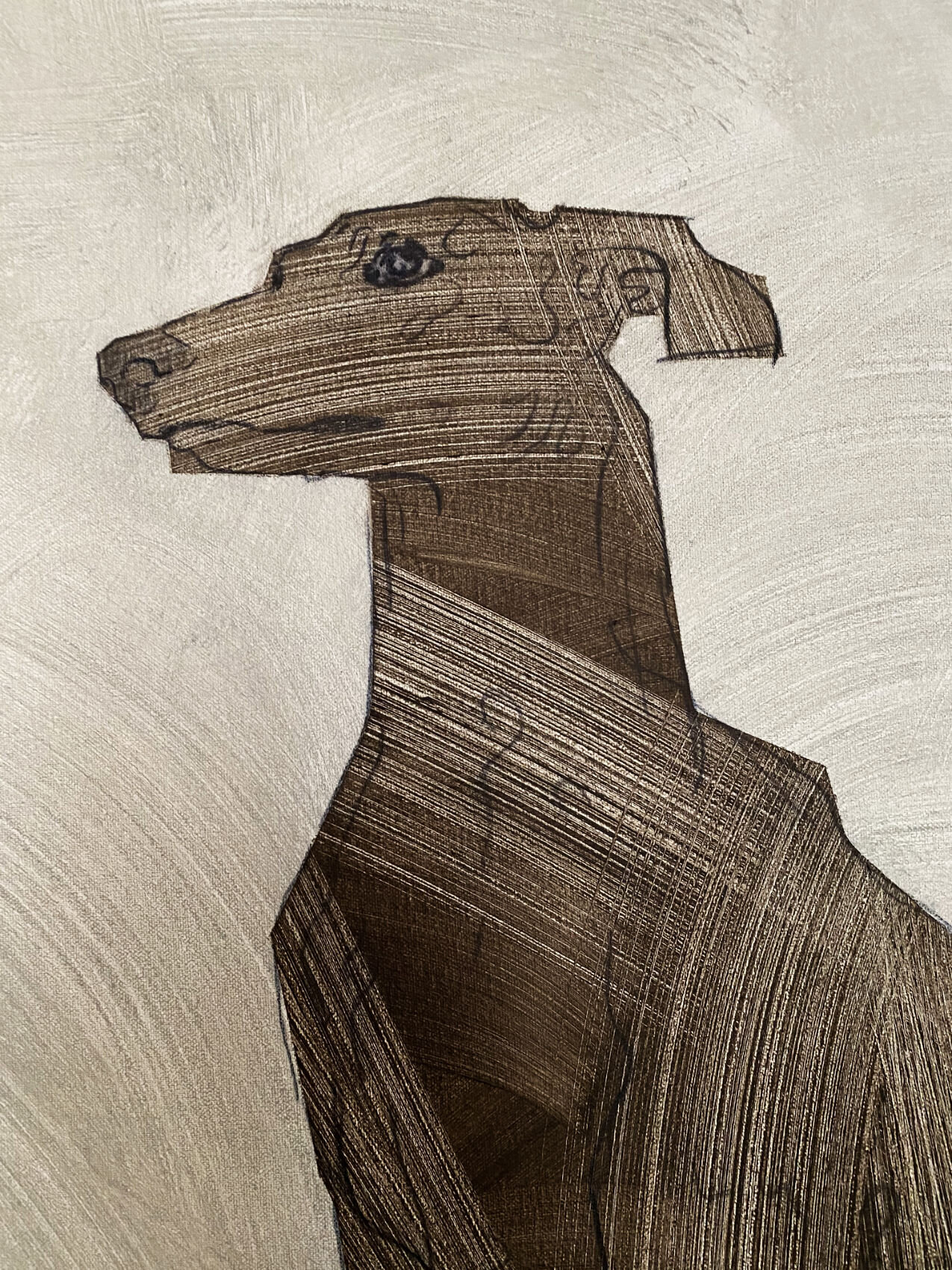
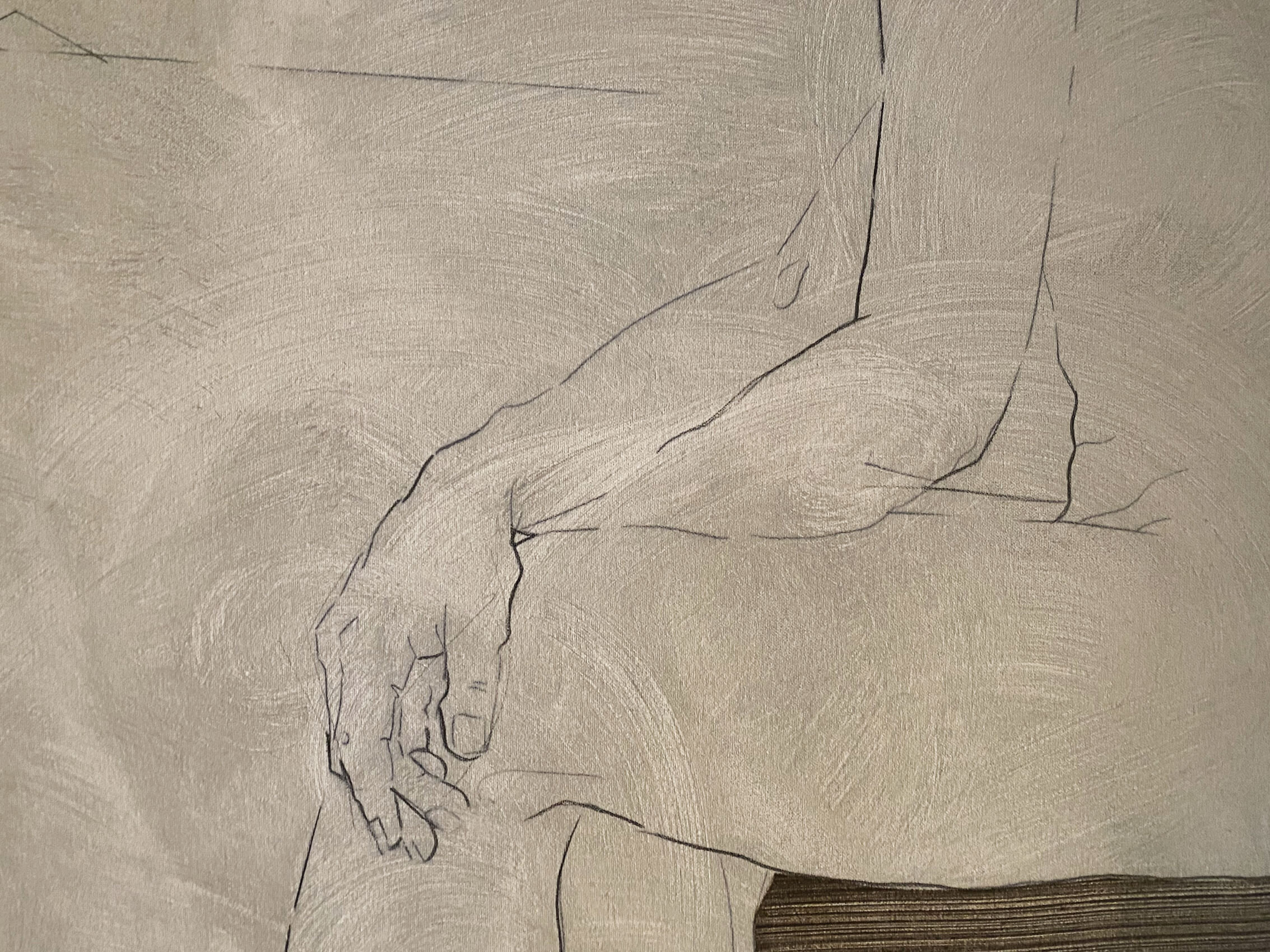
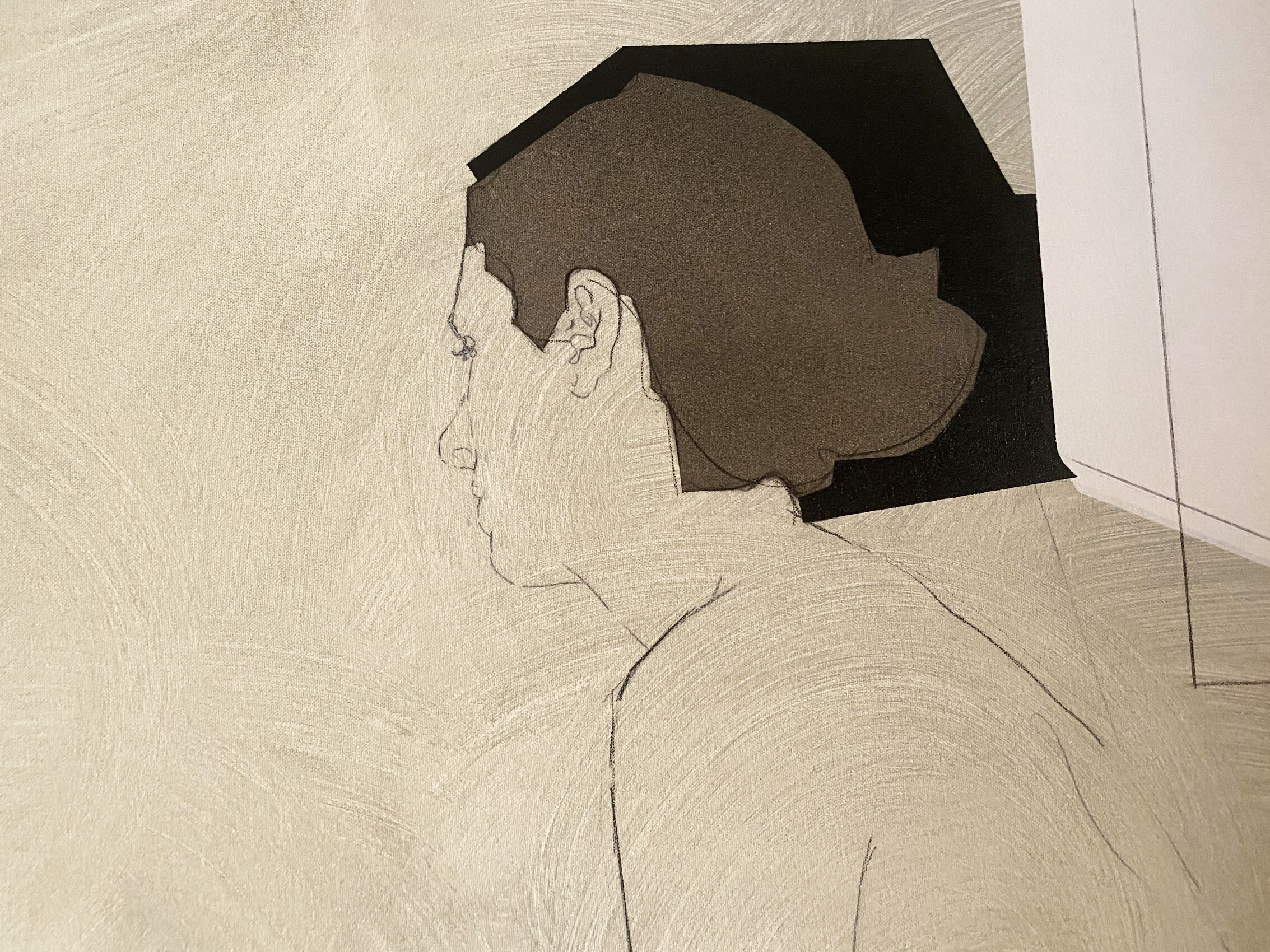

“As human beings, we live by emotions and thoughts. We exchange them when we are in the same place at the same time, talking to each other, looking into each other’s eyes, brushing against each other’s skin. We are nourished by this network of encounters and exchanges. But, in reality, we do not need to be in the same place and time to have such exchanges. Thought and emotions that create bonds of attachment between us have no difficulty crossing seas and decades, sometimes even centuries, tied to thin sheets of paper or dancing between the microchips of a computer. We are part of a network that goes far beyond the few days of our lives and the few square meters that we tread.”
CONSTELLATION - 100 x 150 cm
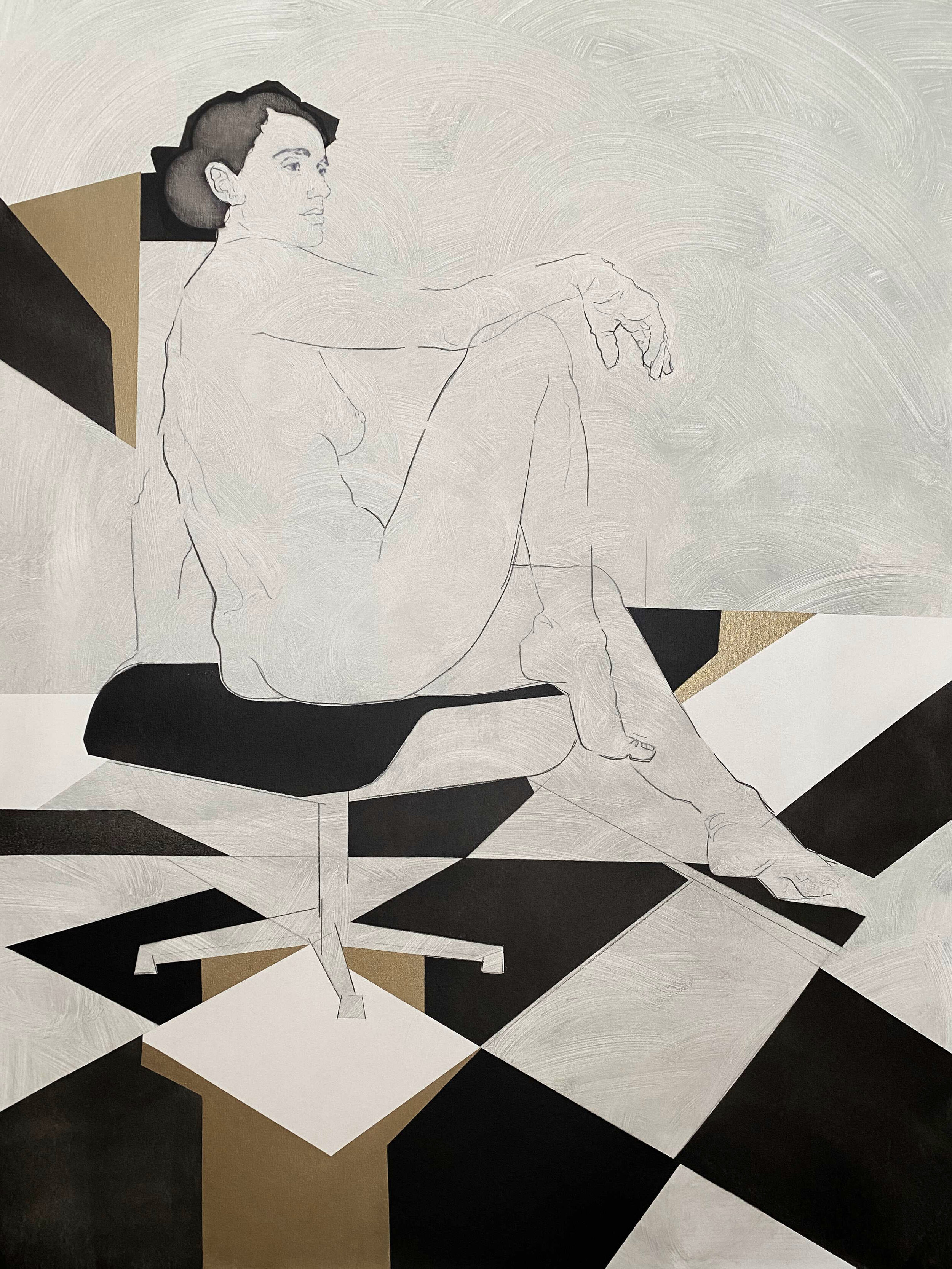
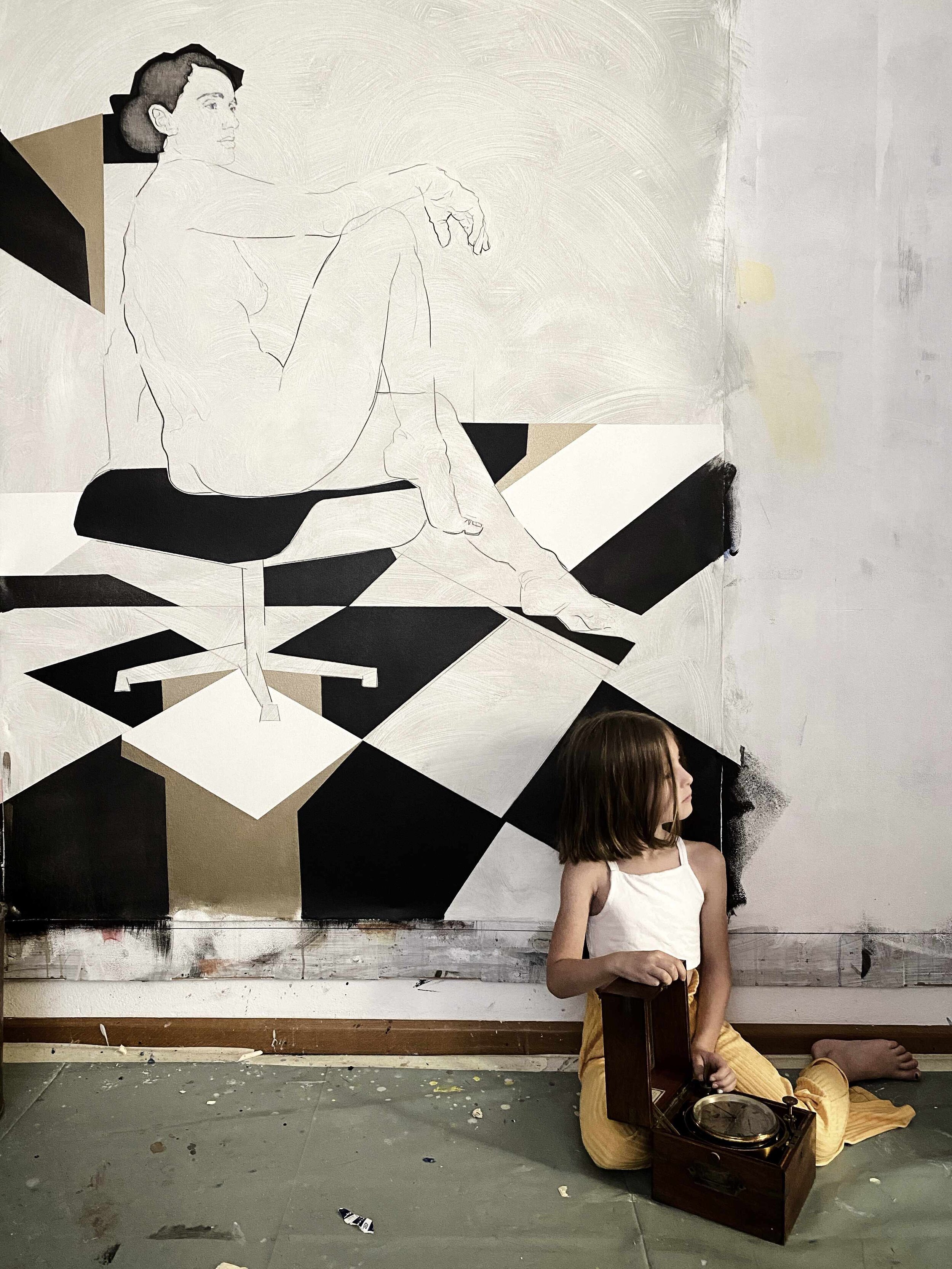
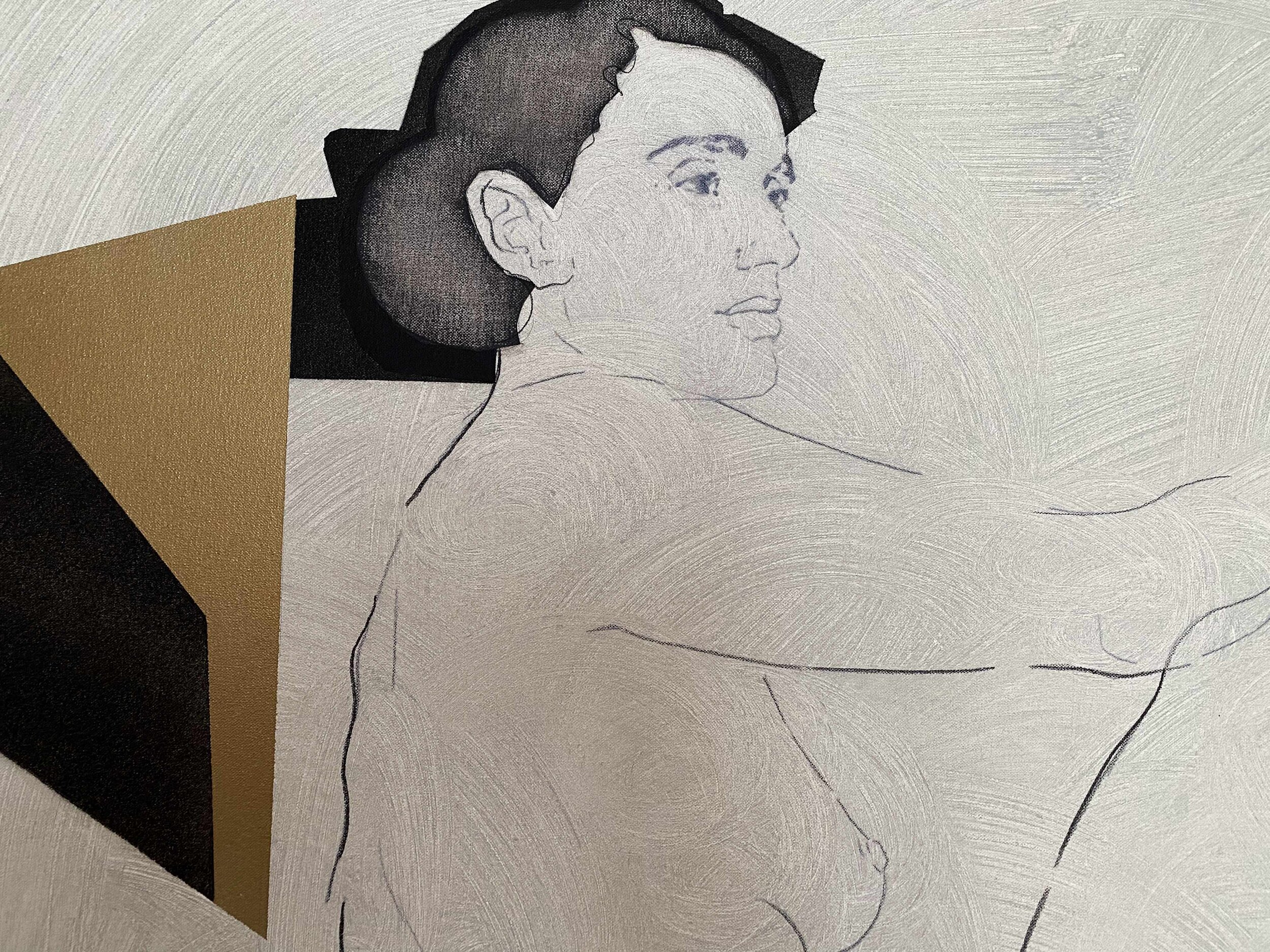
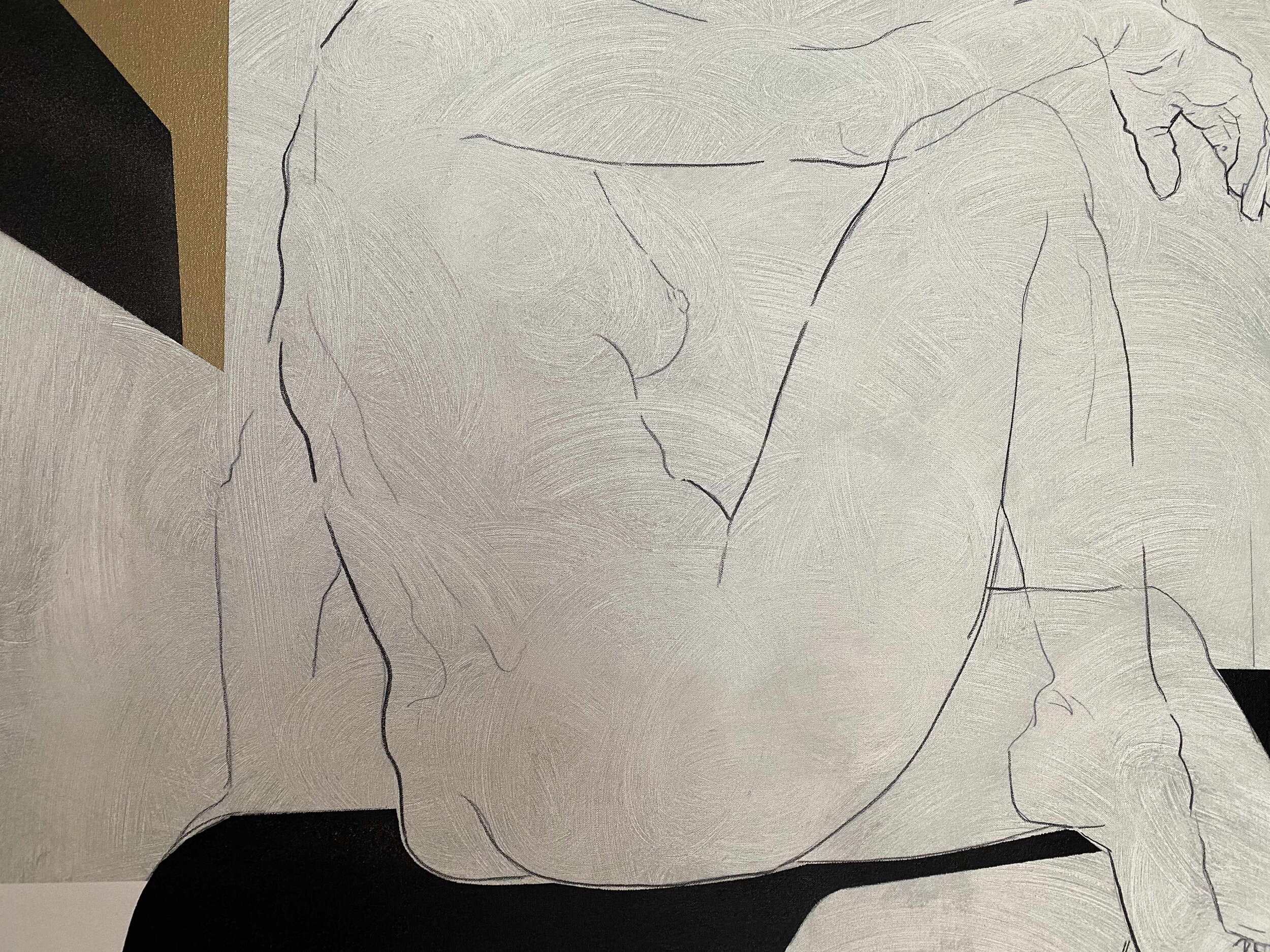
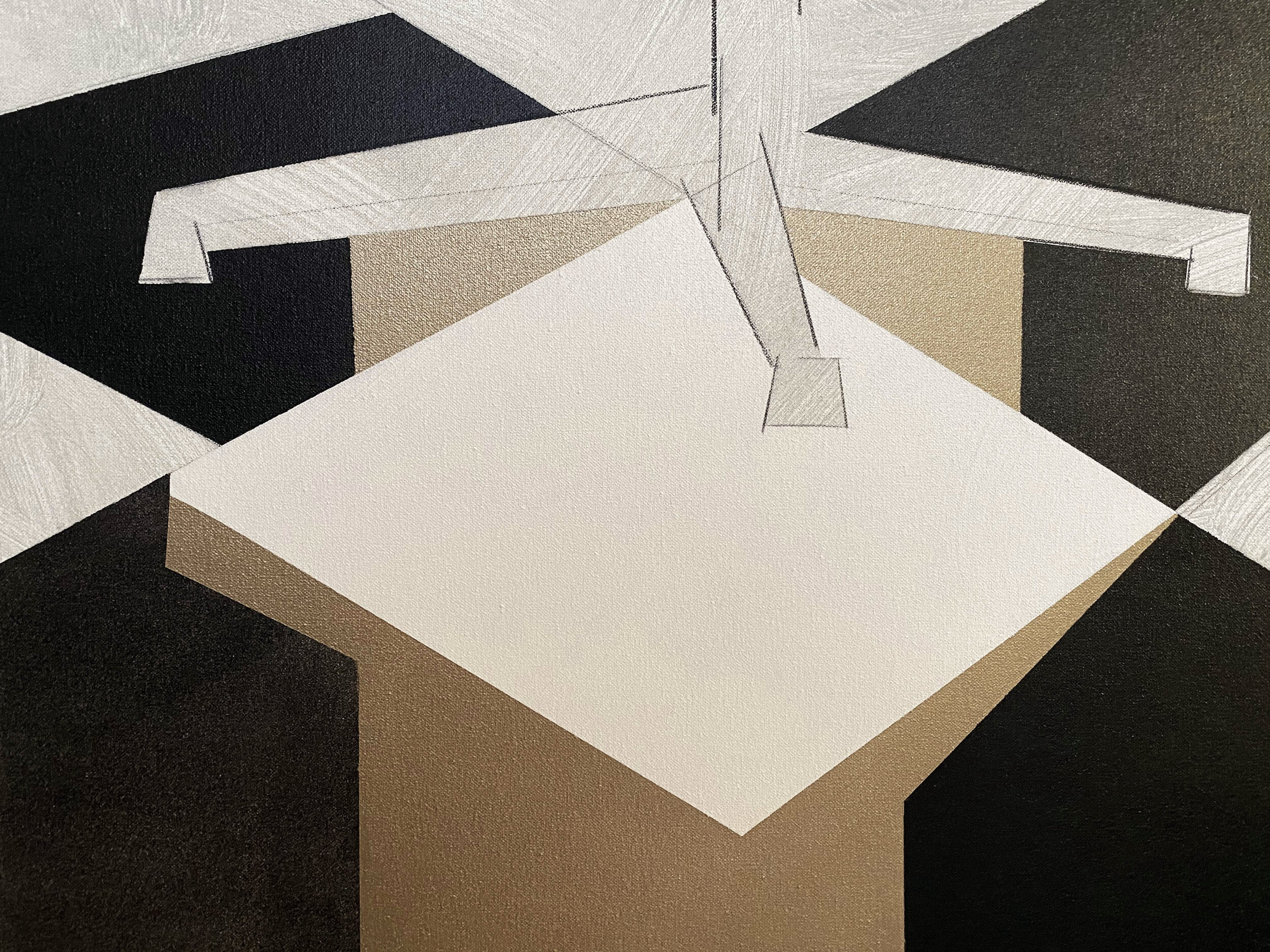
“In the world described by quantum mechanics there is no reality except in the relations between physical systems. It isn’t things that enter into relations but, rather, relations that ground the notion of ‘thing’. The world of quantum mechanics is not a world of objects: it is a world of events. Things are built by the happening of elementary events: as the philosopher Nelson Goodman wrote in the 1950s, in a beautiful phrase, ‘An object is a monotonous process.’ A stone is a vibration of quanta that maintains its structure for a while, just as a marine wave maintains its identity for a while before melting again into the sea.”
SEQUENCE - 145 x 165 cm
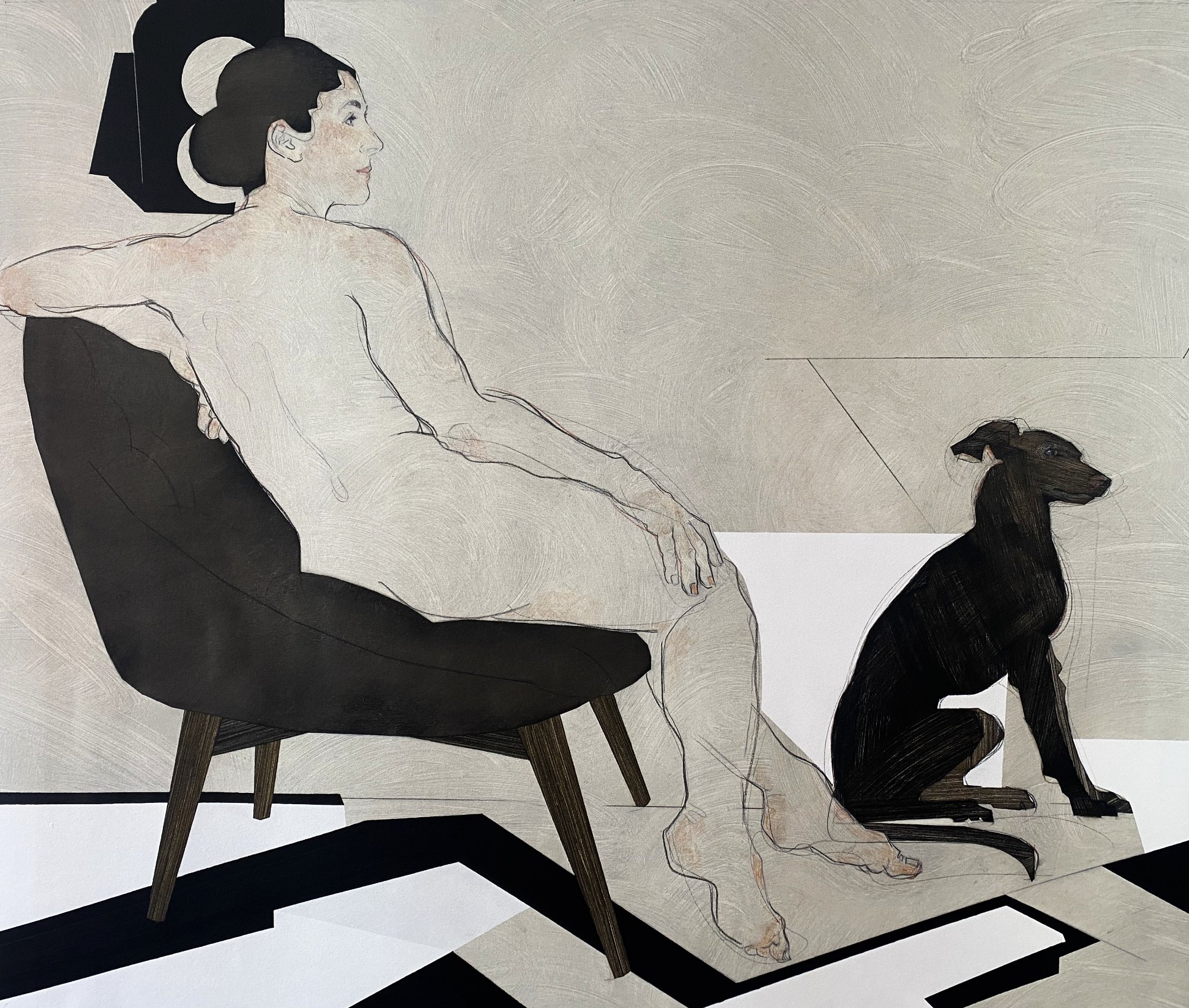

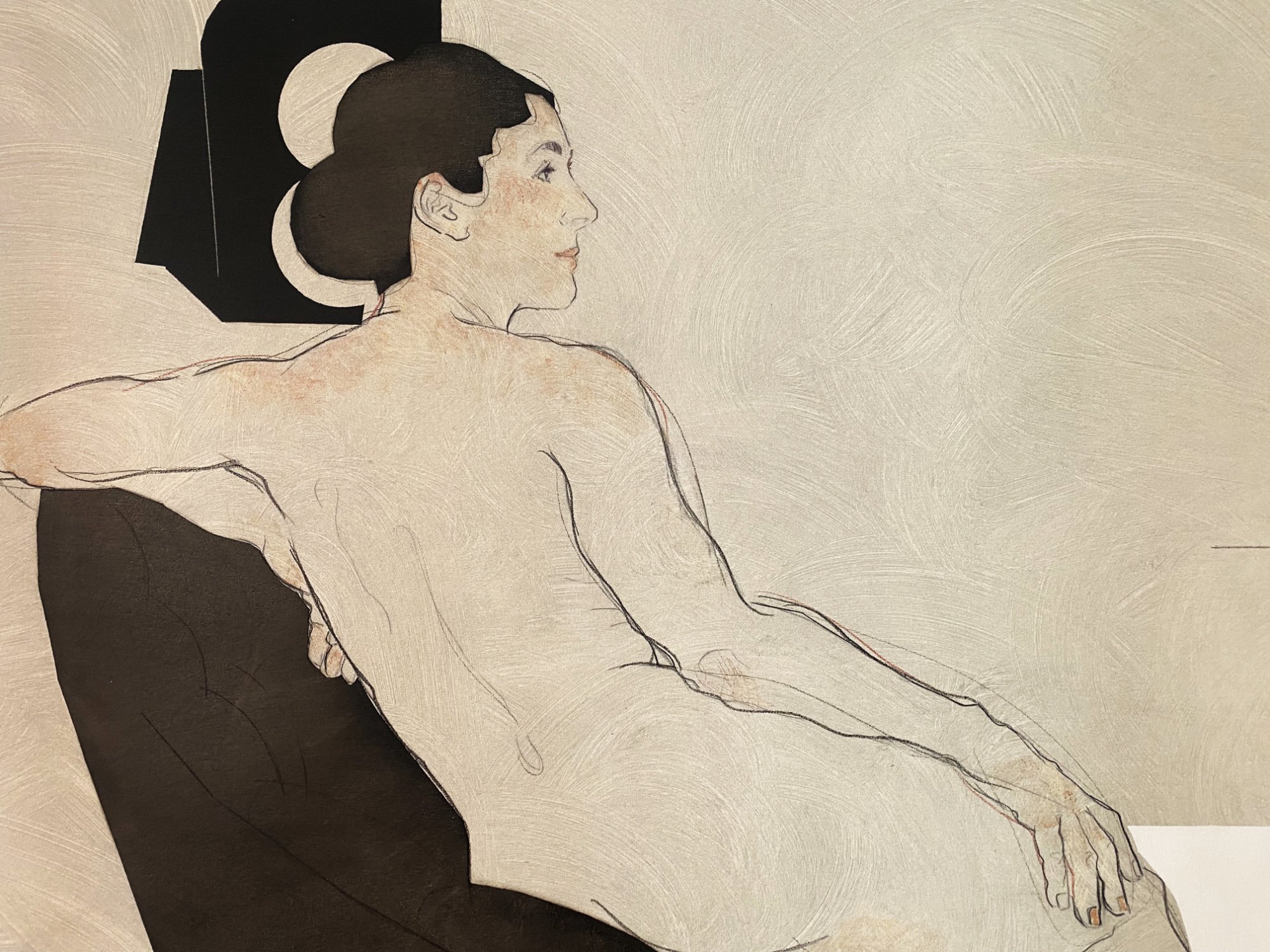
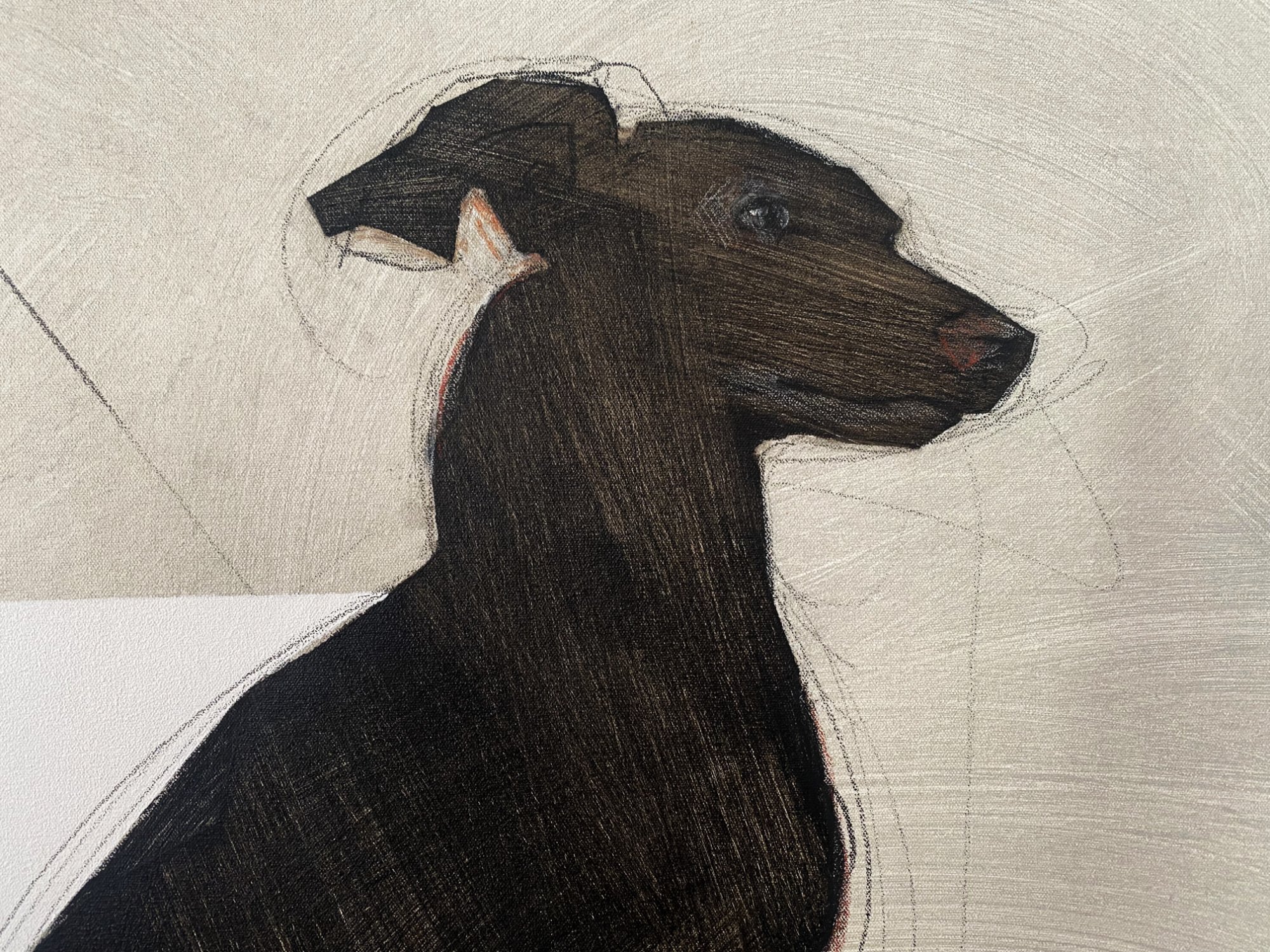
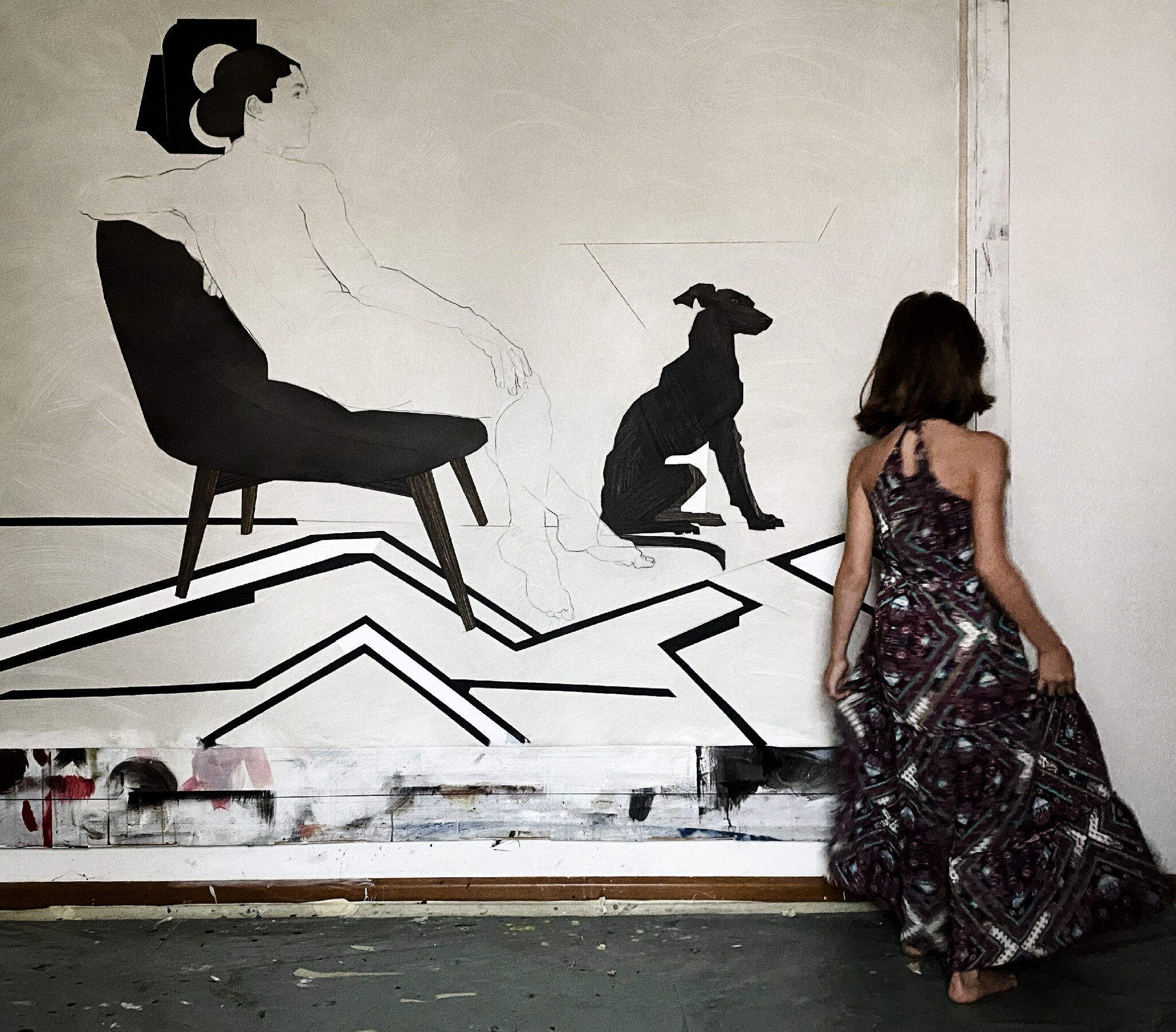
“If the world were, however, made of things, what would these things be? The atoms, which we have discovered to be made up in turn of smaller particles? The elementary particles, which, as we have discovered, are nothing other than the ephemeral agitations of a field? The quantum fields, which we have found to be little more than codes of a language with which to speak of interactions and events? We cannot think of the ‘physical’ world as if it were made of things, or entities. It simply doesn’t work.
What works instead is thinking about the world as a network of events. Simple events, and more complex events that can be disassembled into combinations of simpler ones. A few examples: a war is not a thing, it’s a sequence of events. A storm is not a thing, it’s a collection of occurrences. A cloud above a mountain is not a thing, it is a condensation of humidity in the air that the wind blows over the mountain. A wave is not a thing, it is a movement of water, and the water that forms it is always different. A family is not a thing, it is a collection of relations, occurrences, feelings. And a human being? Of course it’s not a thing; like the cloud above the mountain, it’s a complex process which food, information, light, words and so on enter and exit...A knot of knots on a network of social relations, in a network of chemical processes, in a network of emotions exchanged with its own kind.”
PERCEPTION - 130 X 170 cm
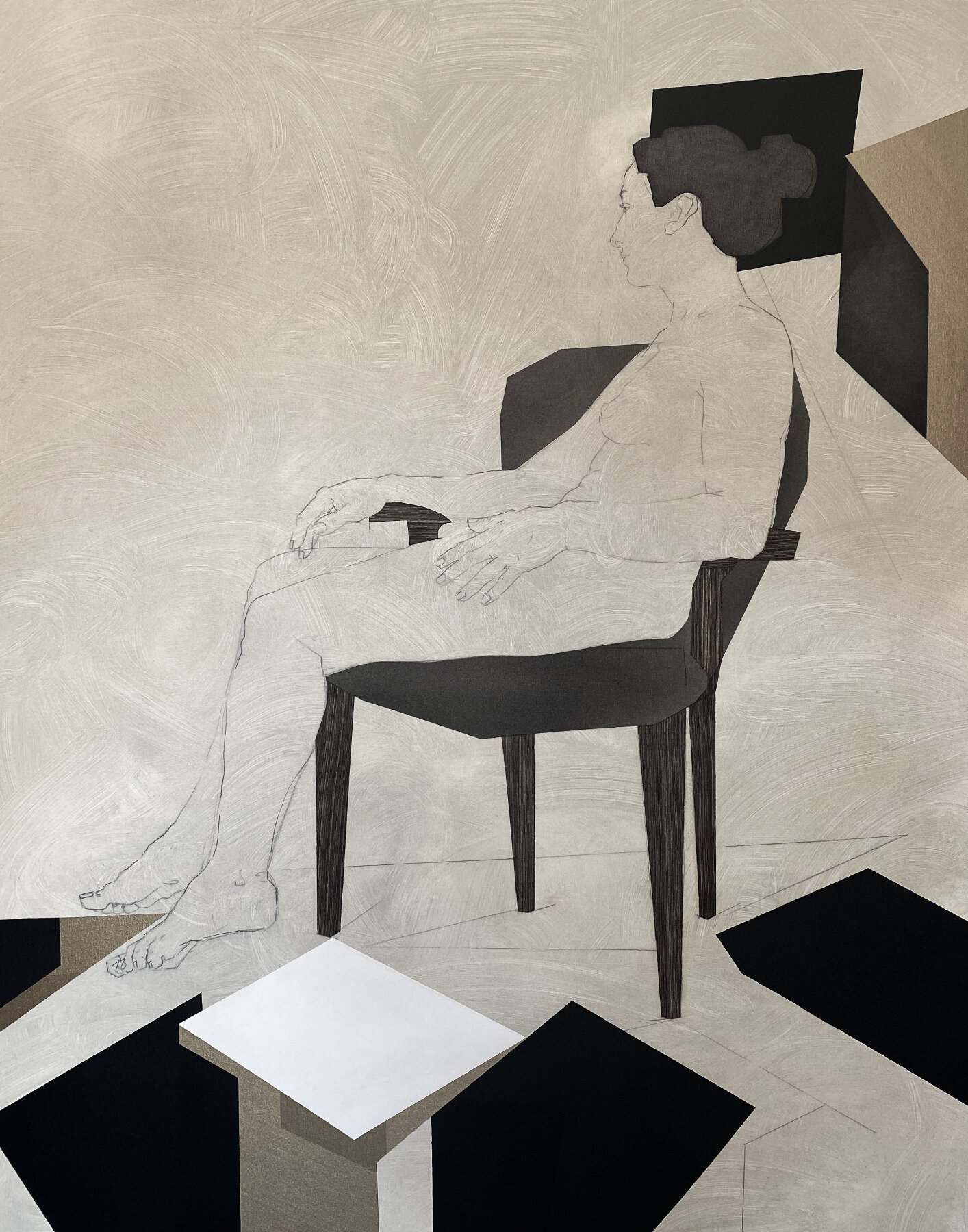
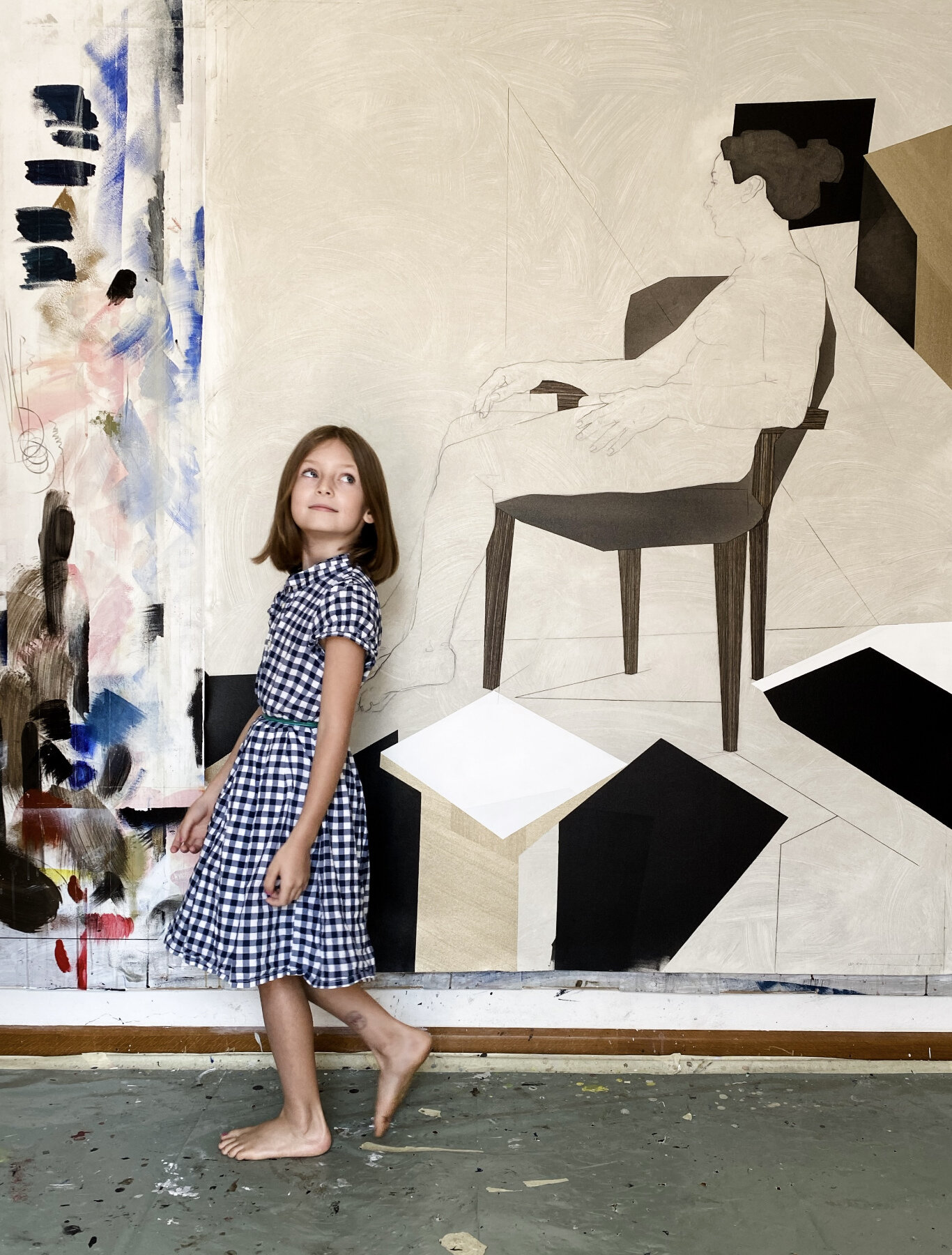
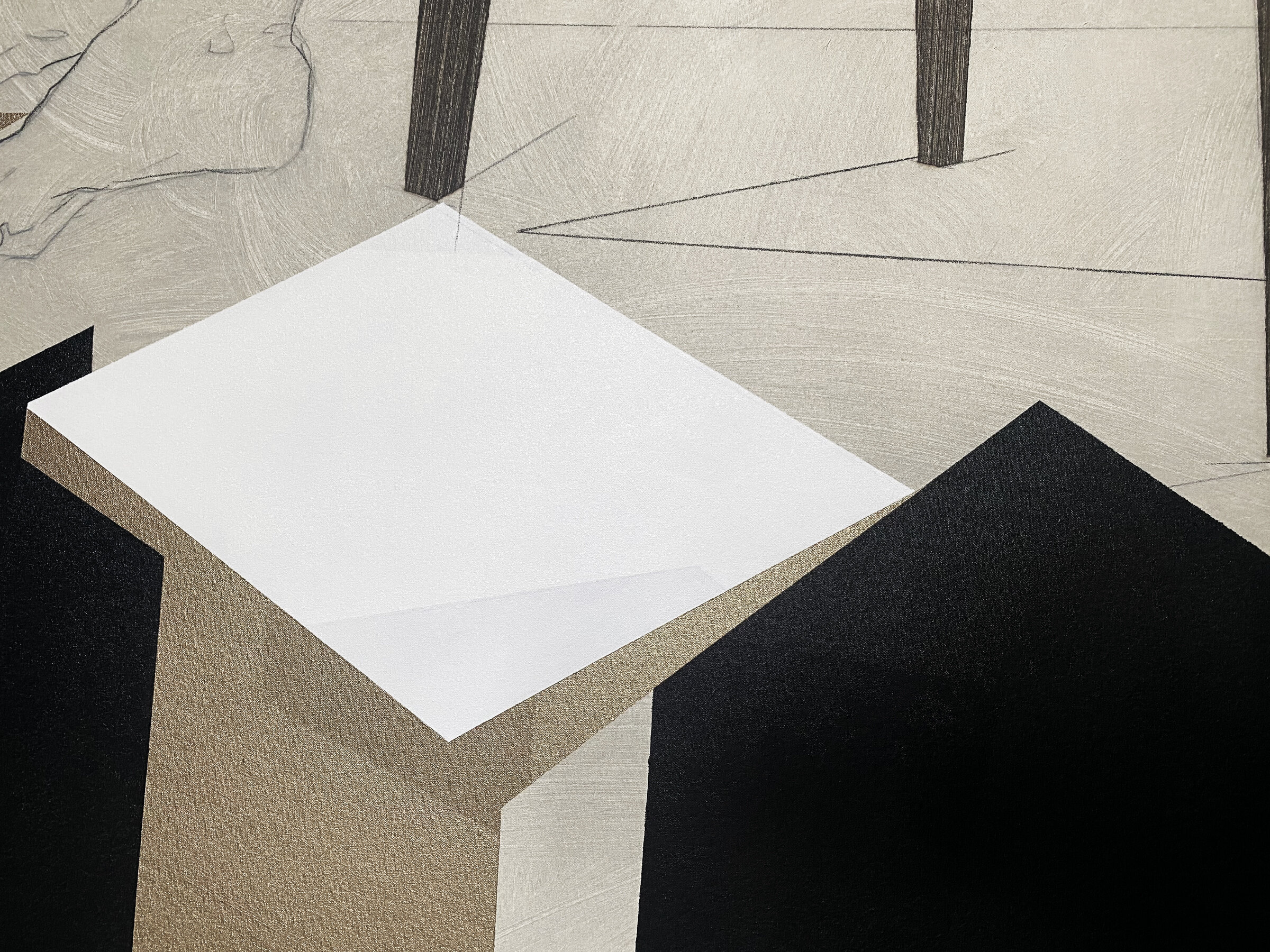
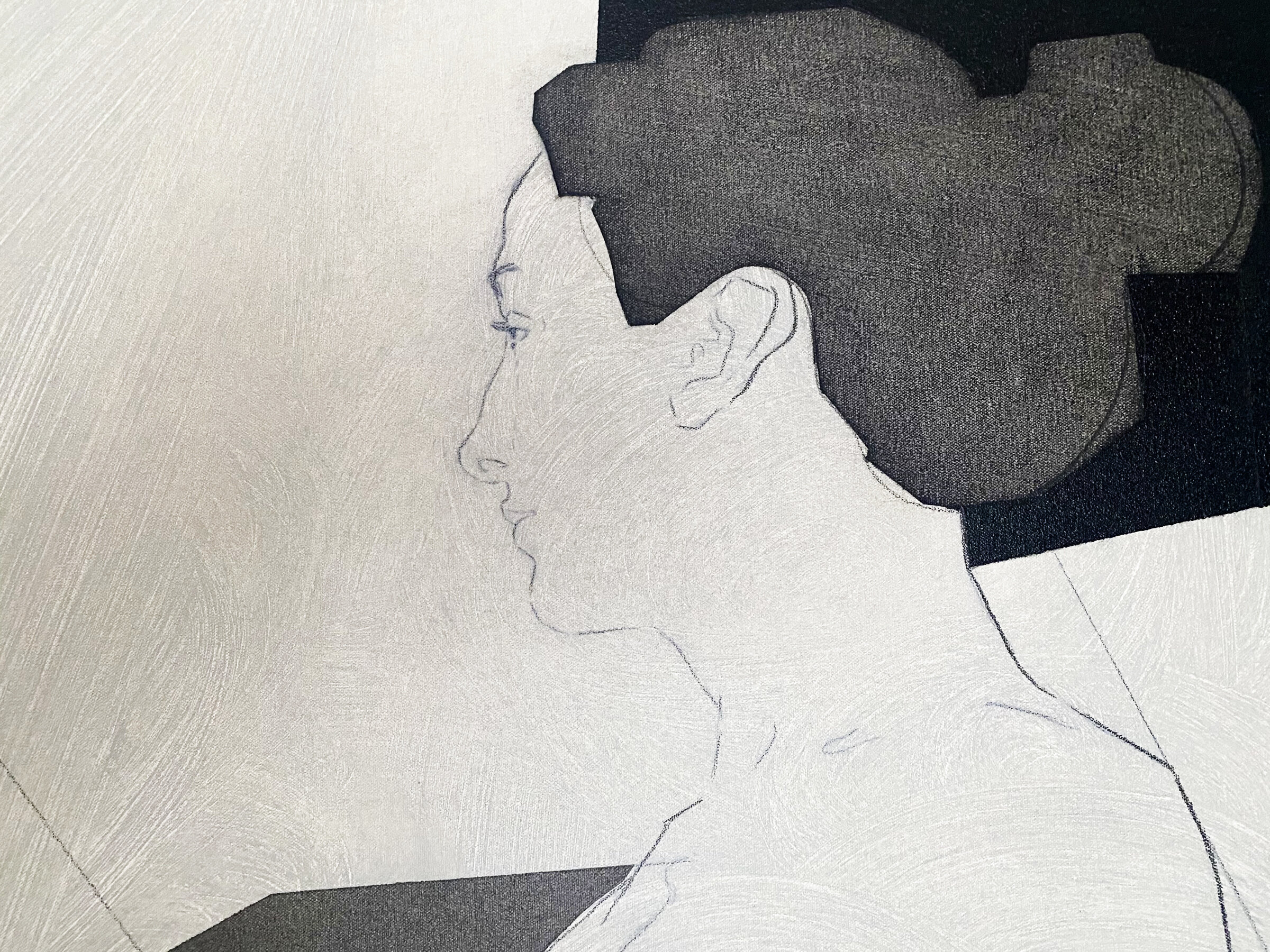
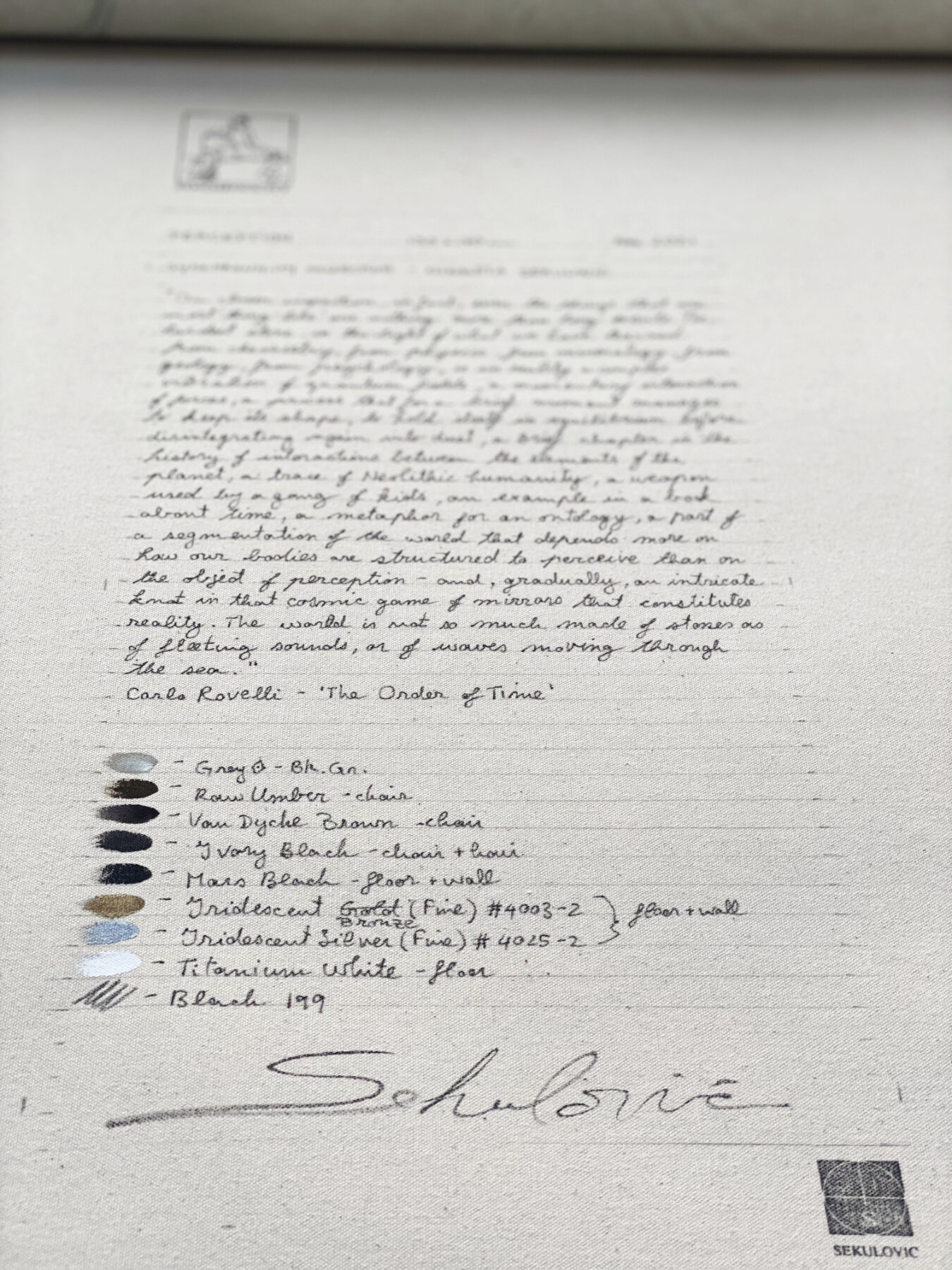
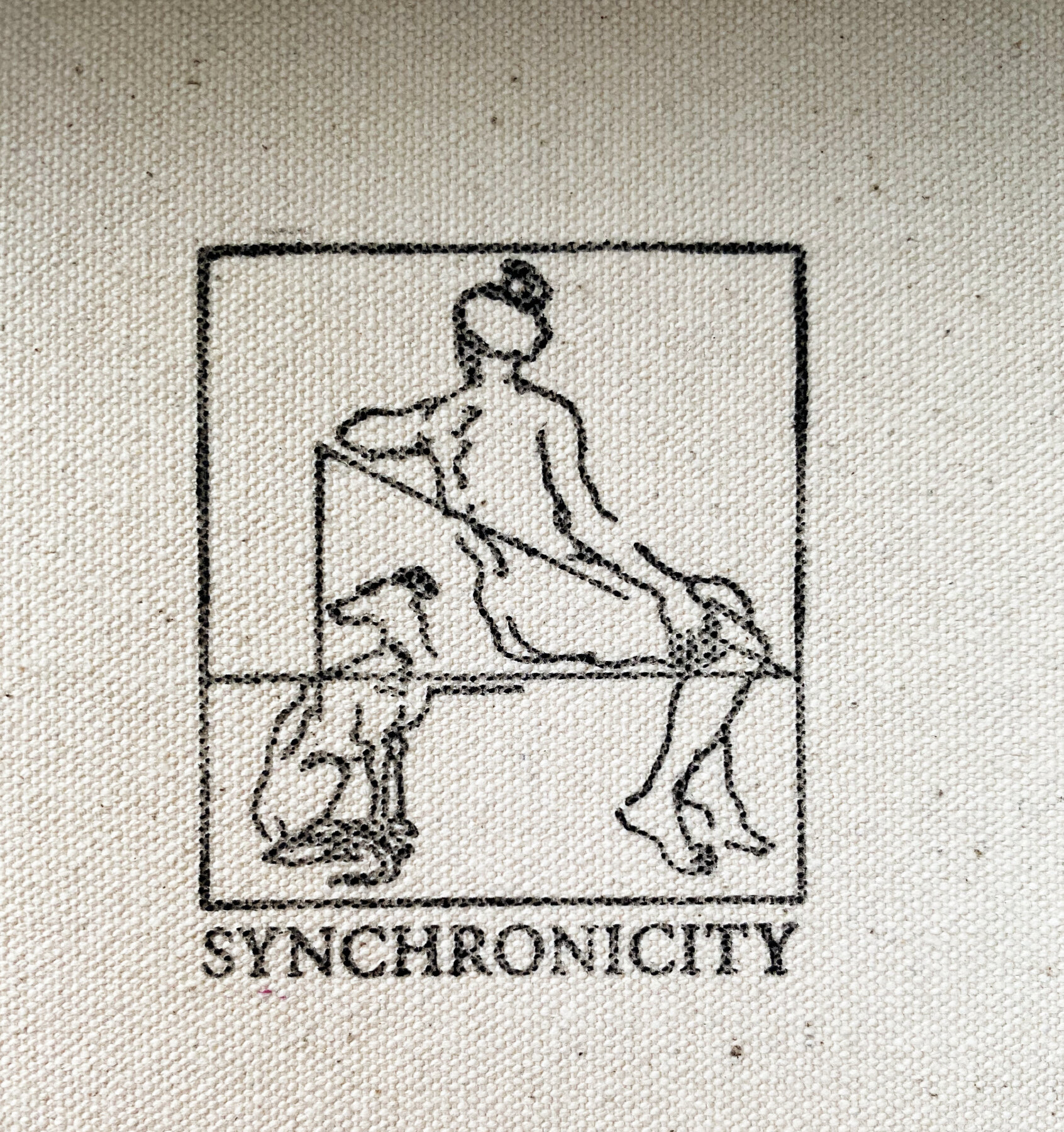
“On closer inspection, in fact, even the things that are most ‘thing-like’ are nothing more than long events.The hardest stone, in the light of what we have learned from chemistry, from physics, from mineralogy, from geology, from psychology, is in reality a complex vibration of quantum fields, a momentary interaction of forces, a process that for a brief moment manages to keep its shape, to hold itself in equilibrium before disintegrating again into dust, a brief chapter in the planet, a trace of Neolithic humanity, a weapon used by a gang of kids, an example in a book about time, a metaphor for an ontology, a part of a segmentation of the world that depends more of how our bodies are structured to perceive than on the object of perception - and, gradually, an intricate knot in that cosmic game of mirrors that constitutes reality. The world is not so much made of stones as of fleeting sounds, or of waves moving through the sea.”
RECIPROCAL - 122 x 180 cm
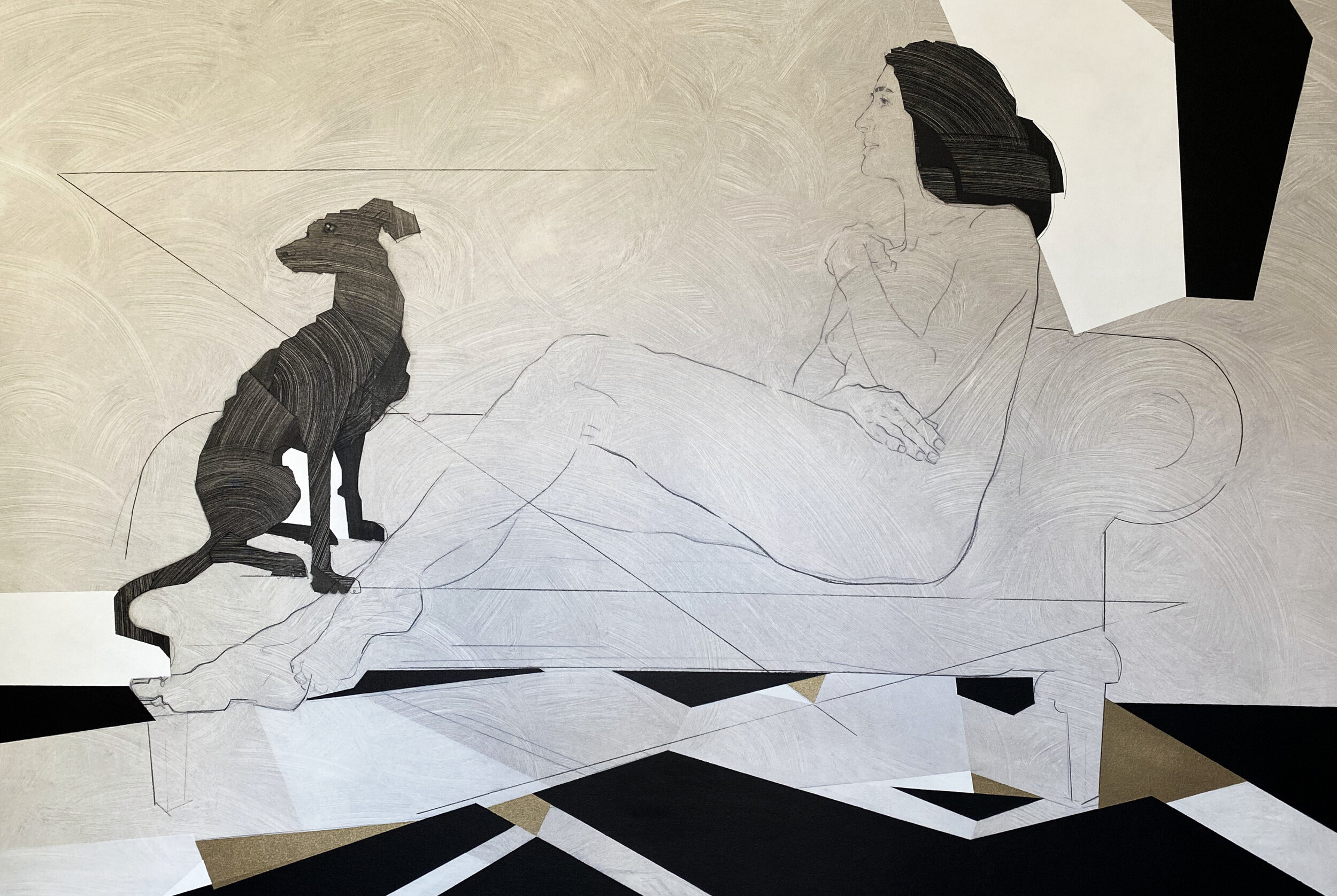

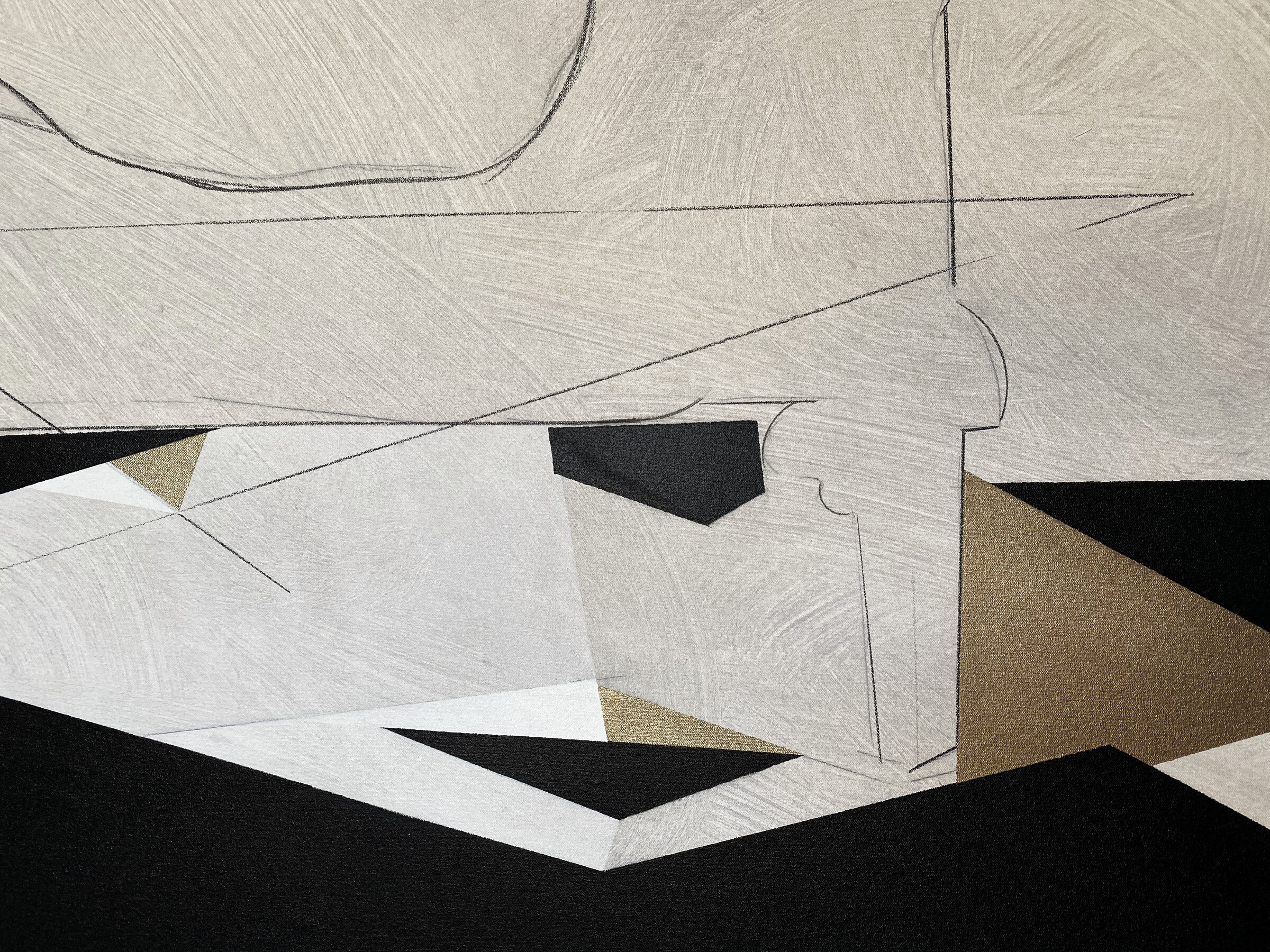
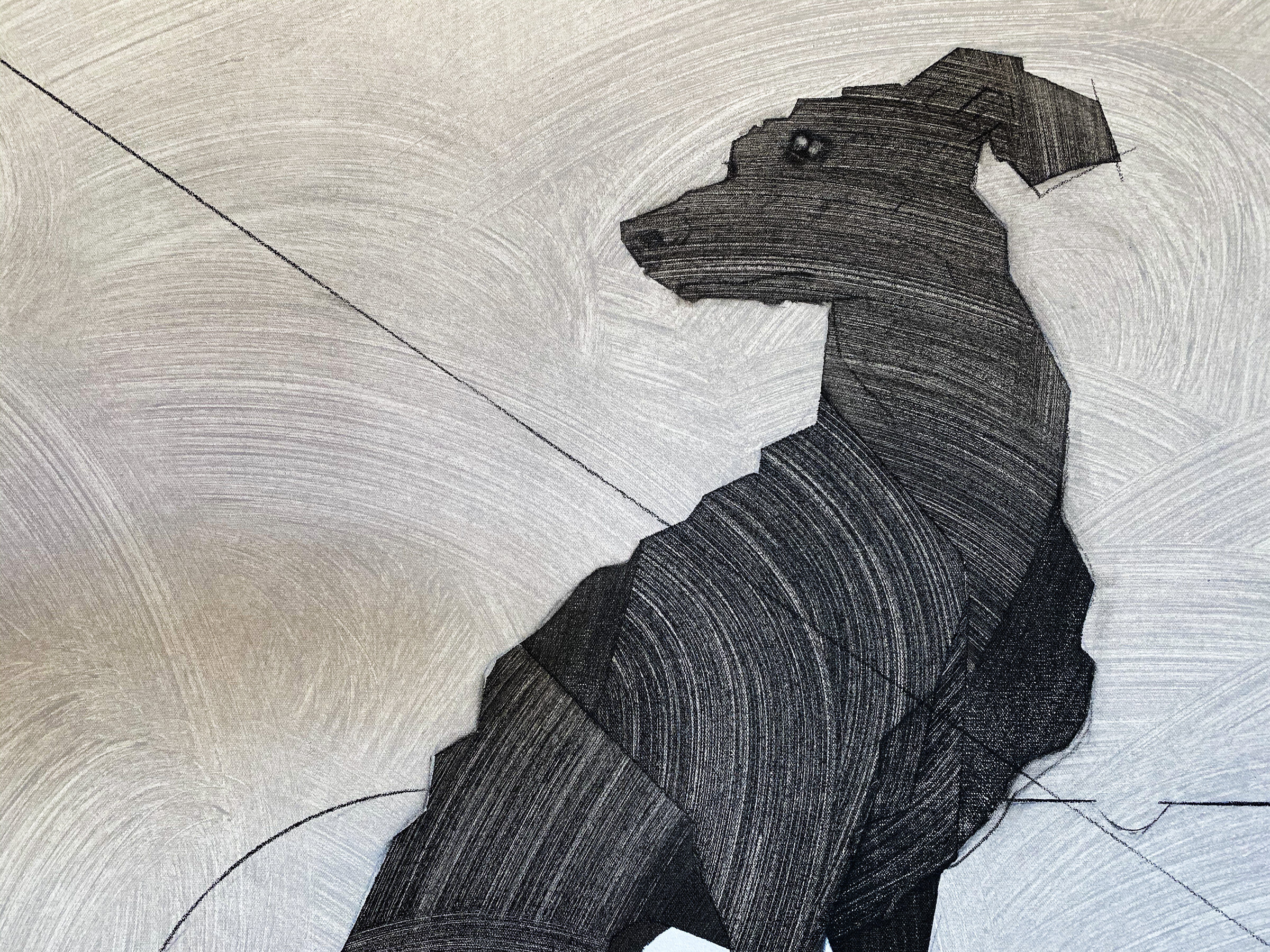
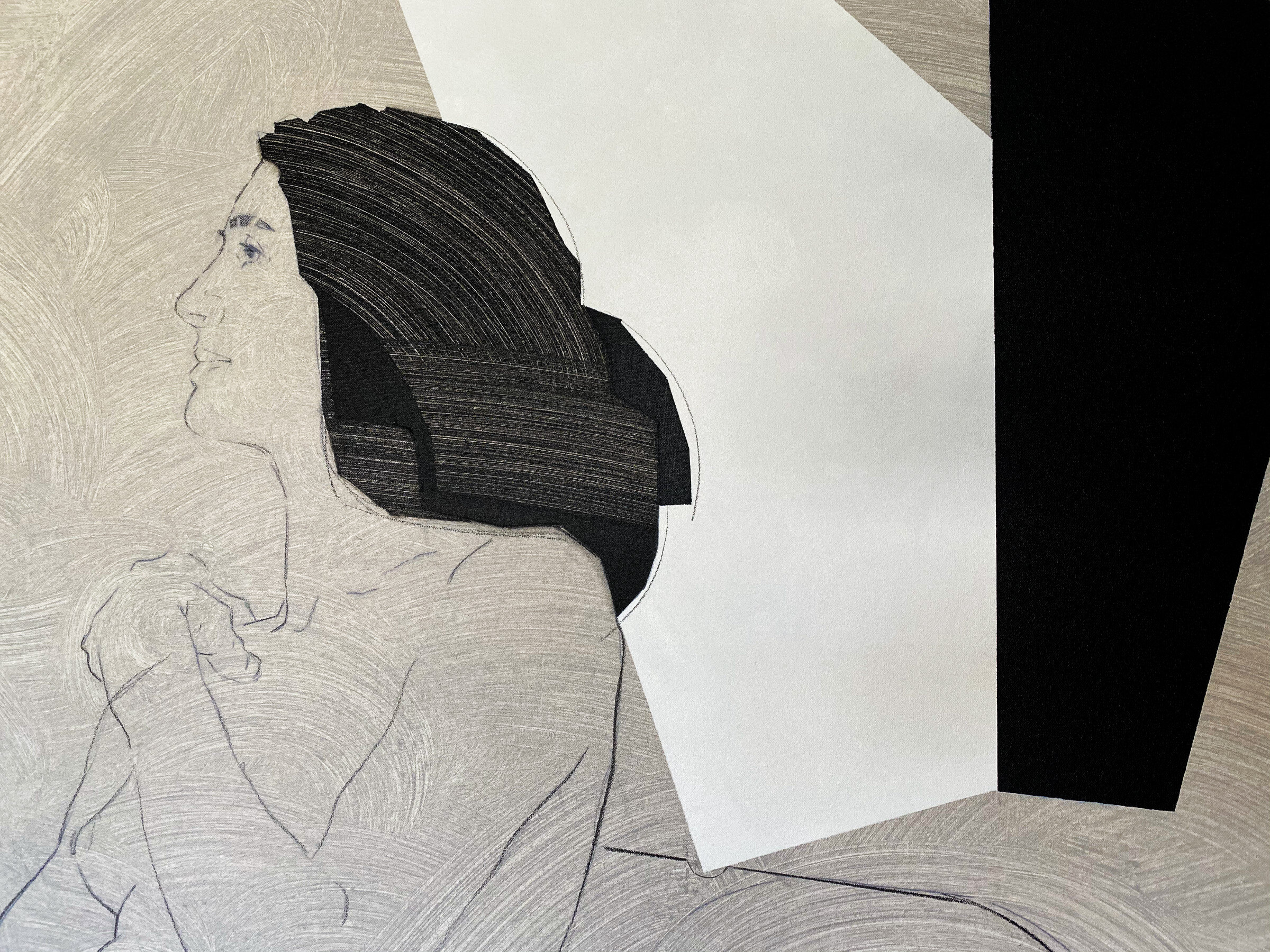
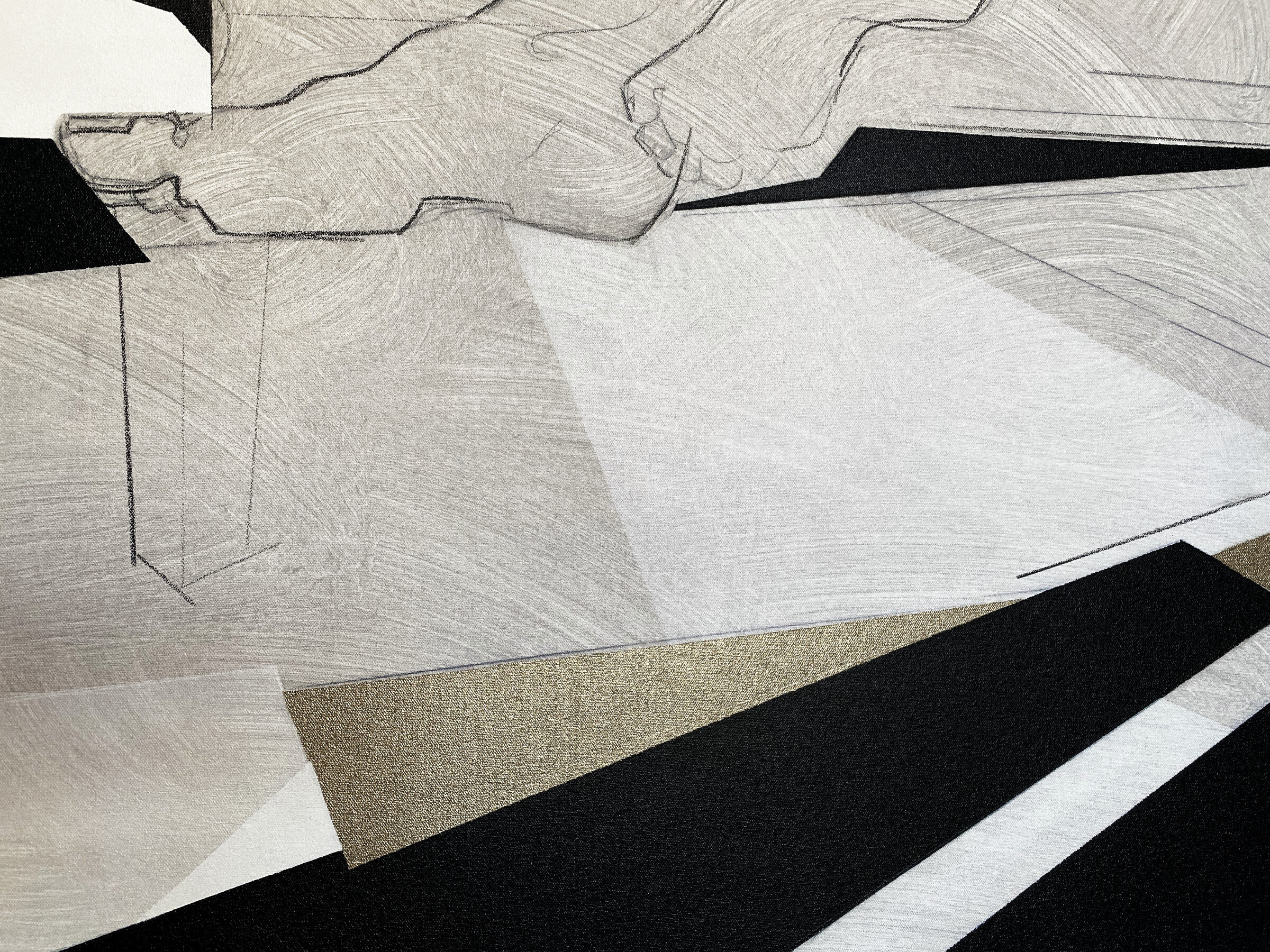
“The fields manifest themselves in granular form: elementary particles, photos, and quanta of gravity - or rather ‘quanta of space’. These elementary grains do not exist immersed in space; rather, they themselves form the space. The spatiality of the world consists of the web of their interactions. They do not dwell in time: they interact incessantly with each other, and indeed exist only in terms of these incessant interactions.And this interaction is the happening of the world: it is the minimum elementary form of time that is neither directional nor linear. Nor does it have the curved and smooth geometry studied by Einstein. It is a reciprocal interaction in which quanta manifest themselves in the interaction, in relation to that with which they interact.
The dynamic of these interactions is probabilistic. The probabilities that something will happen - given the occurrence of something else - can in principle be calculated with the equations of the theory.
We cannot draw a complete map, a complete geometry, of everything that happens in the world, because such happenings - including the passage of time - are always triggered only by an interaction with, and with respect to, a physical system involved in the interaction. The world is like a collection of interrelated points of view. To speak of the world ‘seen from outside’ makes no sense, because there is no ‘outside’ to the world.”
QUANTUM - 140 x 160 cm
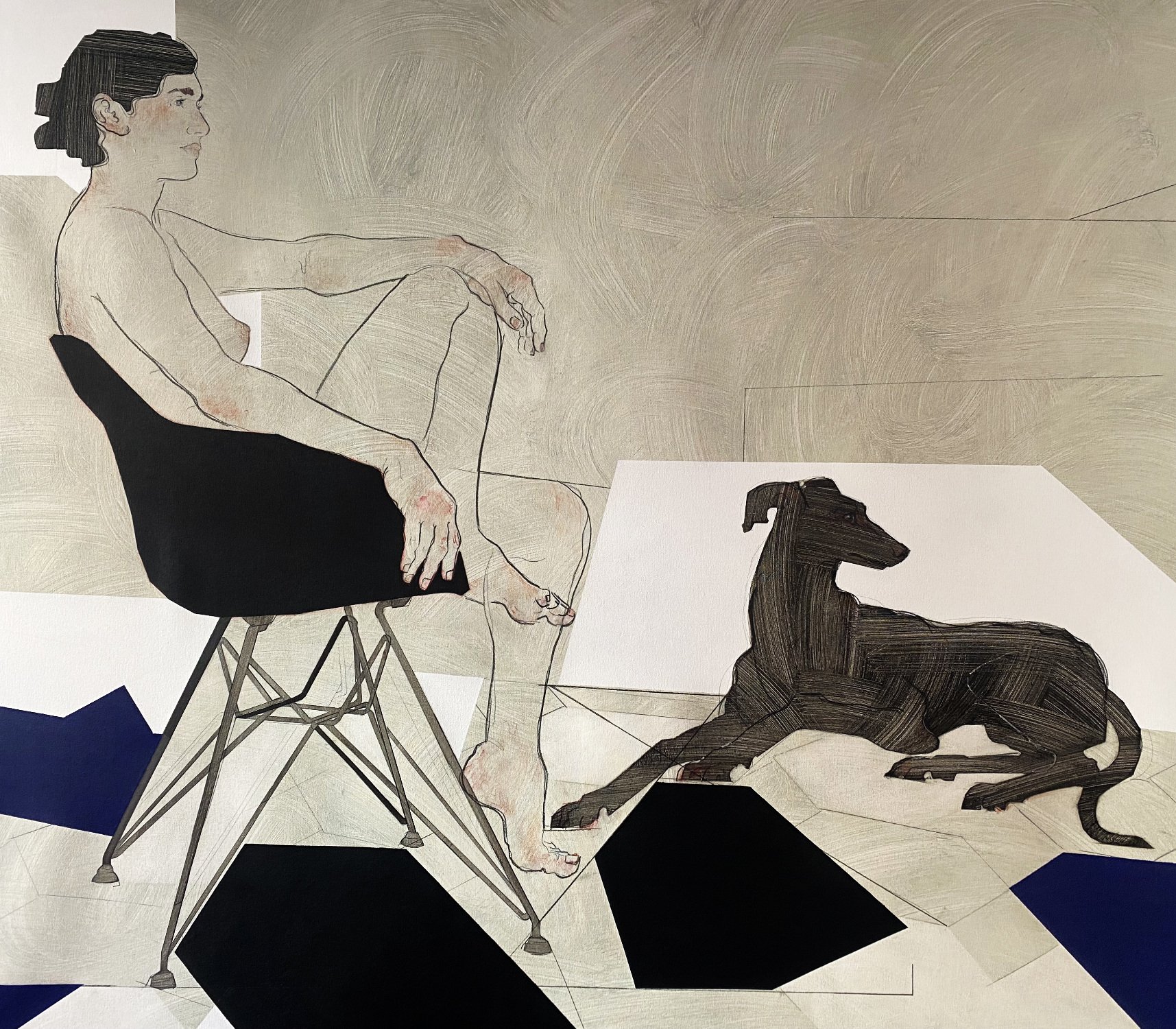
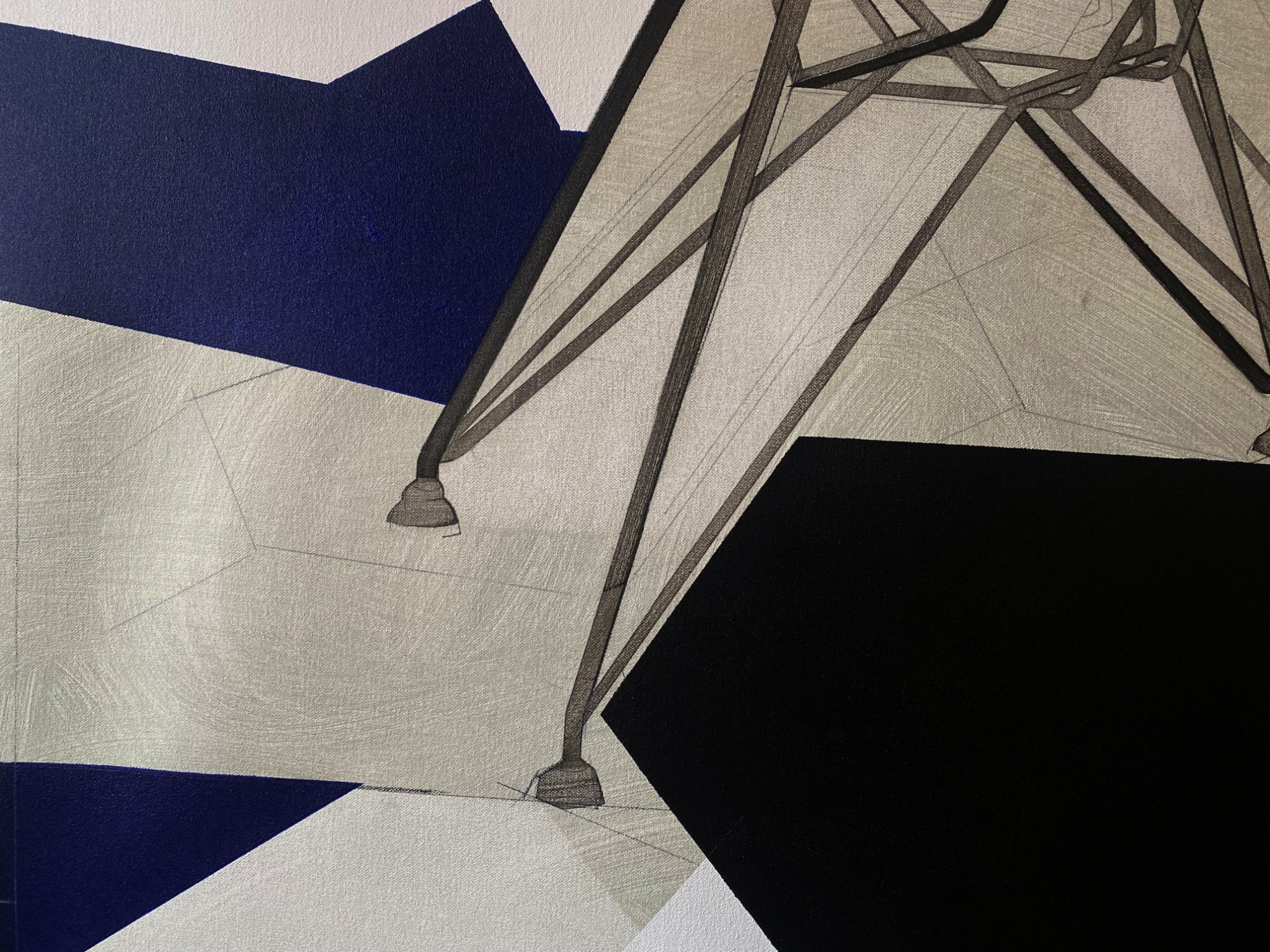
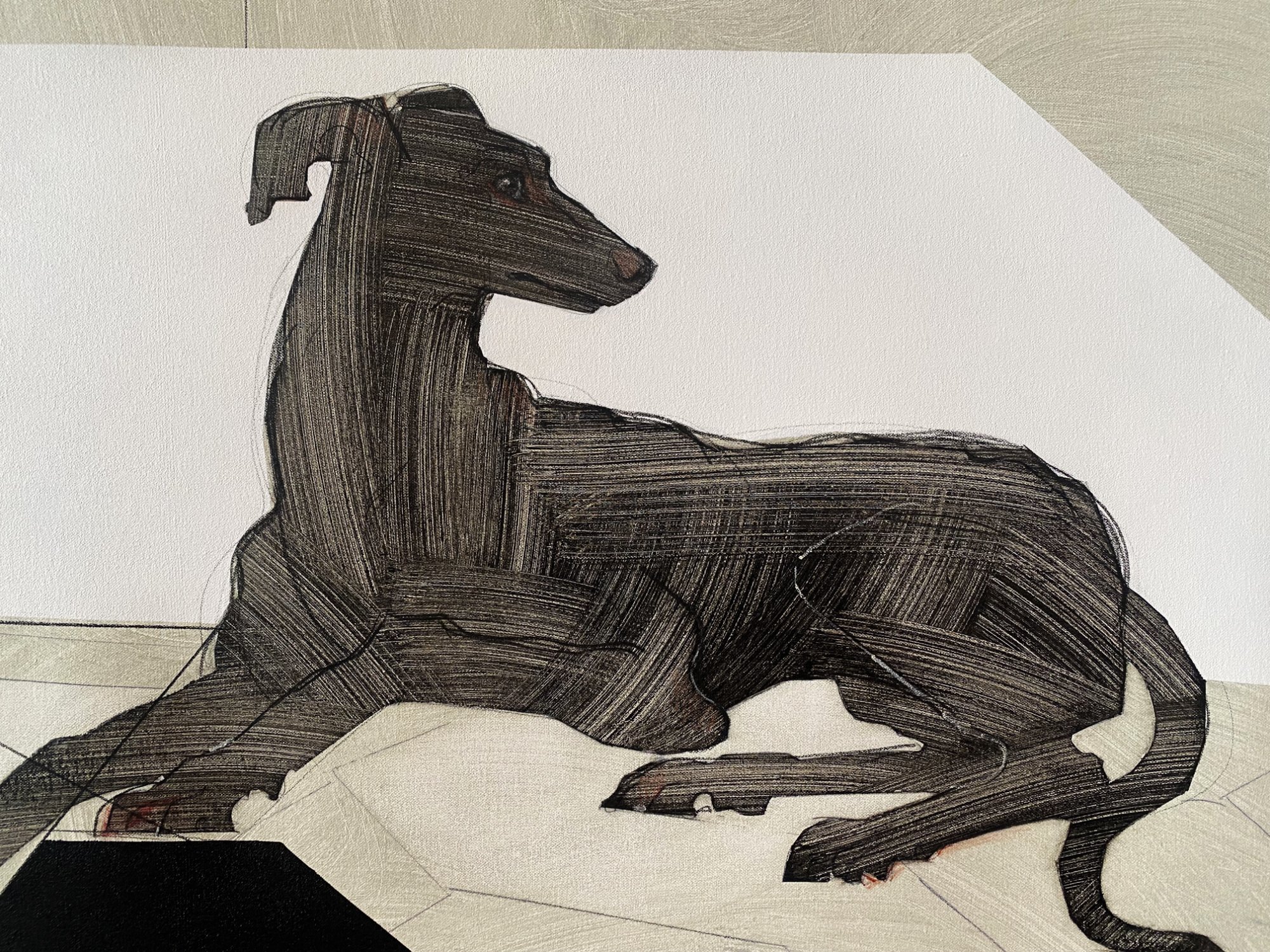



“Things in themselves are only events that for a while are monotonous.
But only before returning to dust. Because sooner or later, obviously, everything returns to dust.
The absence of time does not mean, therefore, that everything is frozen and unmoving. It means that the incessant happenings that wearies the world is not ordered along a timeline, is not measured by a gigantic tick- tocking. It does not even form a four dimensional geometry. It is a boundless and disorderly network of quantum events. The world is more like Naples than Singapore.
If by ‘time’ we mean nothing more than happening, then everything is time. There is only that which exists in time.”
HELIOSPHERE - 100 x 155 cm
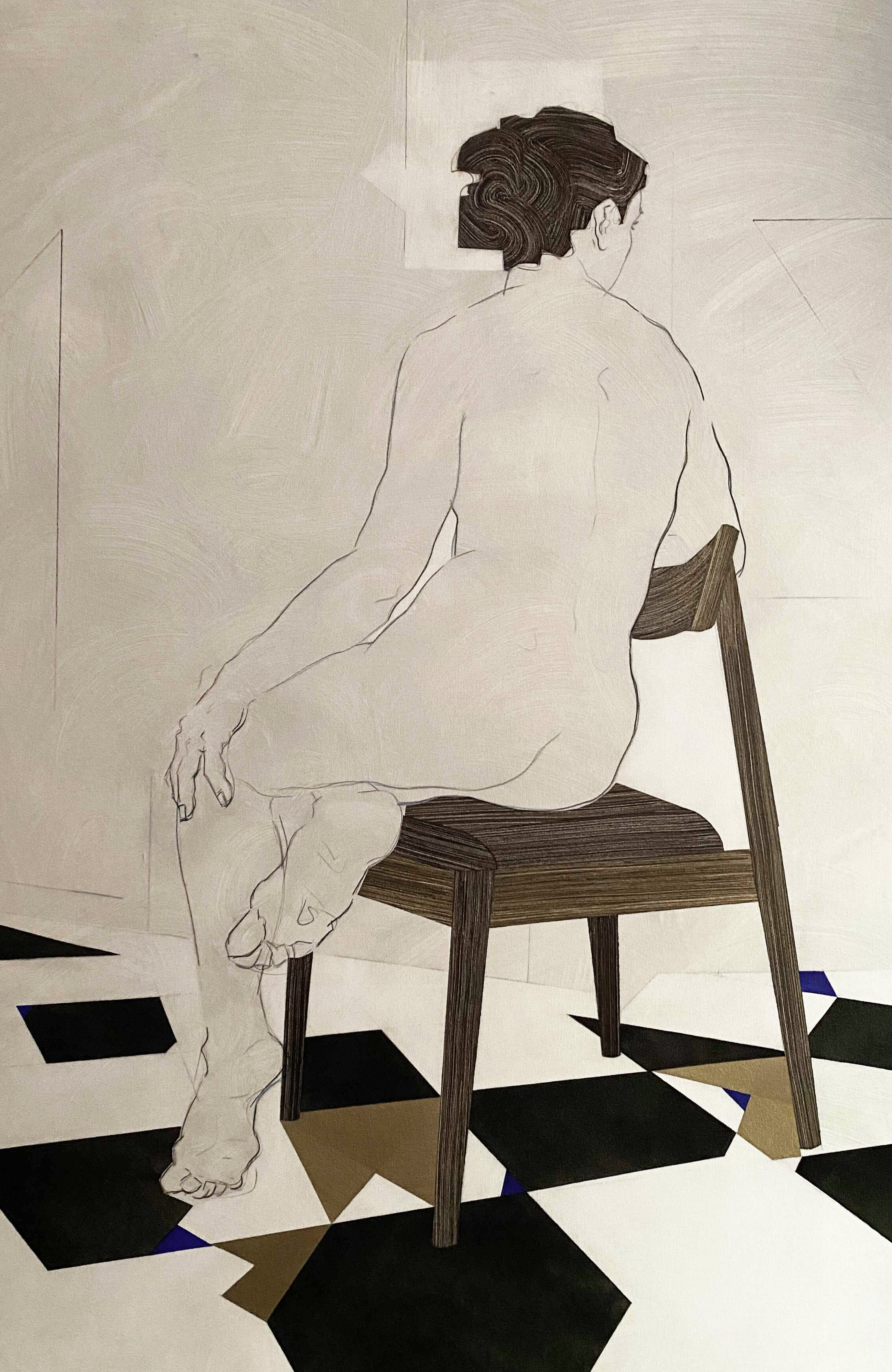

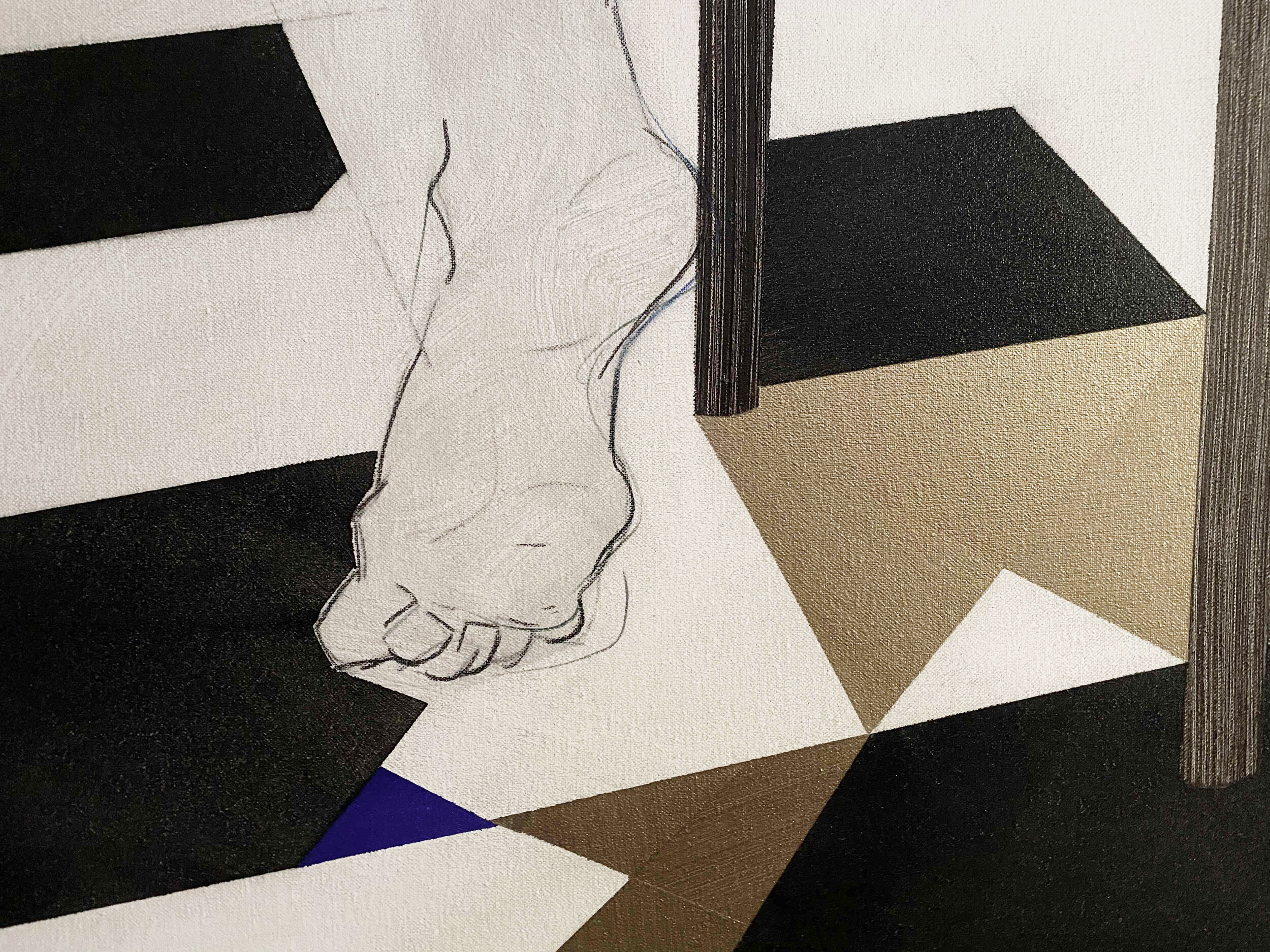
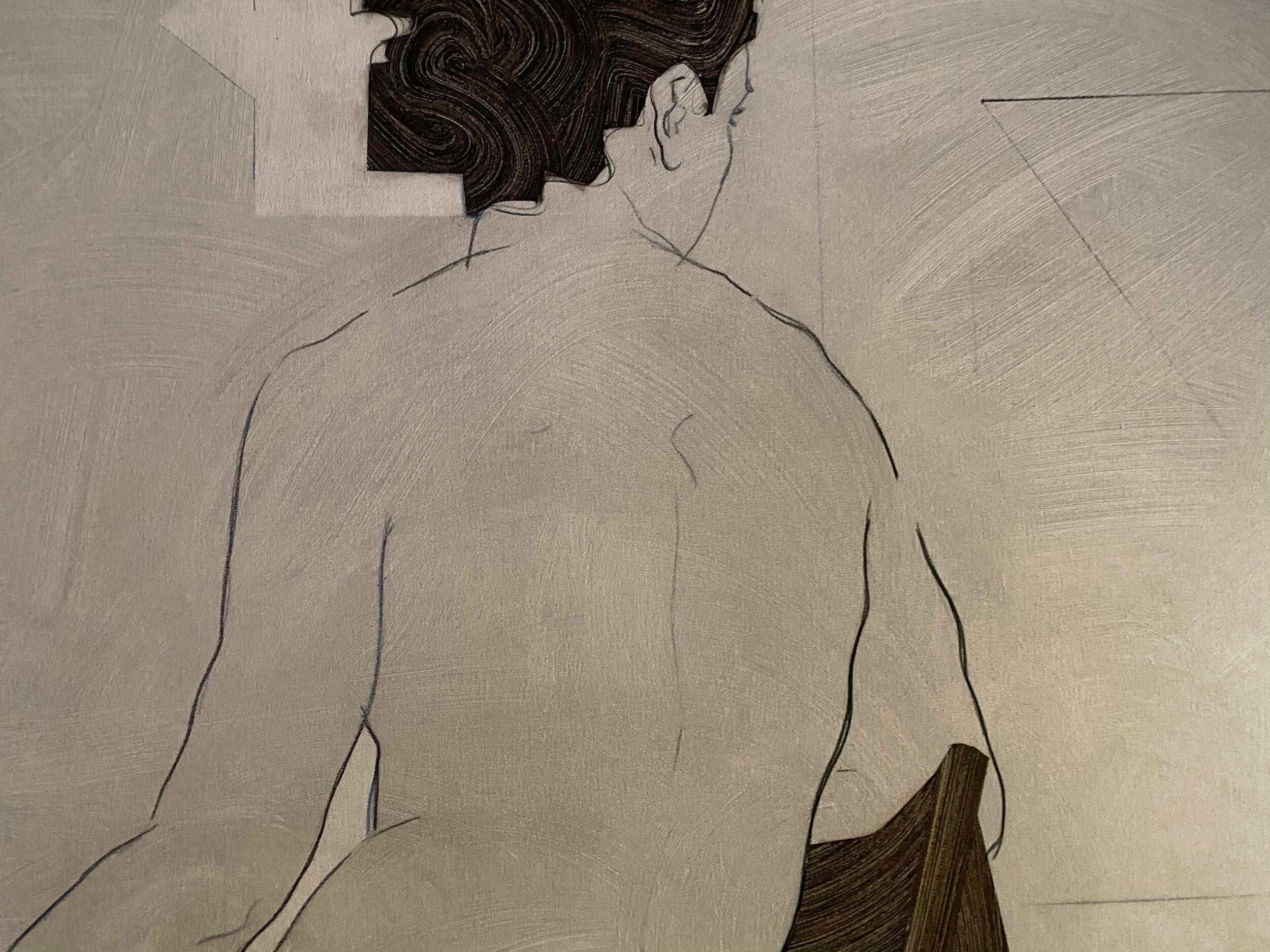
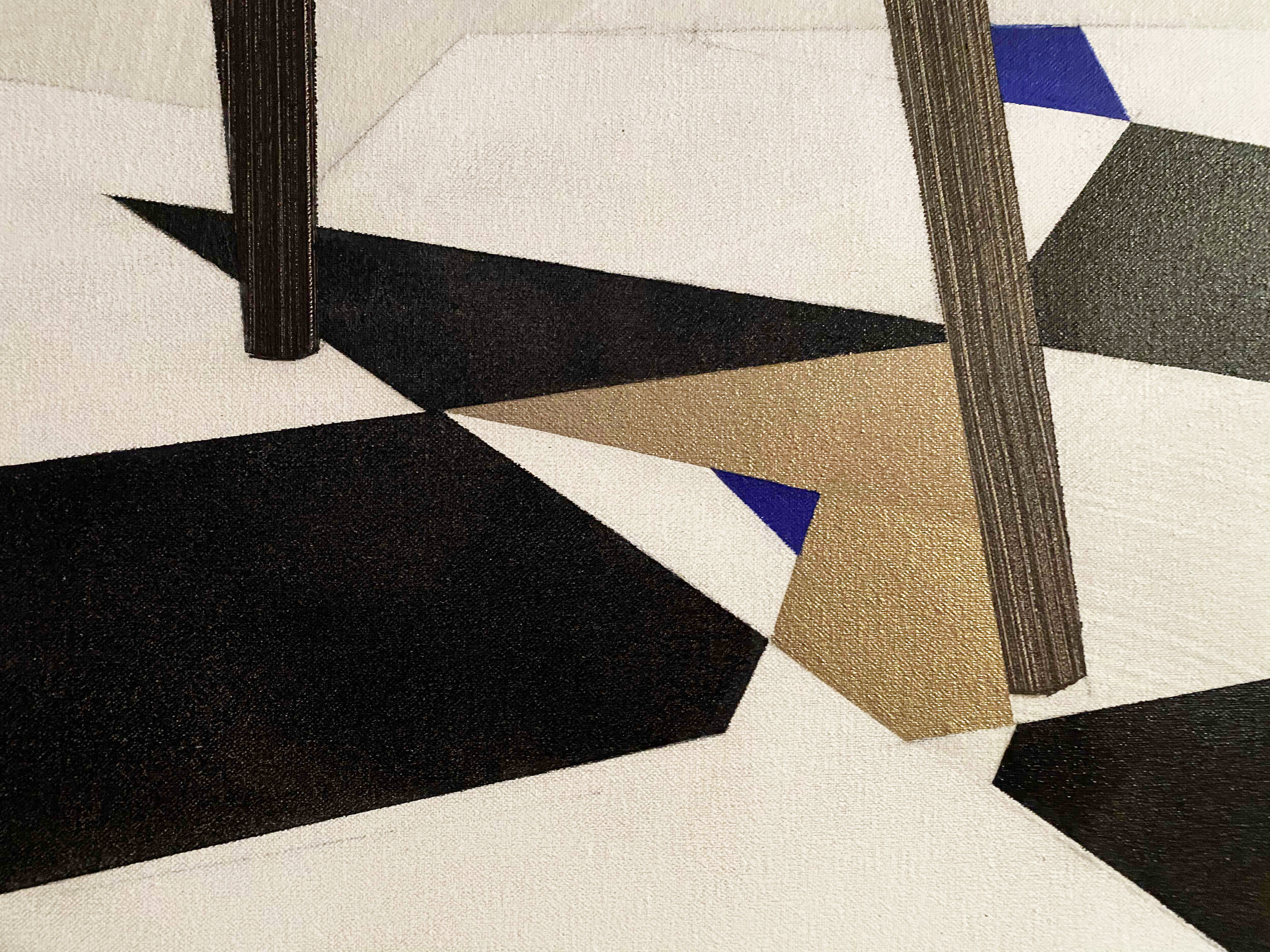
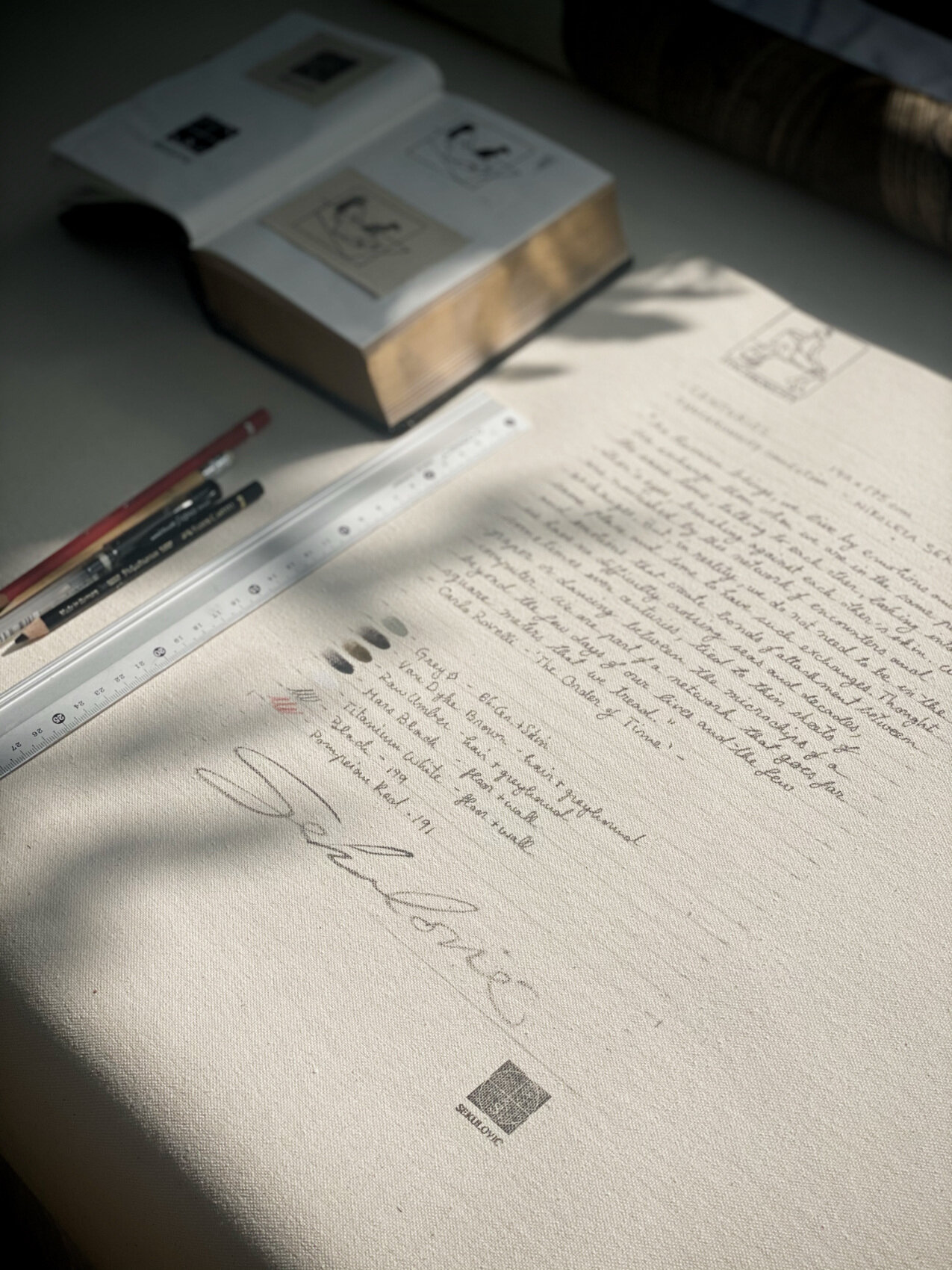
“Change is ubiquitous. Only: elementary processes cannot be ordered along a common succession of instants. At the extremely small scale of the quanta of space, the dance of nature does not develop to the rhythm kept by the baton of a single orchestral conductor: every process dances independently with its neighbours, following its own rhythm. The passing of time is intrinsic to the world, it is born of the world itself, out of the relations between quantum events which are the world and which themselves generate their own time.”
UBIQUITOUS - 110 x 170 cm


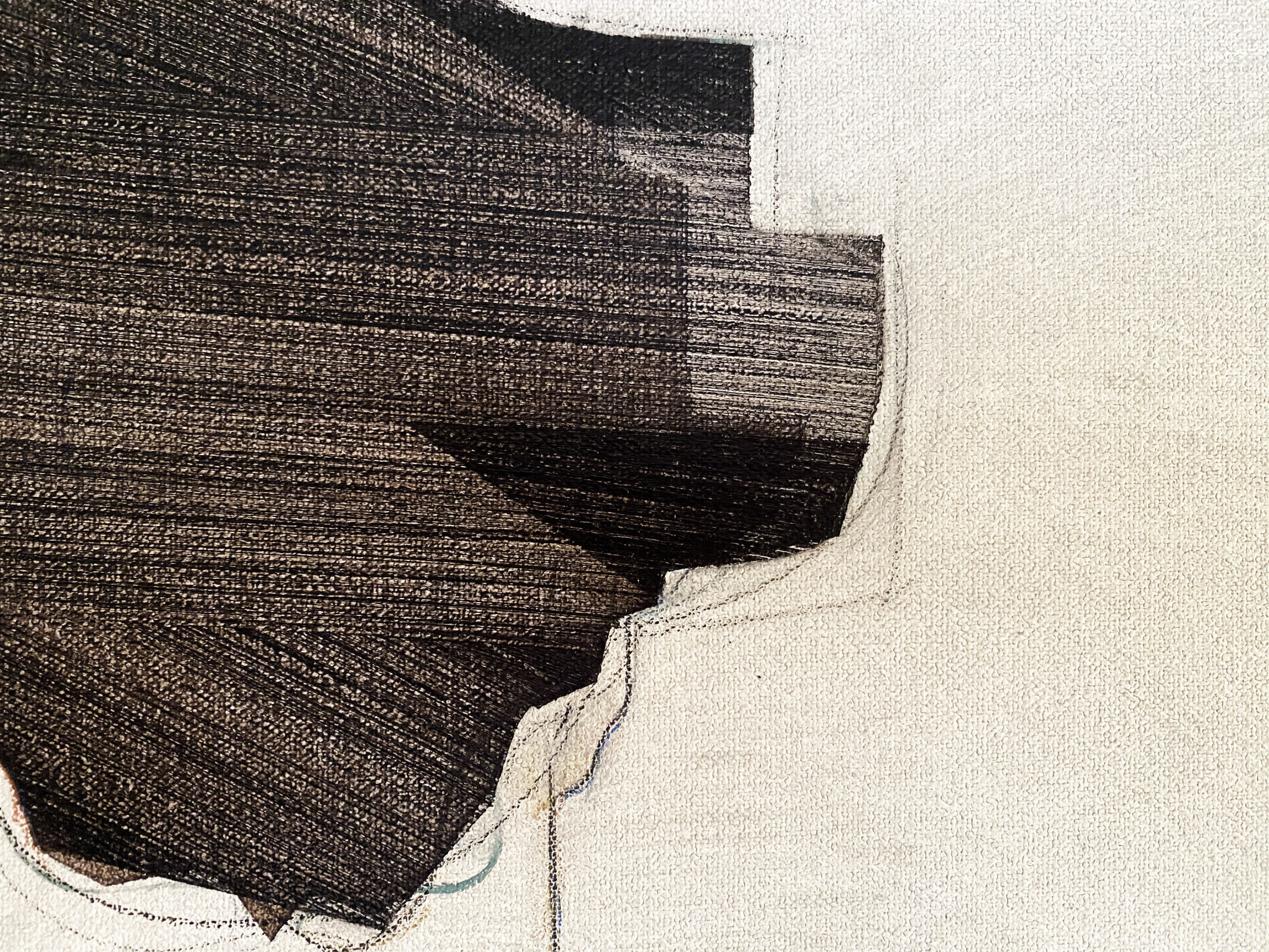
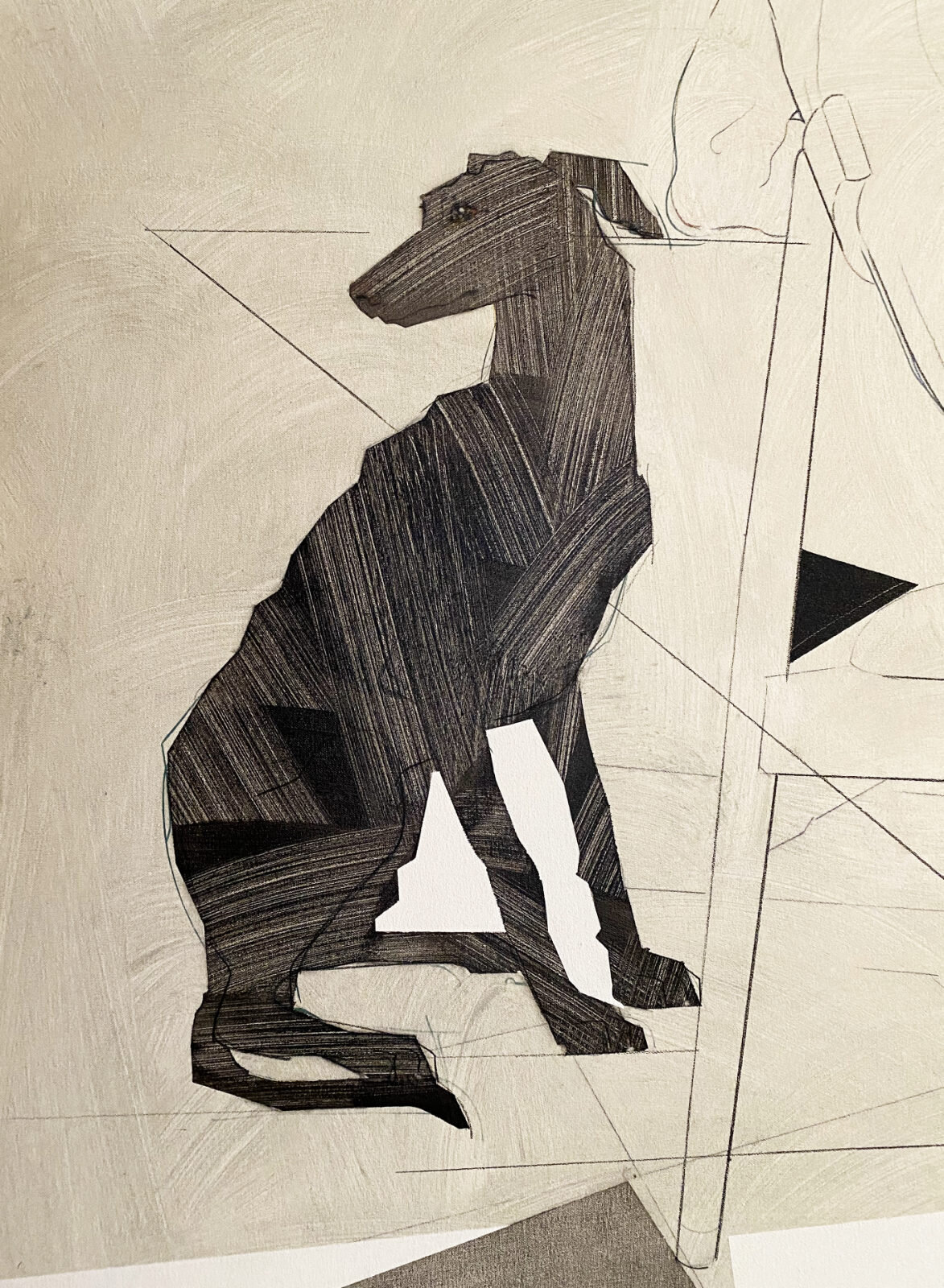
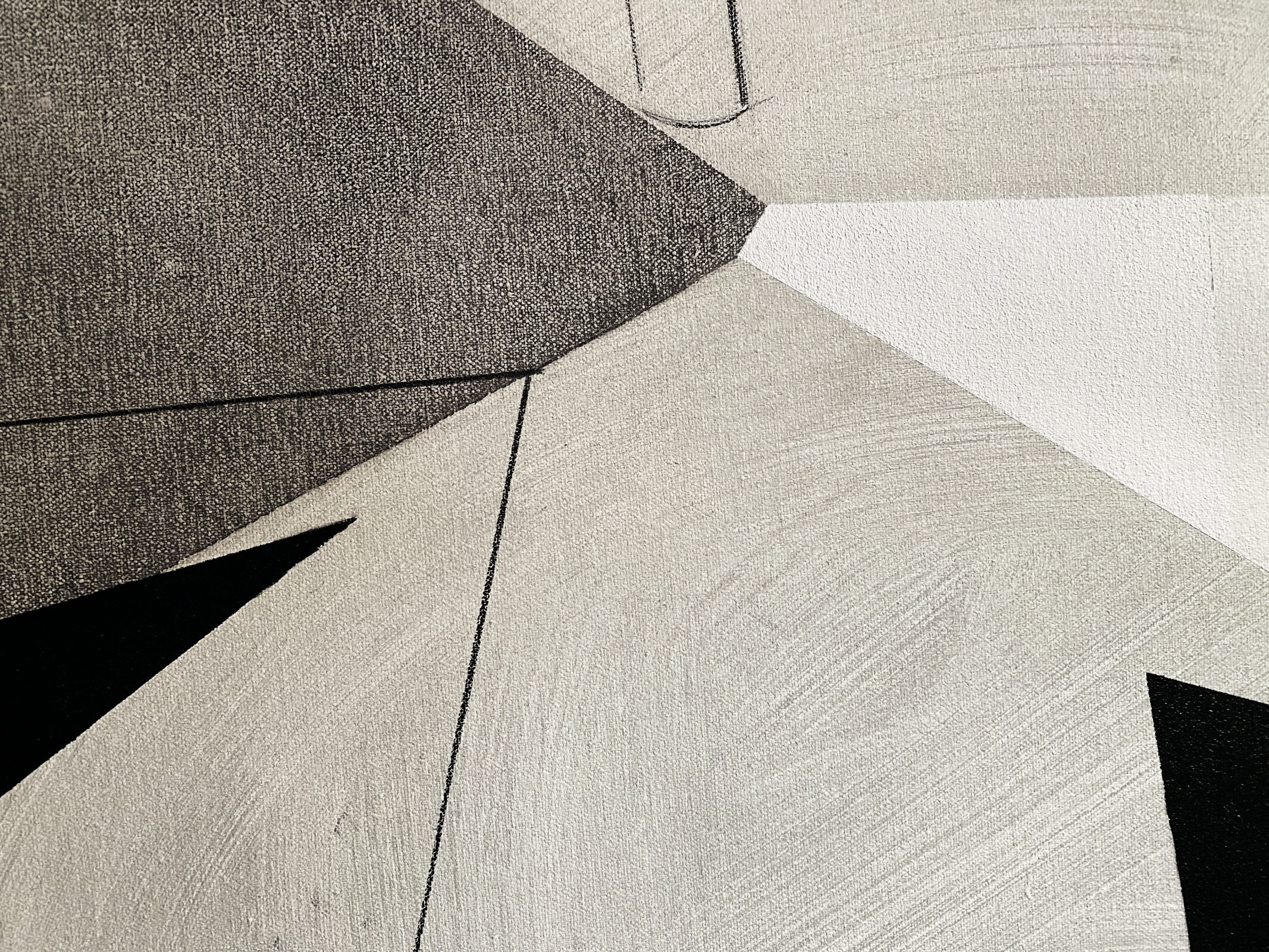
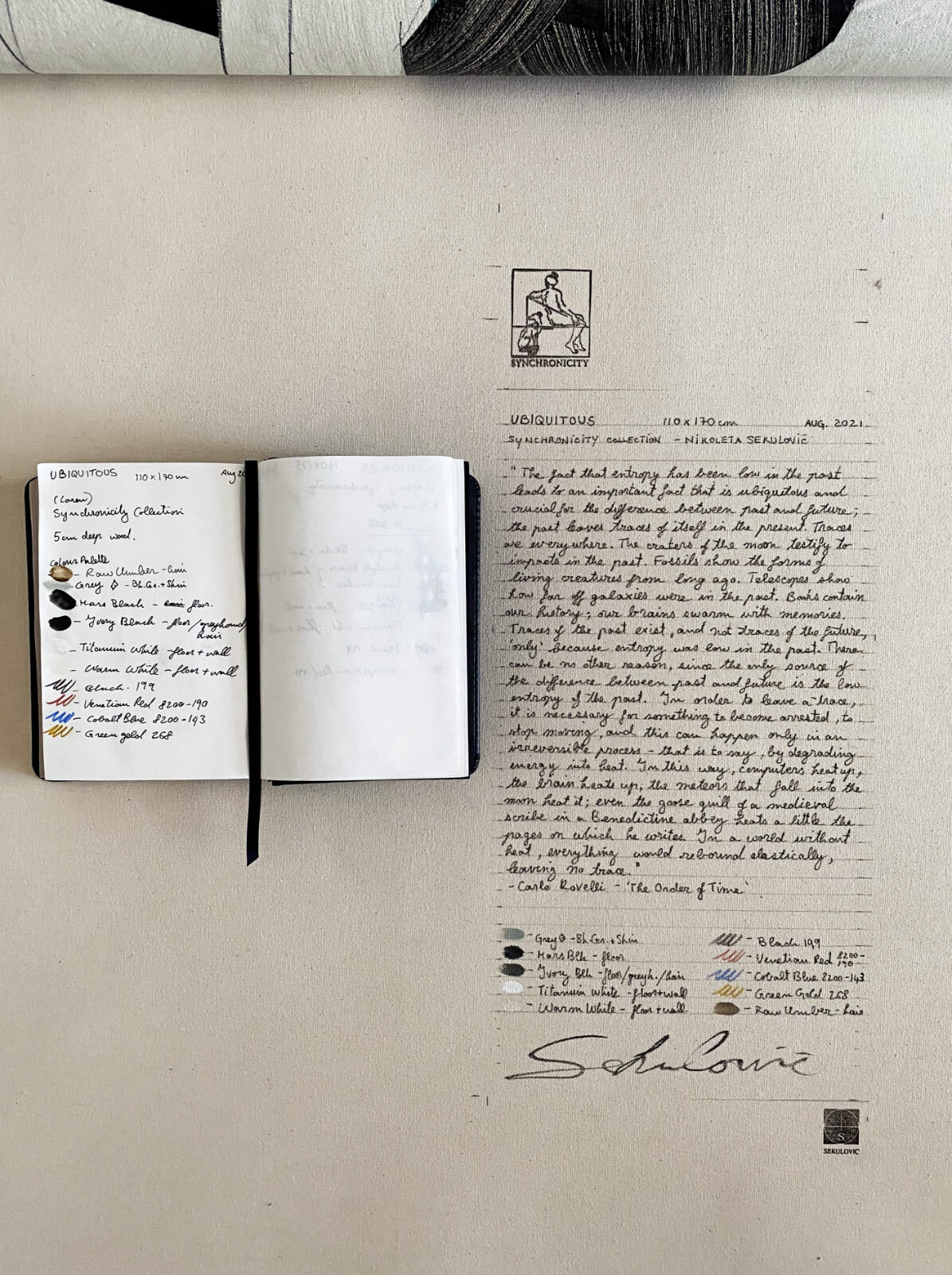
“The fact that entropy has been low in the past leads to an important fact that is ubiquitous and crucial for the difference between past and future; the past leaves traces of itself in the present. Traces are everywhere. The craters of the moon testify to impacts in the past.Fossils show the forms of living creatures from long ago. Telescopes show how far off galaxies were in the past. Books contain our history; our brains swarm with memories. Traces of the past exist, and not traces of the future, only because entropy was low in the past. There can be no other reason, since the only source of the difference between past and future is the low entropy of the past. In order to leave a trace, it is necessary for something to become arrested, to stop moving , and this can happen only in an irreversible process - that is to say, by degrading energy into heat. In this way, computers heat up, the brain heats up, the meteors that fall into the moon heat it; even the goose quill of a medieval scribe in a Benedictine abbey heats a little the pages on which he writes. In a world without heat, everything would rebound elastically, leaving no trace.”
RELATIVITY - 142 x 160 cm
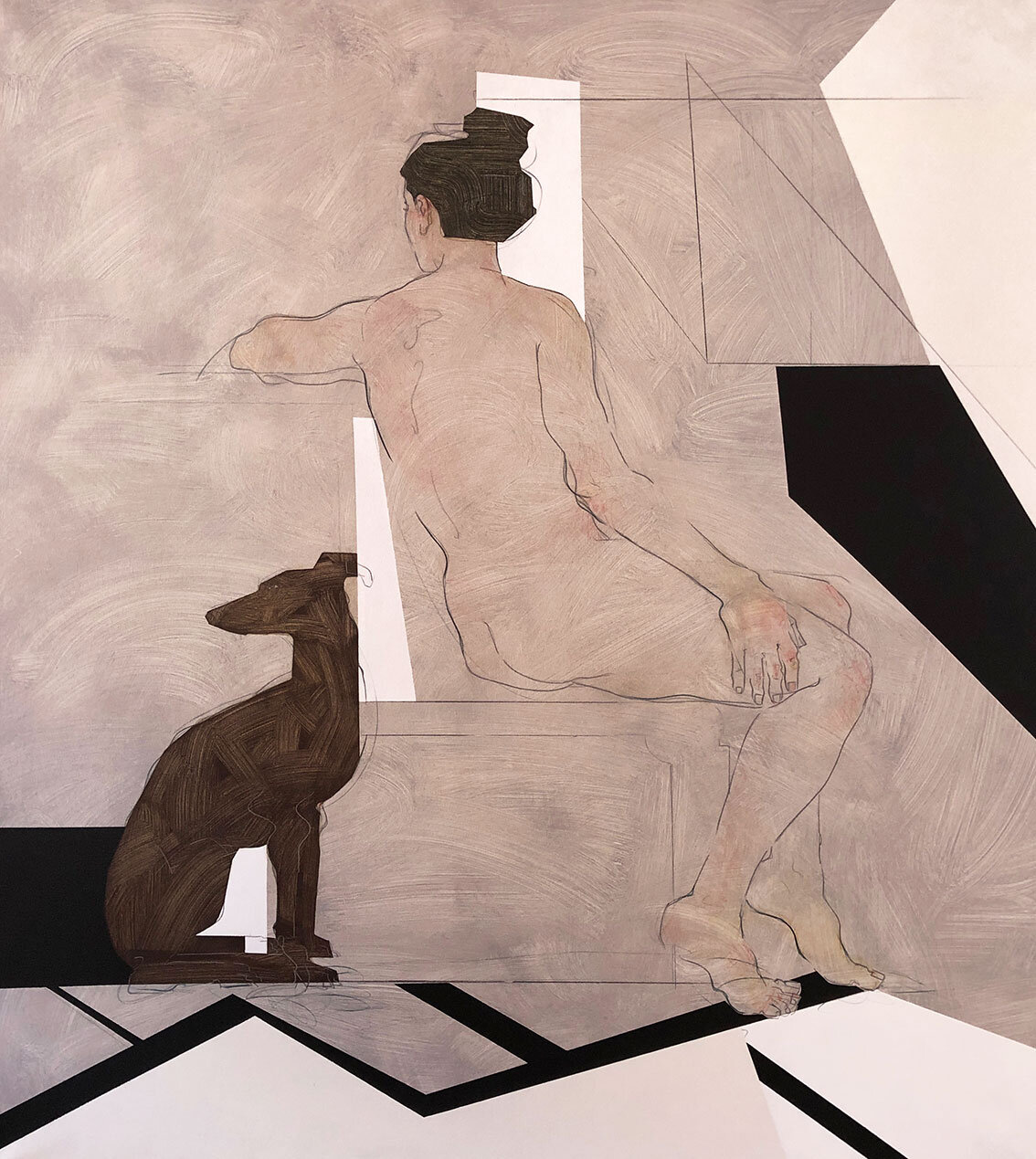
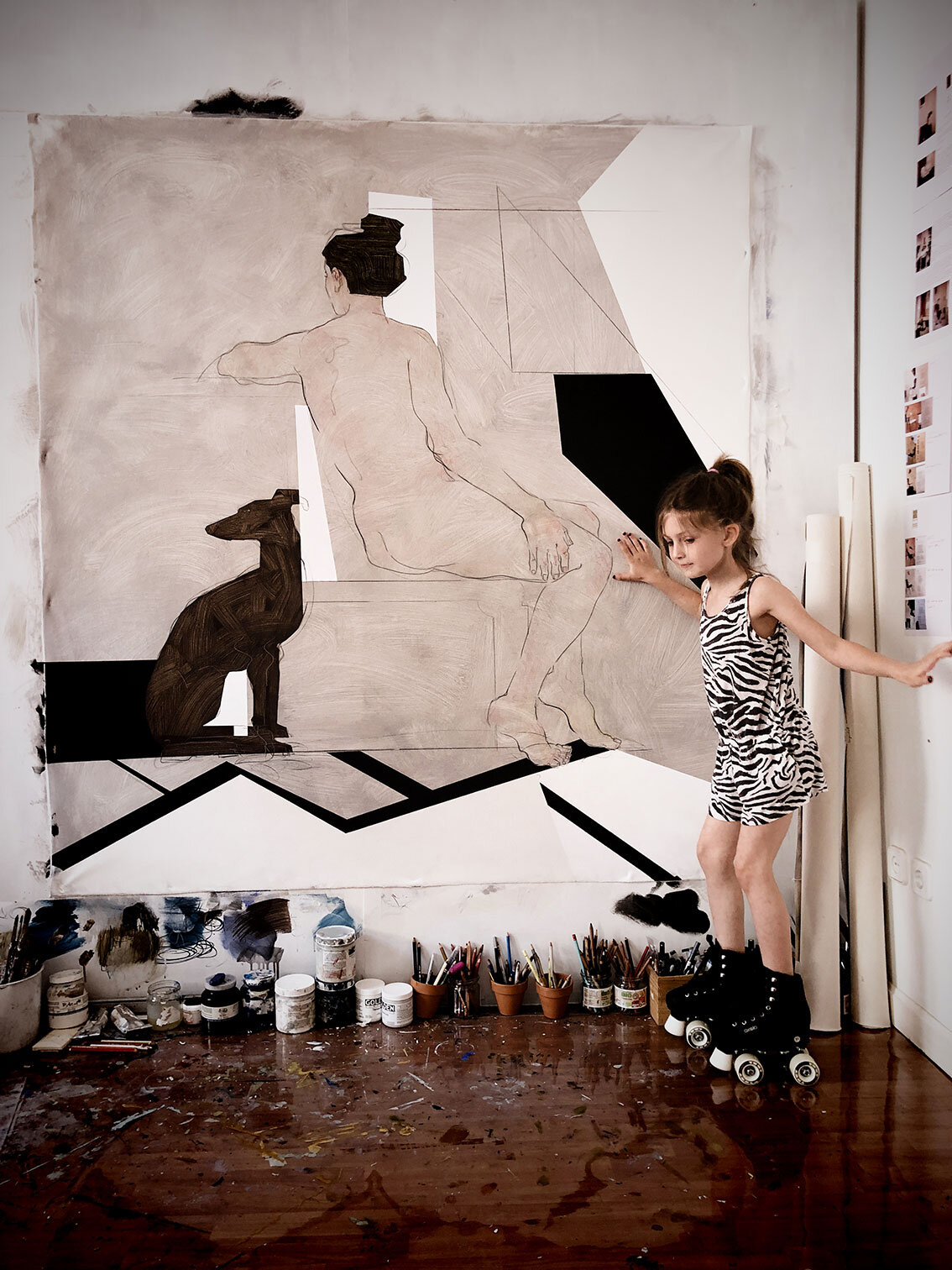
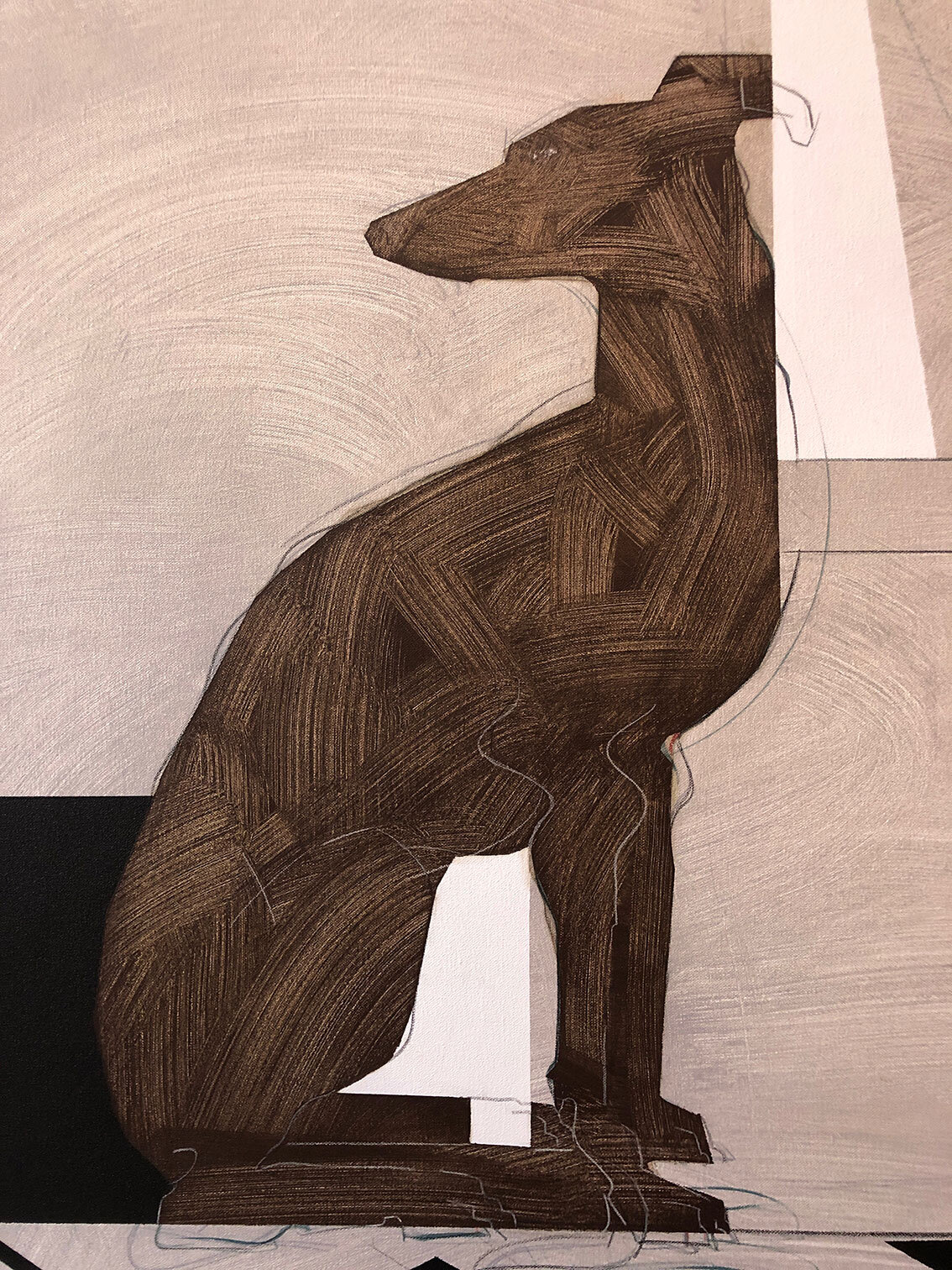

“Thinking of the world as a collection of events, of processes, is the way that allows us to better grasp, comprehend and describe it. It is the only way that is compatible with relativity. The world is not a collection of things, it is a collection of events. The difference between things and events is that things persist in time; events have a limited duration. A stone is a prototypical ‘thing’: we can ask ourselves where it will be tomorrow. Conversely, a kiss is an ‘event’. It makes no sense to ask where the kiss will be tomorrow. The world is made up of networks of kisses, not of stones. The basic units in terms of which we comprehend the world are not located in some specific point in space. They are - if they are at all- in a where but also in a when. They are spatially but also temporarily delimited: they are events.”
MEMORY - 123 x 175 cm
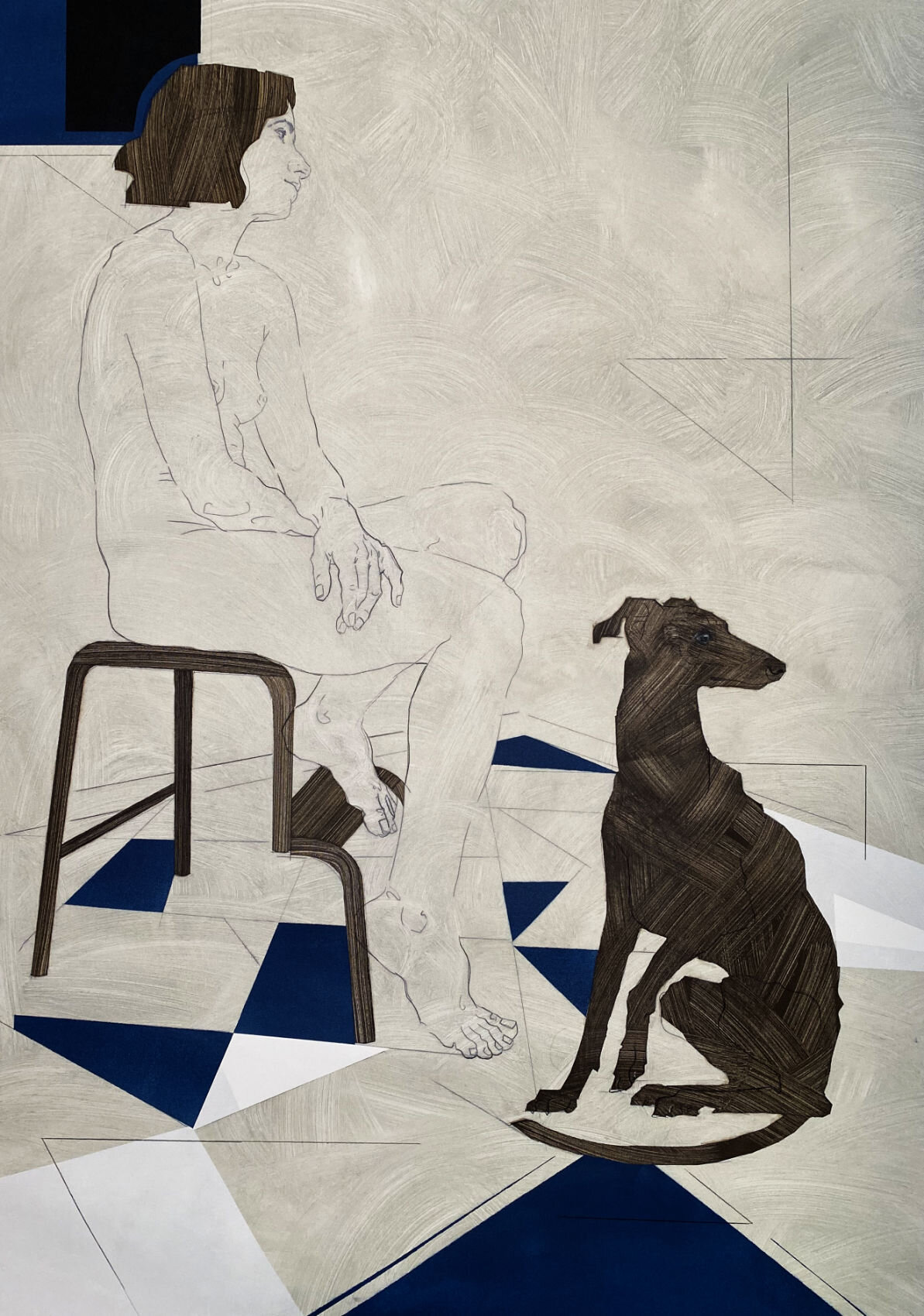
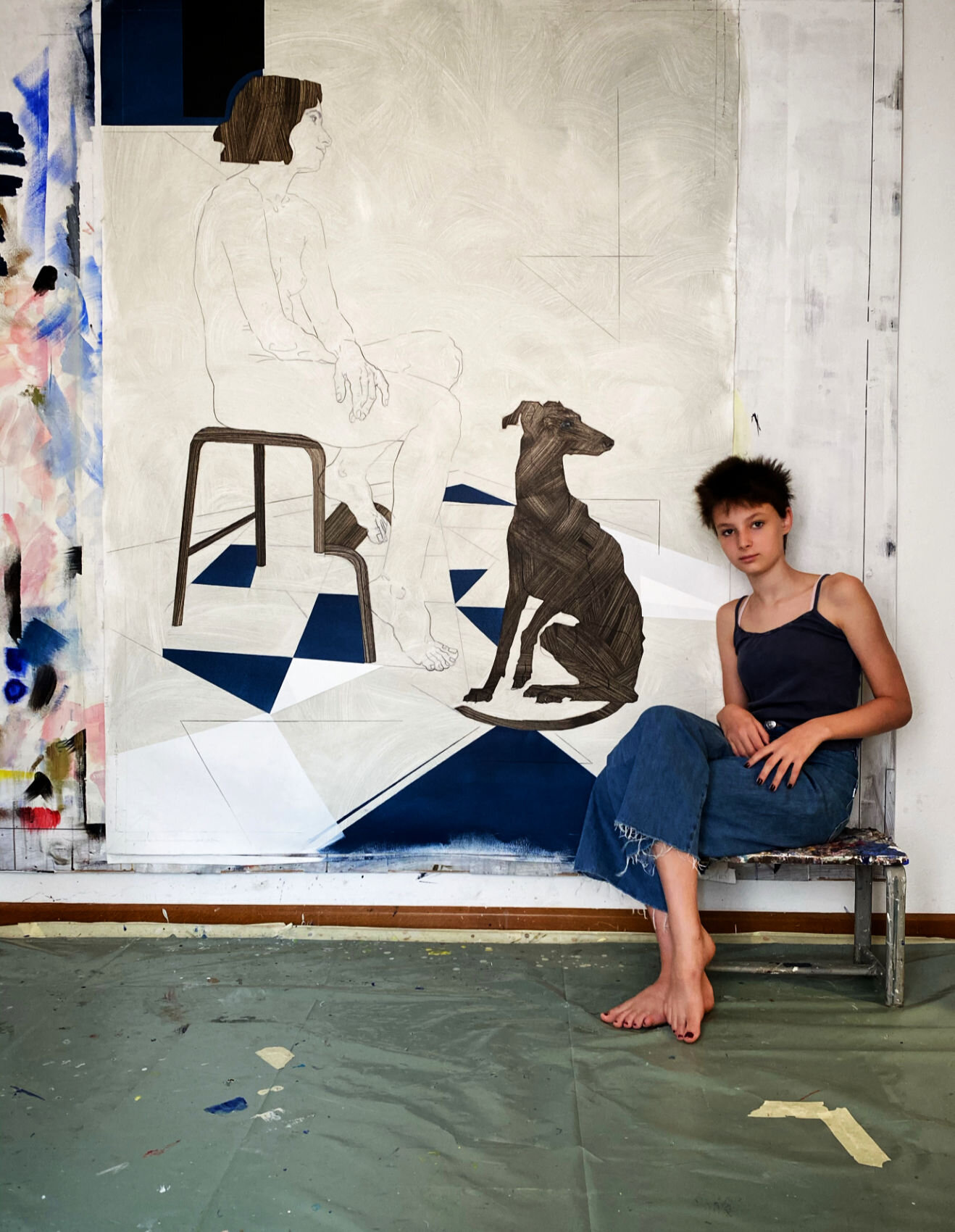
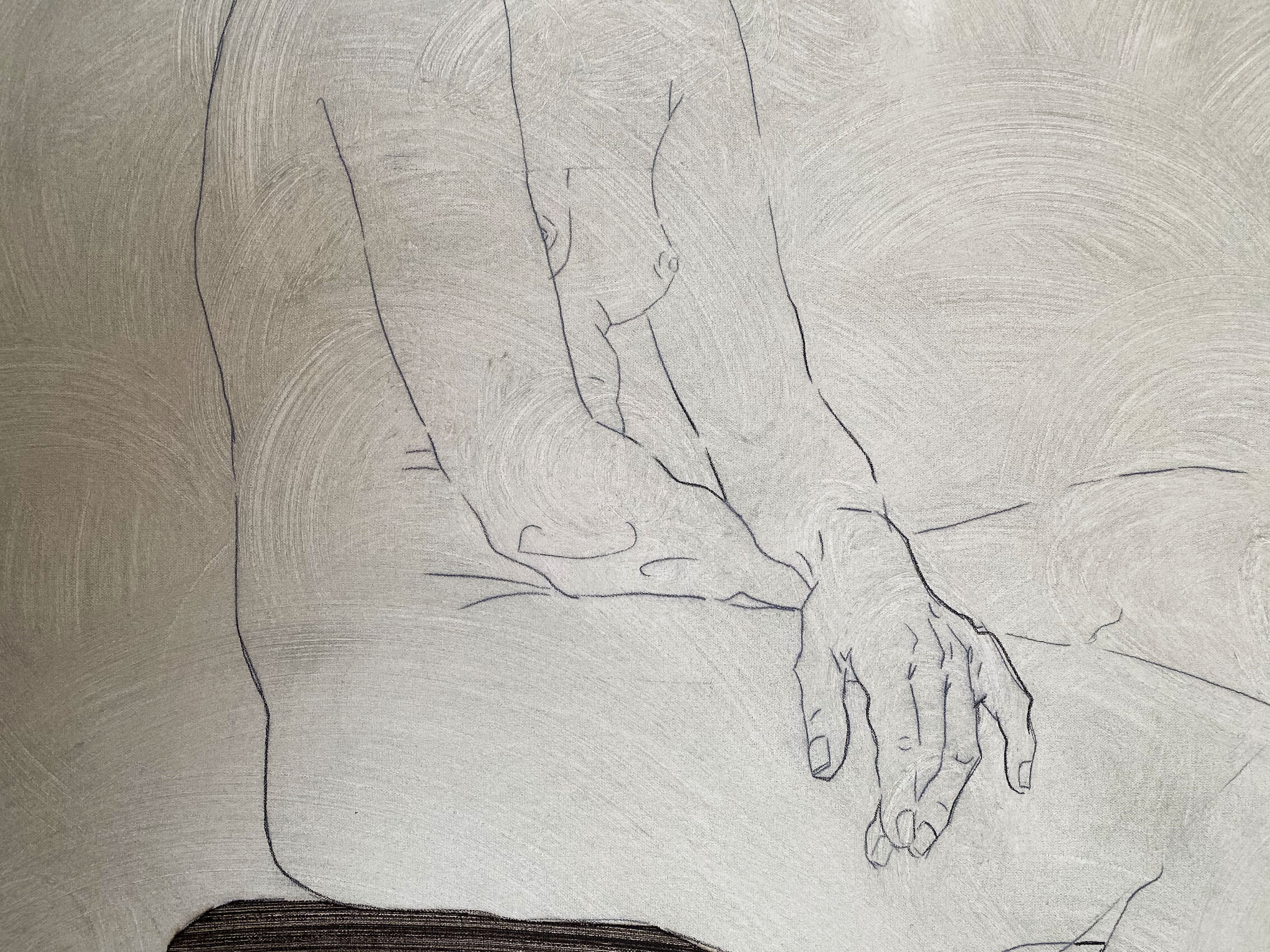
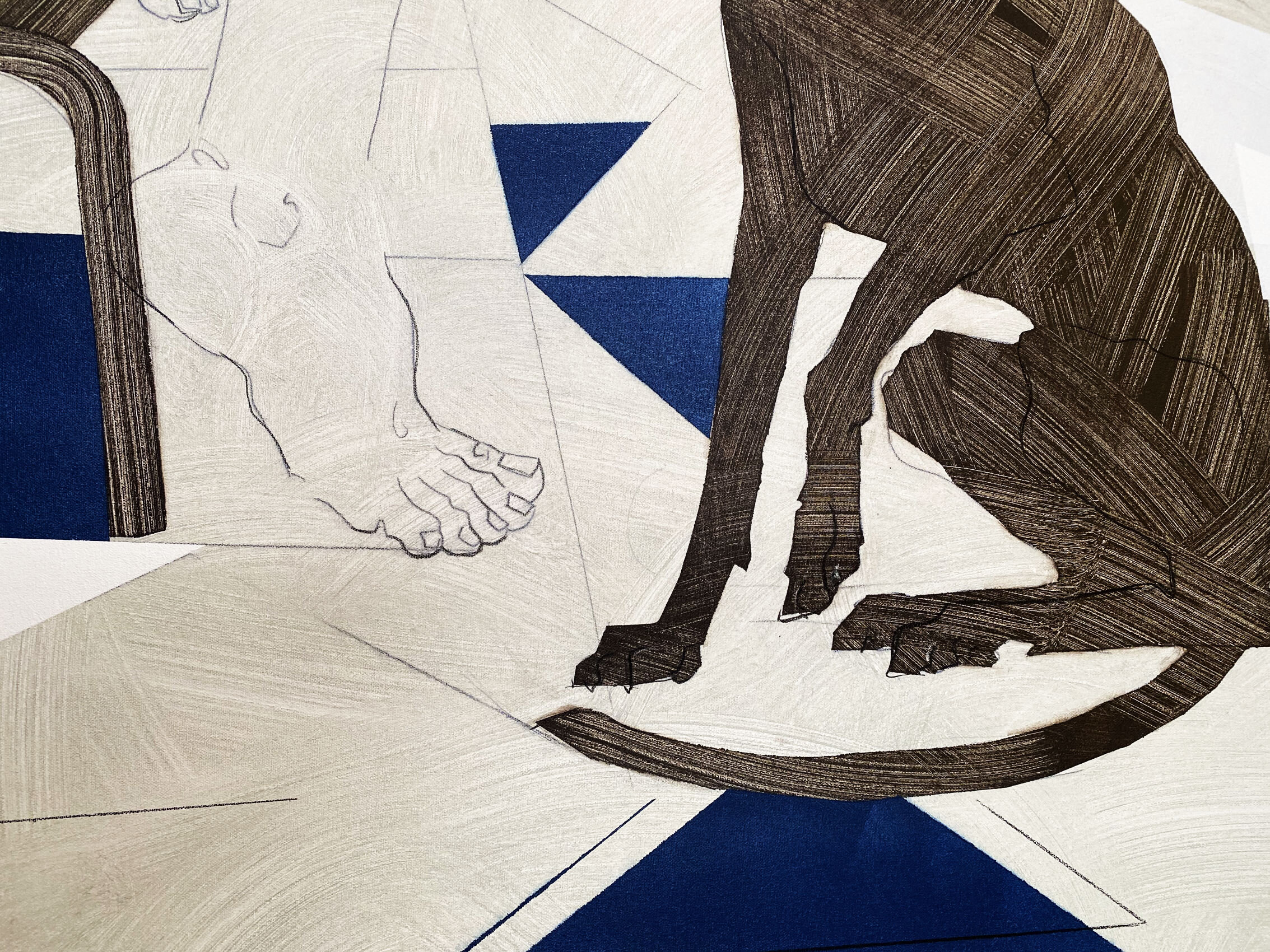
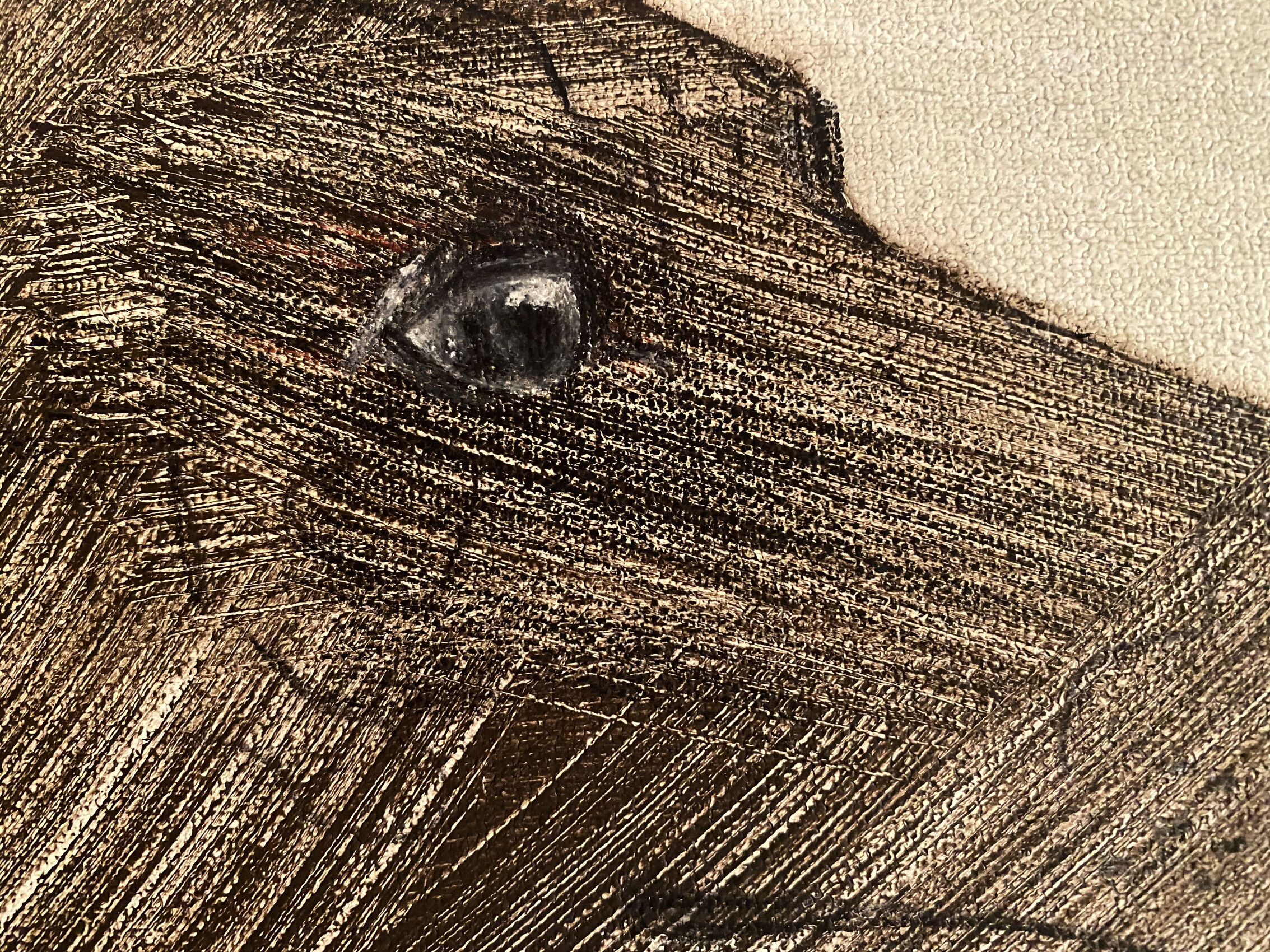
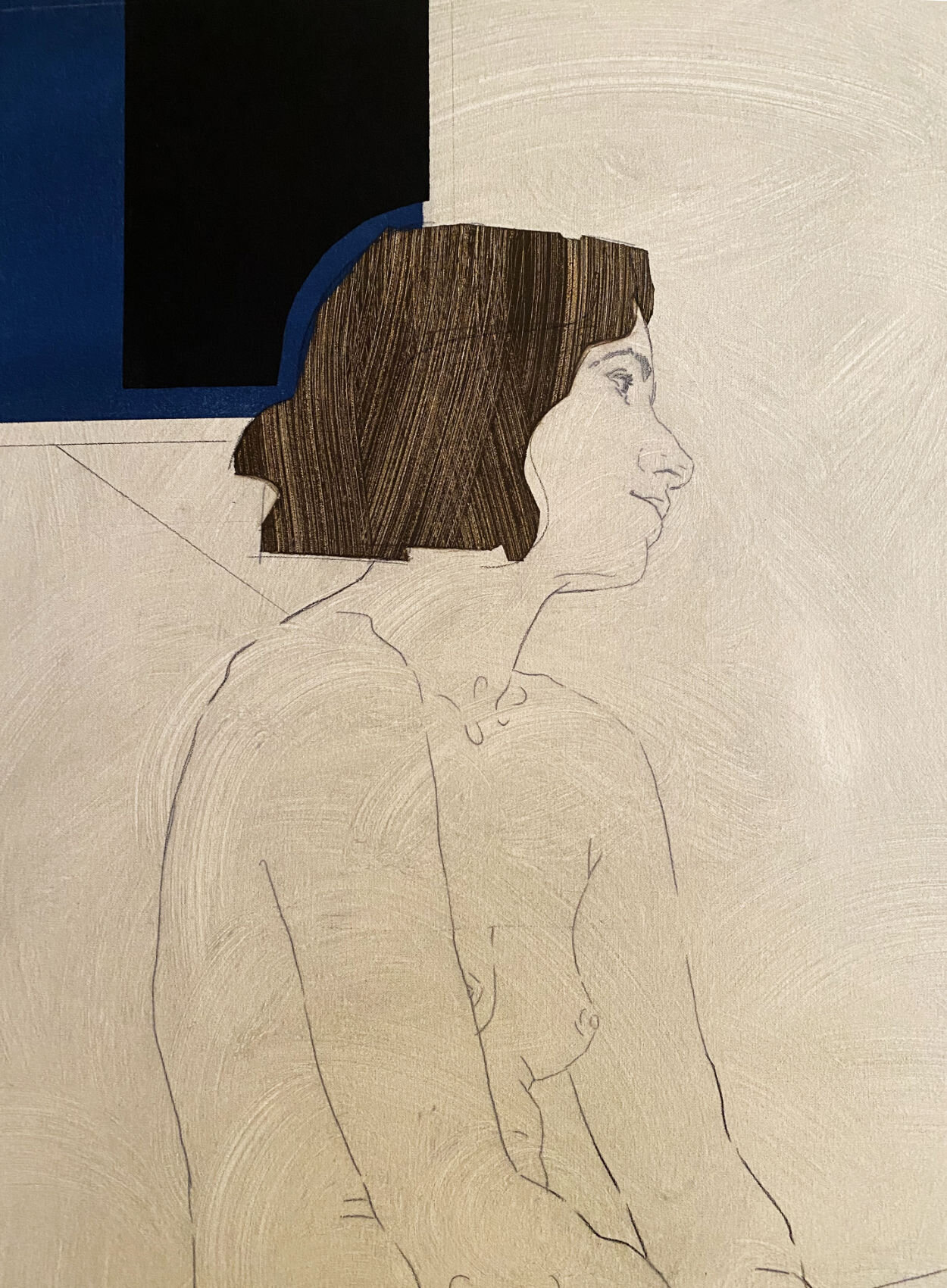
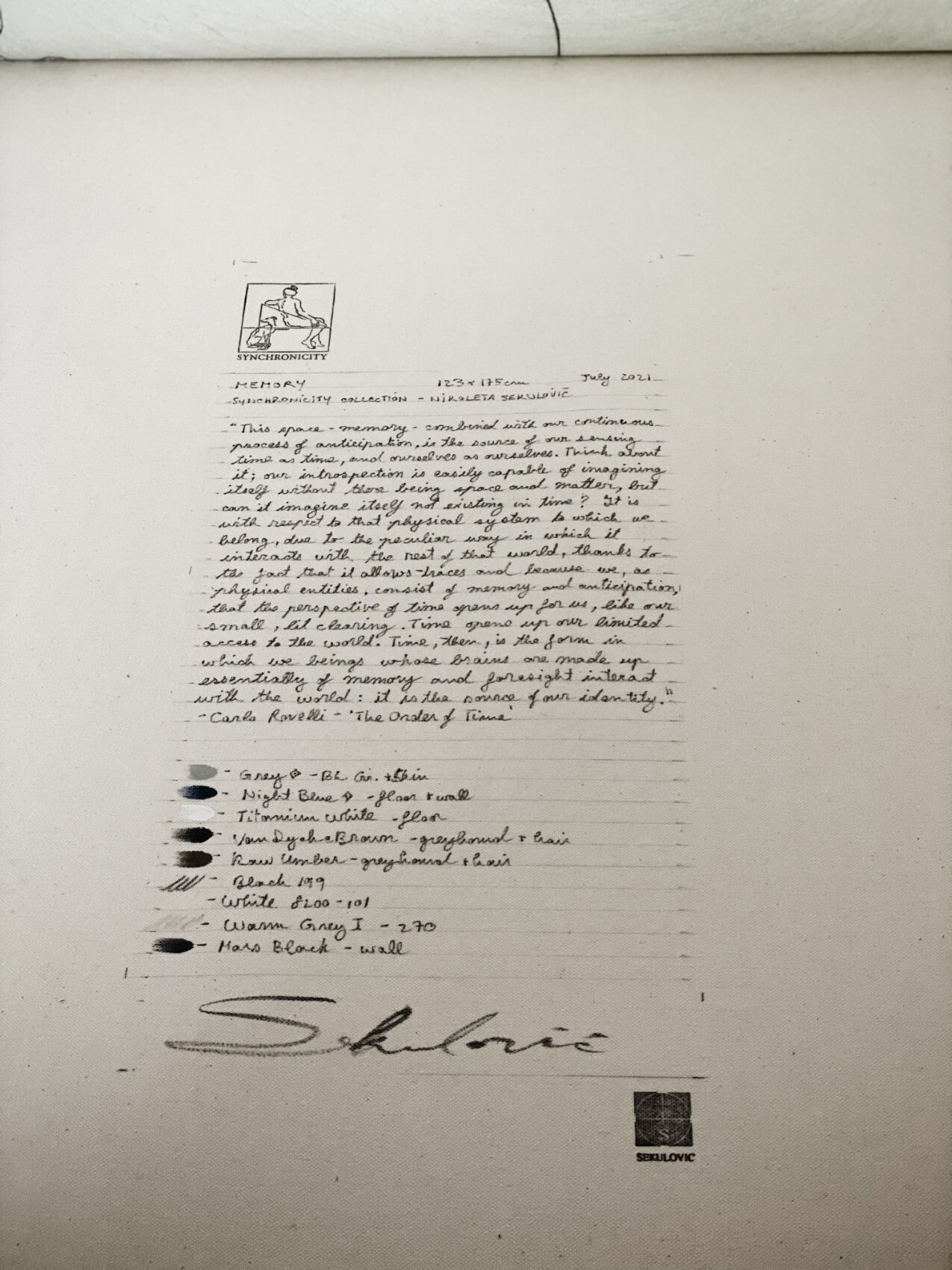
“This space - memory - combined with our continuous process of anticipation, is the source of our sensing time as time, and ourselves as ourselves. Think about it; our introspection is easily capable of imagining itself without there being space and matter, but can it imagine itself not existing in time? It is with respect to that physical system to which we belong, due to the peculiar way in which it interacts with the rest of that world, thanks to the fact that it allows traces and because we, as physical entities, consist of memory and anticipation, that the perspective of time opens up for us, like our small, lit clearing. Time opens up our limited access to the world. Time, then, is the form in which we beings whose brains are made up essentially of memory and foresight interact with the world: it is the source of our identity.”
REFLECTIONS - 100 x 167 cm
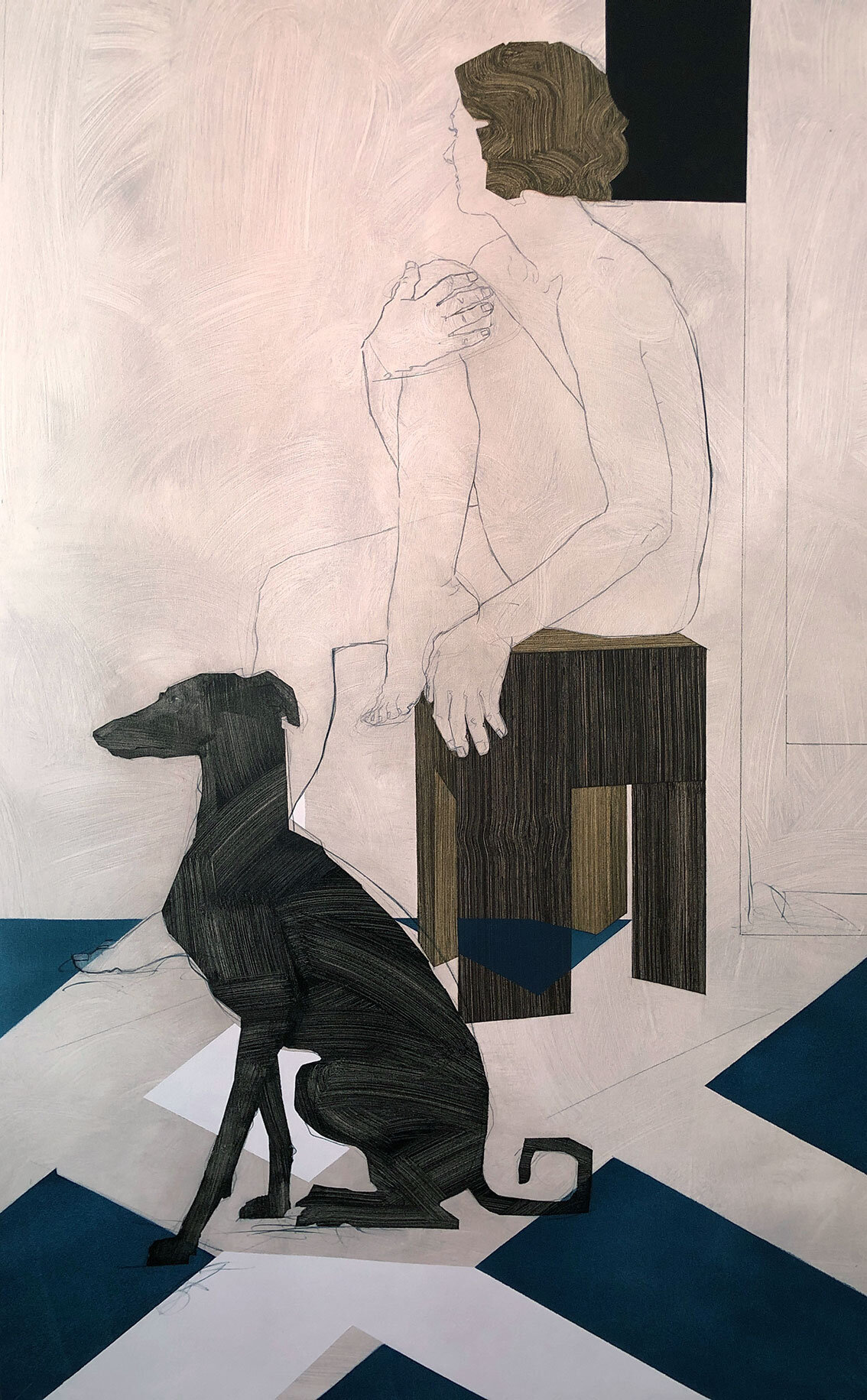
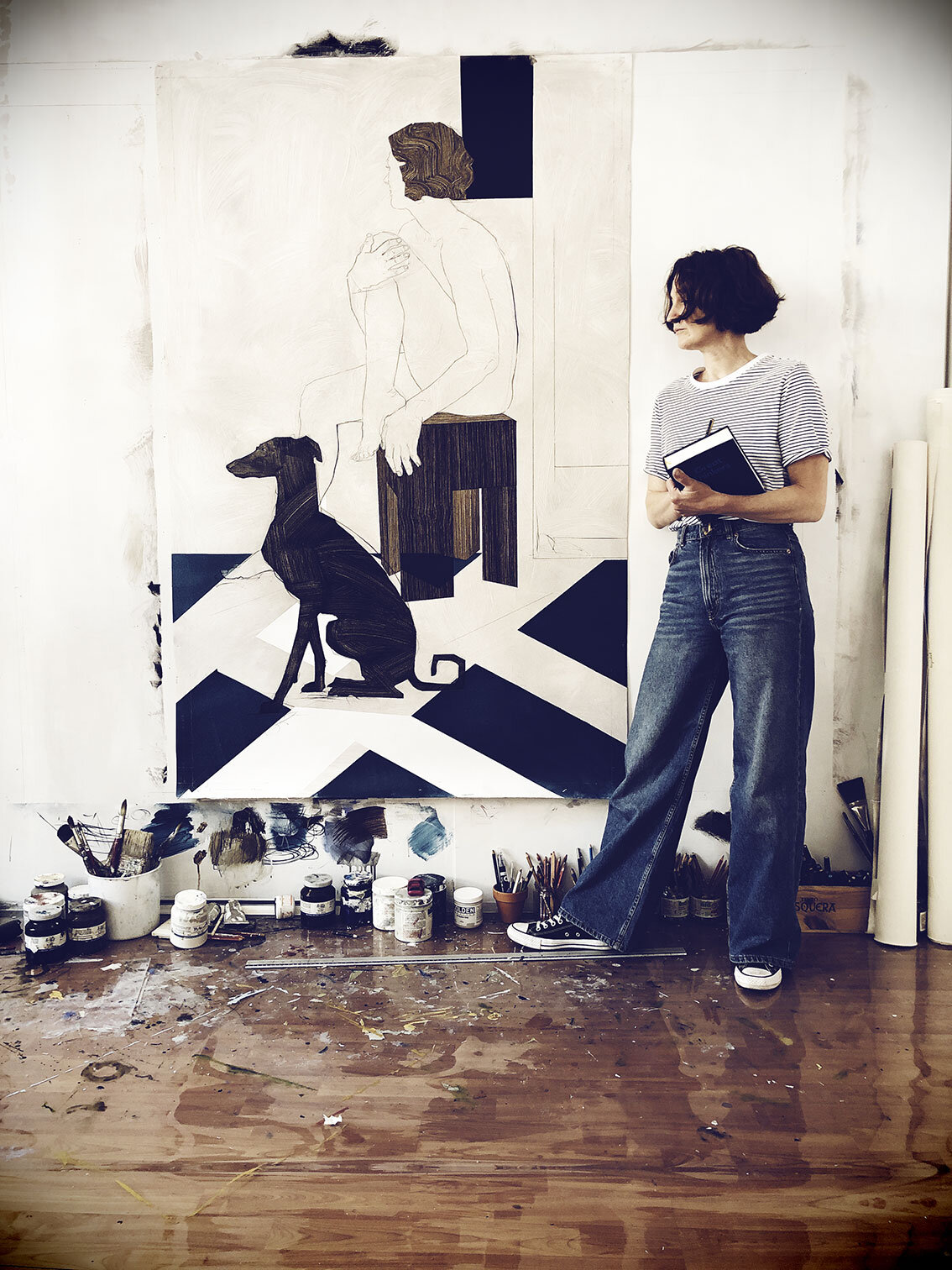
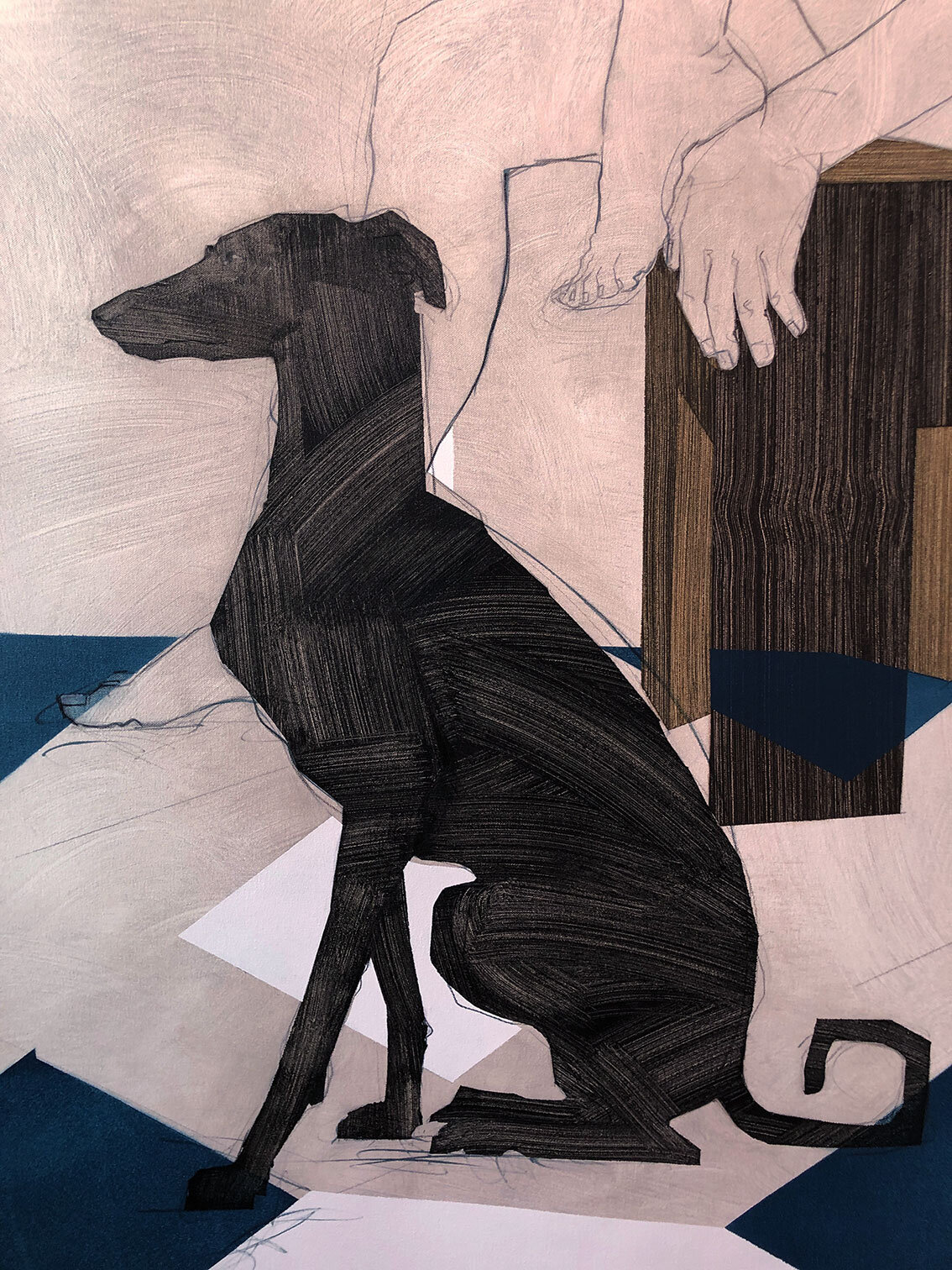
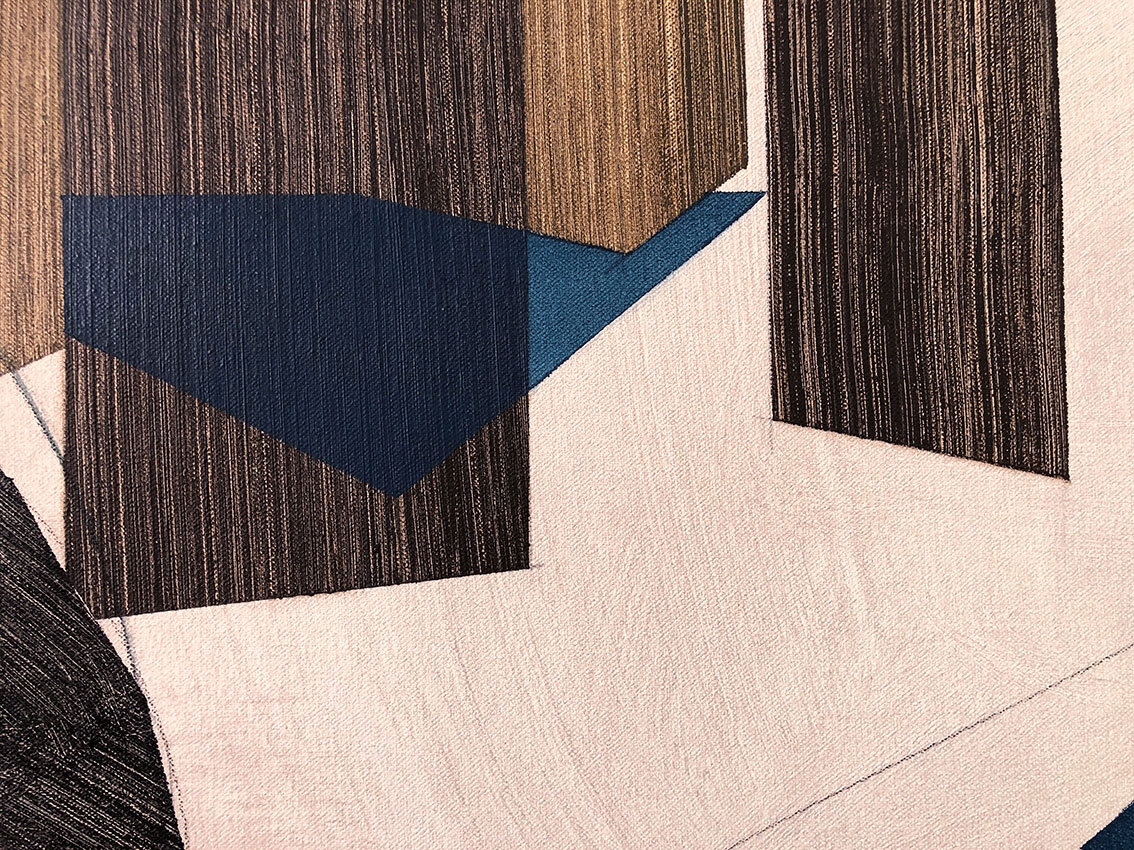
“Proust finds a limitless space and an incredible throng of details, fragrances, considerations, sensations, reflections, re-elaborations, colours, objects, names, looks, emotions... all within the folds of the brain between the ears of Marcel. This is the flow of time familiar from our experience: it is inside there that it nestles, inside of us, in the utterly crucial presence of traces of the past in our neurons. Proust could not be more explicit on this matter, writing in the first book: ‘Reality is formed only by memory’. And memory, in its turn, is a collection of traces, an indirect product of the disordering of the world, of that small equation written earlier, the one that tells us the state of the world was in a ‘particular’ configuration in the past and therefore has left (and leaves) traces. ‘Particular’, that is, perhaps only in relation to rare subsystems - ourselves included.”
SYMMETRY - 124 x 165 cm
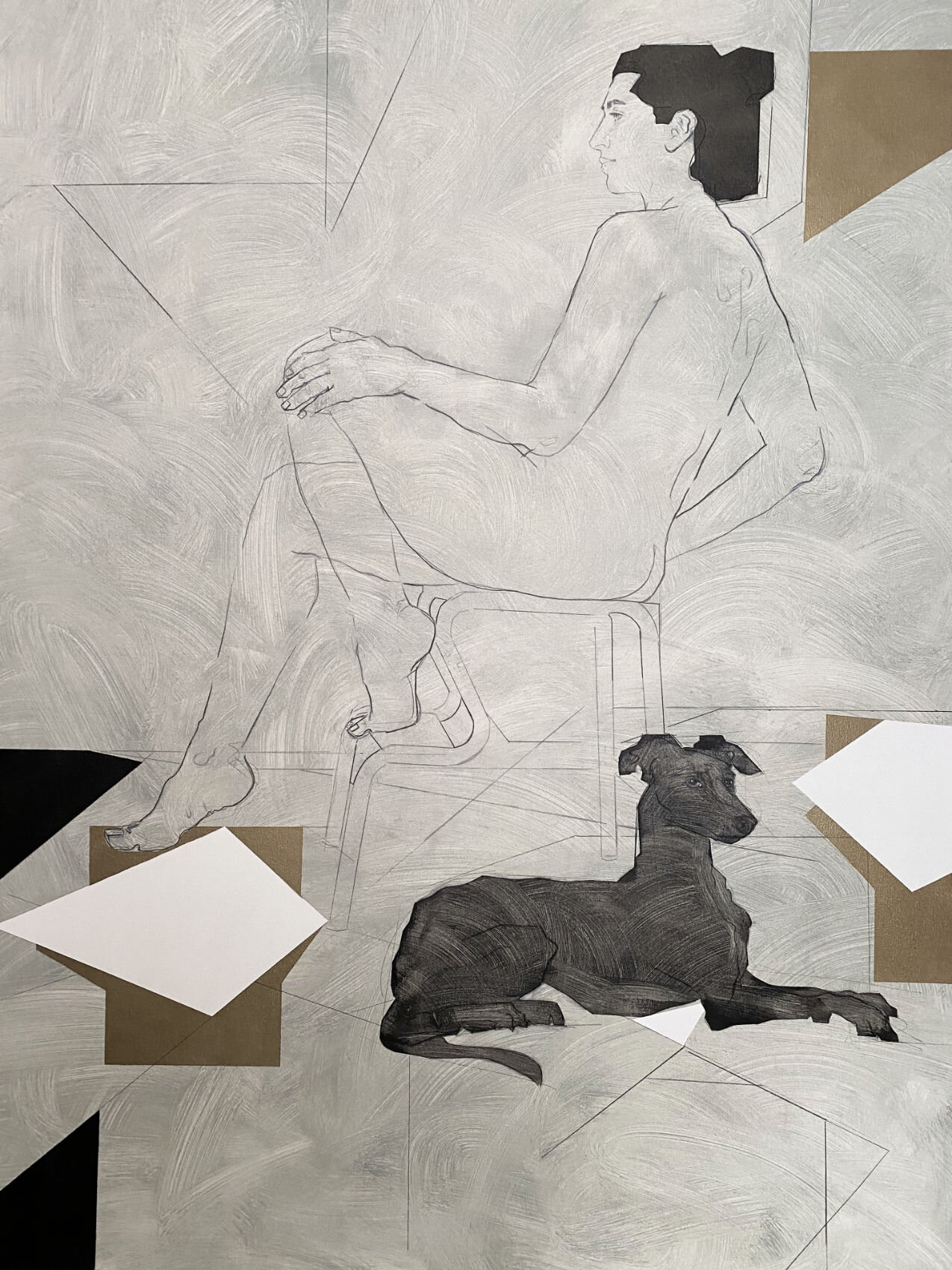
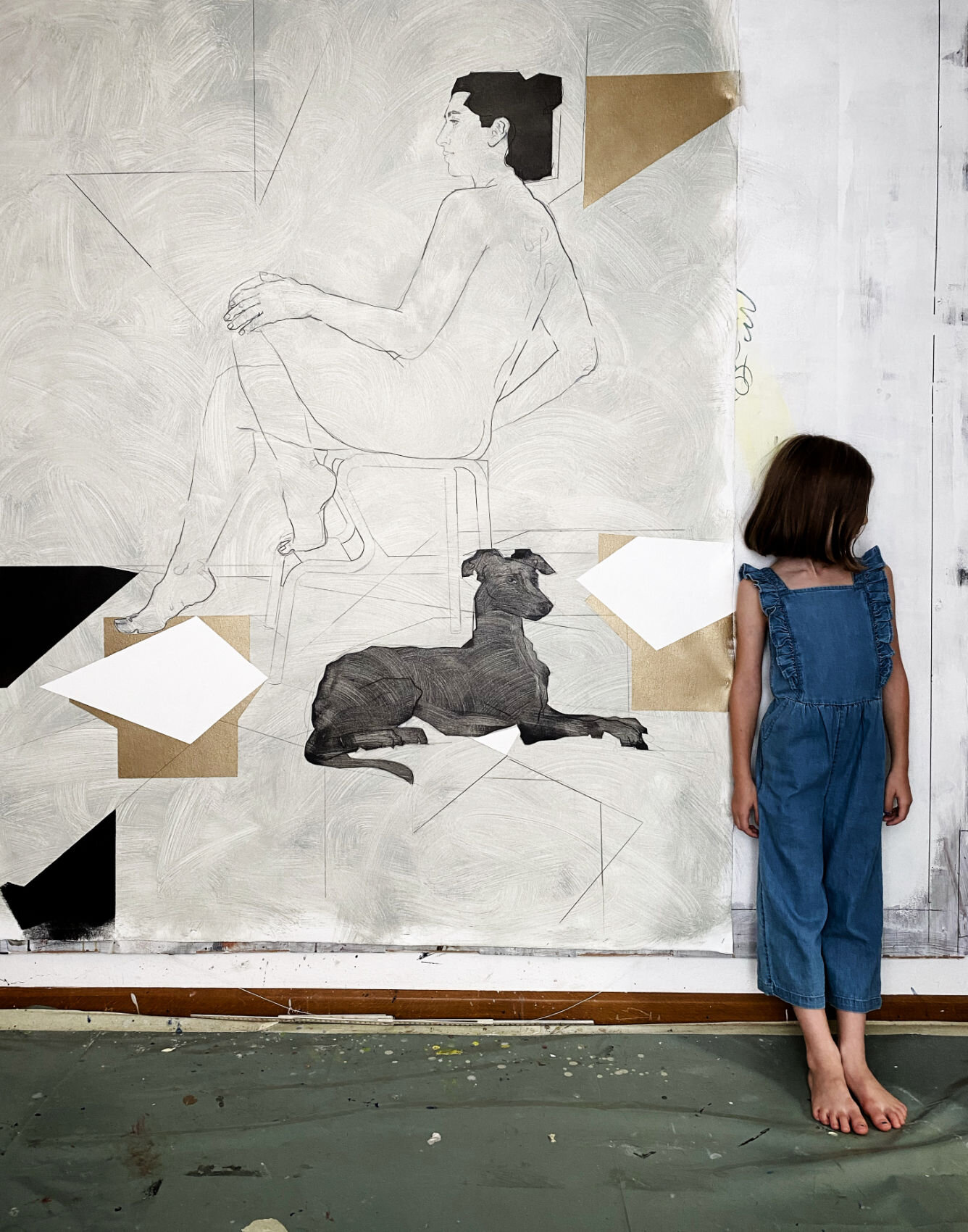
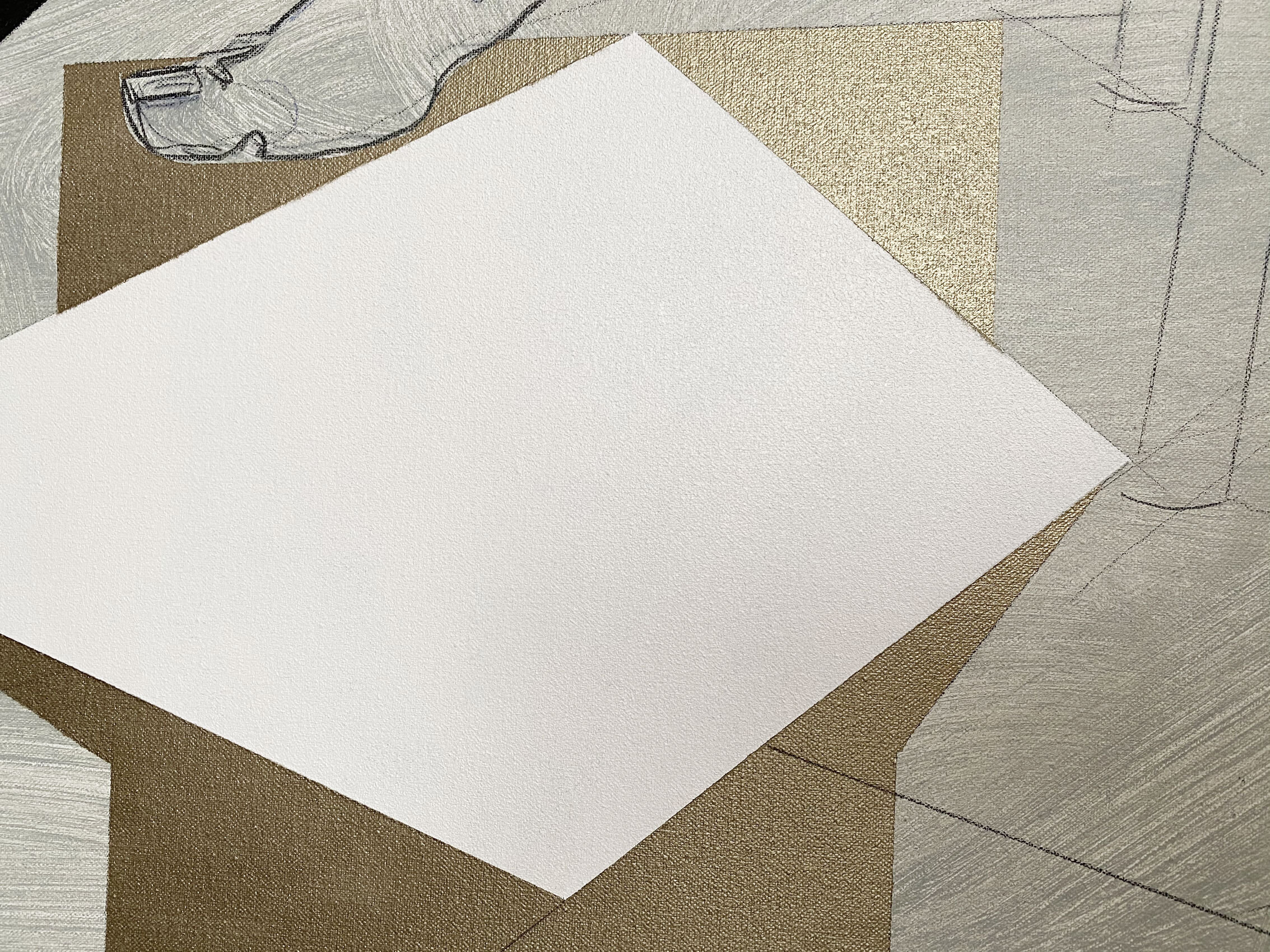
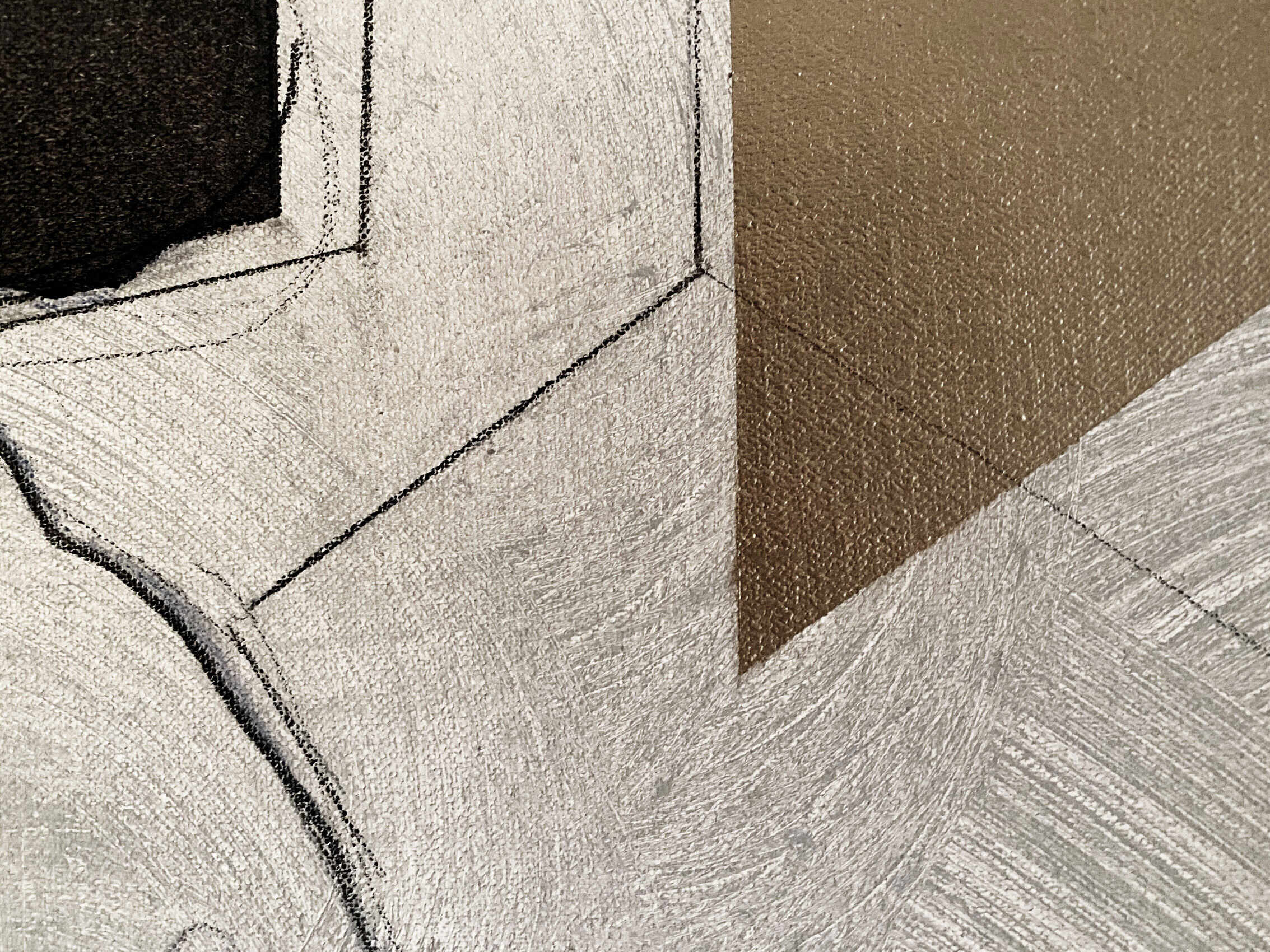
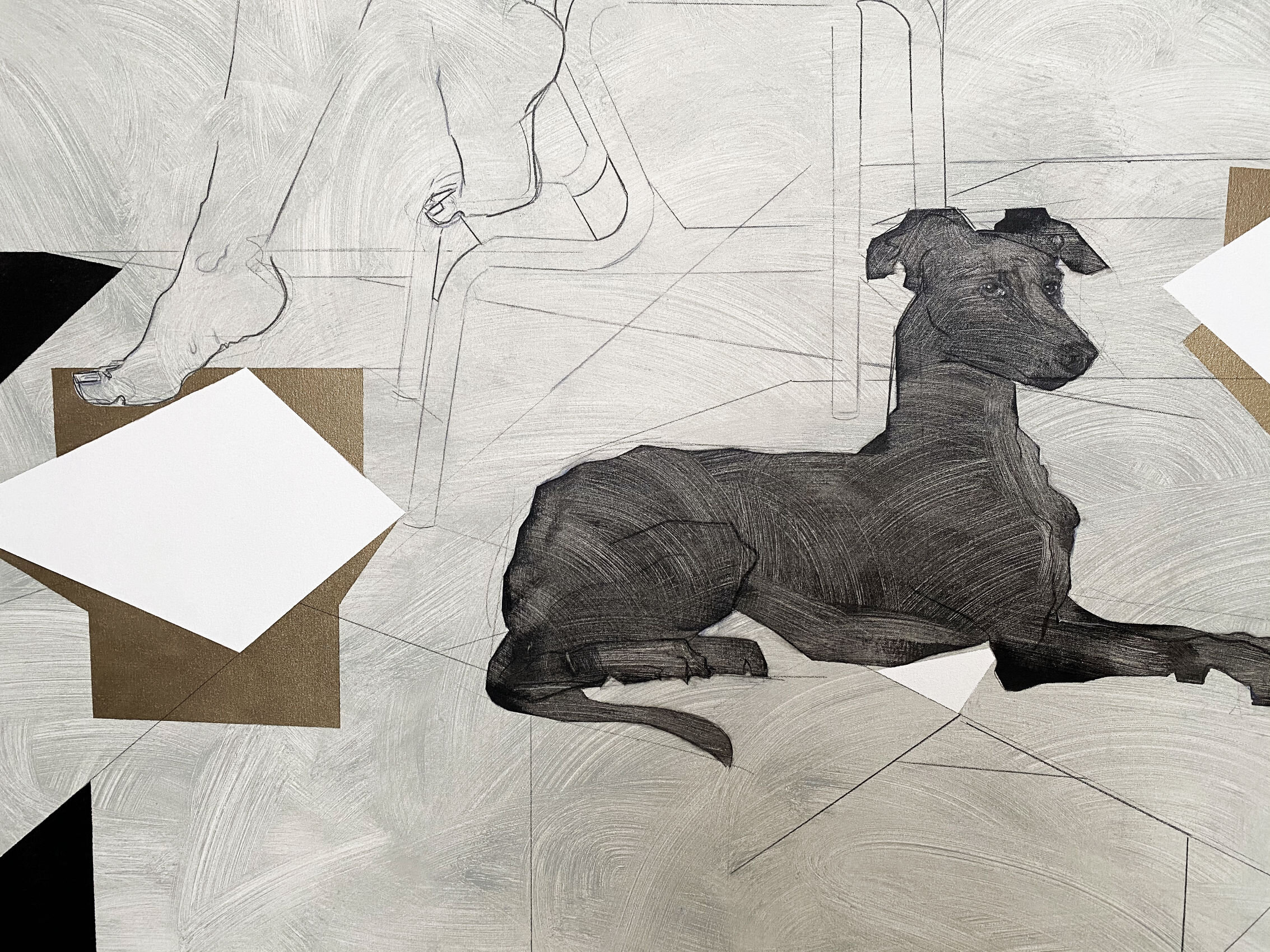
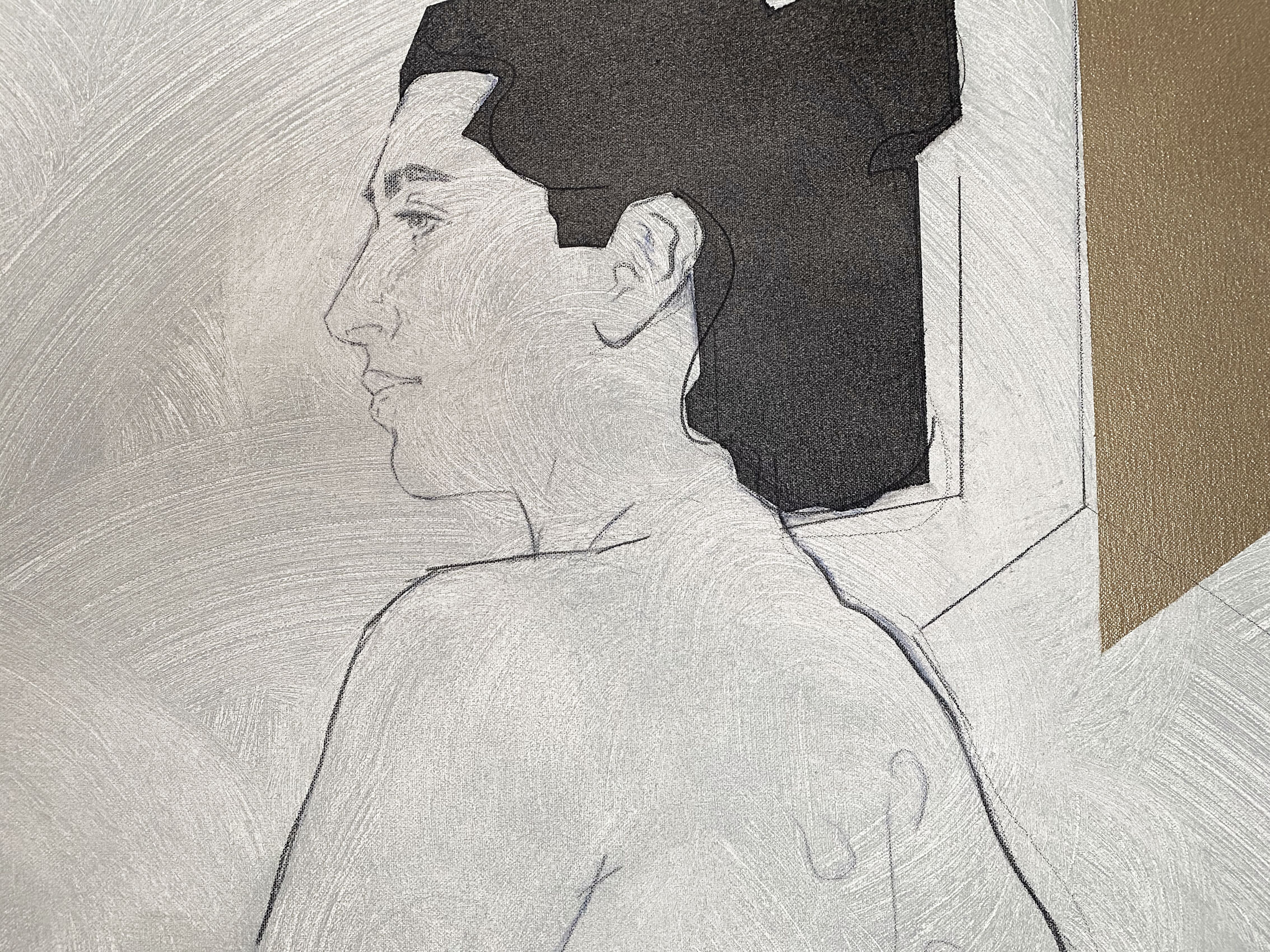
“The difference between past and future is deeply linked to this blurring...So, if I could take into account all the details of the exact, microscopic state of the world, would the characteristic aspects of the flowing of time disappear? Yes. If I observe the microscopic state of things, then the difference between past and future vanishes. The future of the world, for instance, is determined by its present state - though neither more nor less than is the past. We often say that cause percede effects and yet, in the elementary grammar of things, there is no distinction between ‘cause’ and ‘effect’. There are regularities, represented by what we call physical laws, that link events of different times, but they are symmetric between future and past. In a microscopic description, there can be no sense in which the past is different from the future.”
HISTORIES - 127 x 180 cm
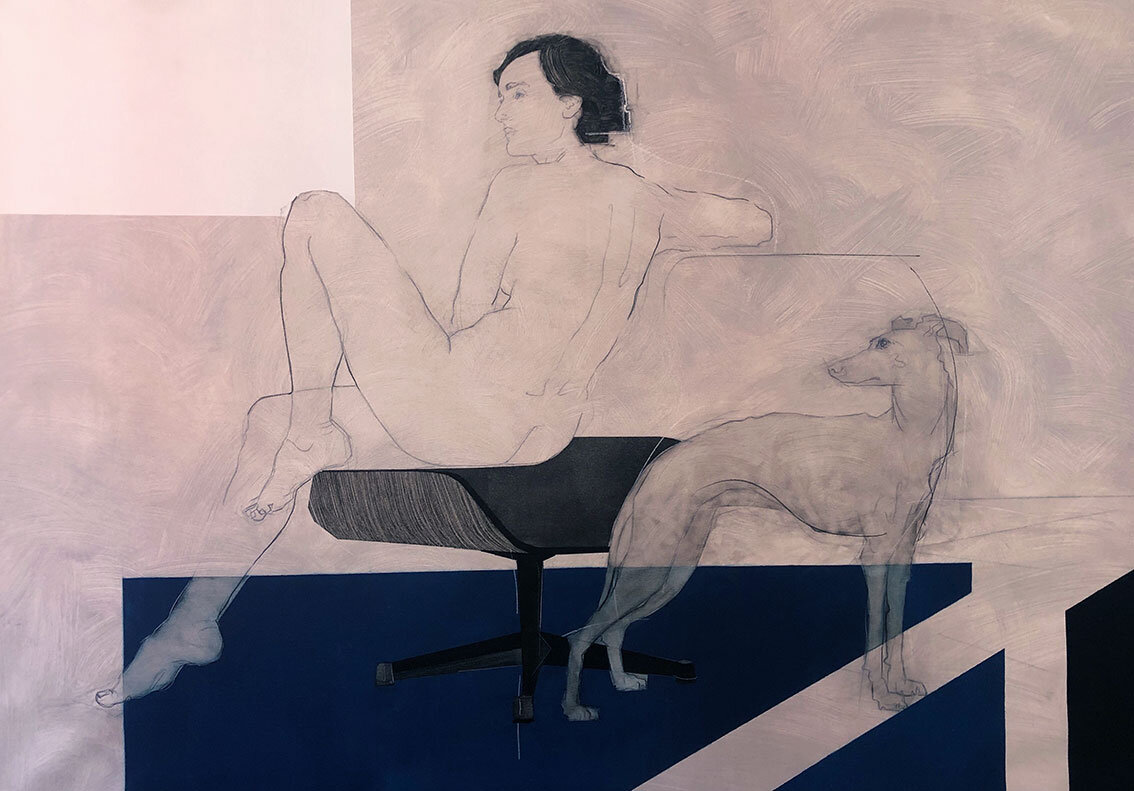

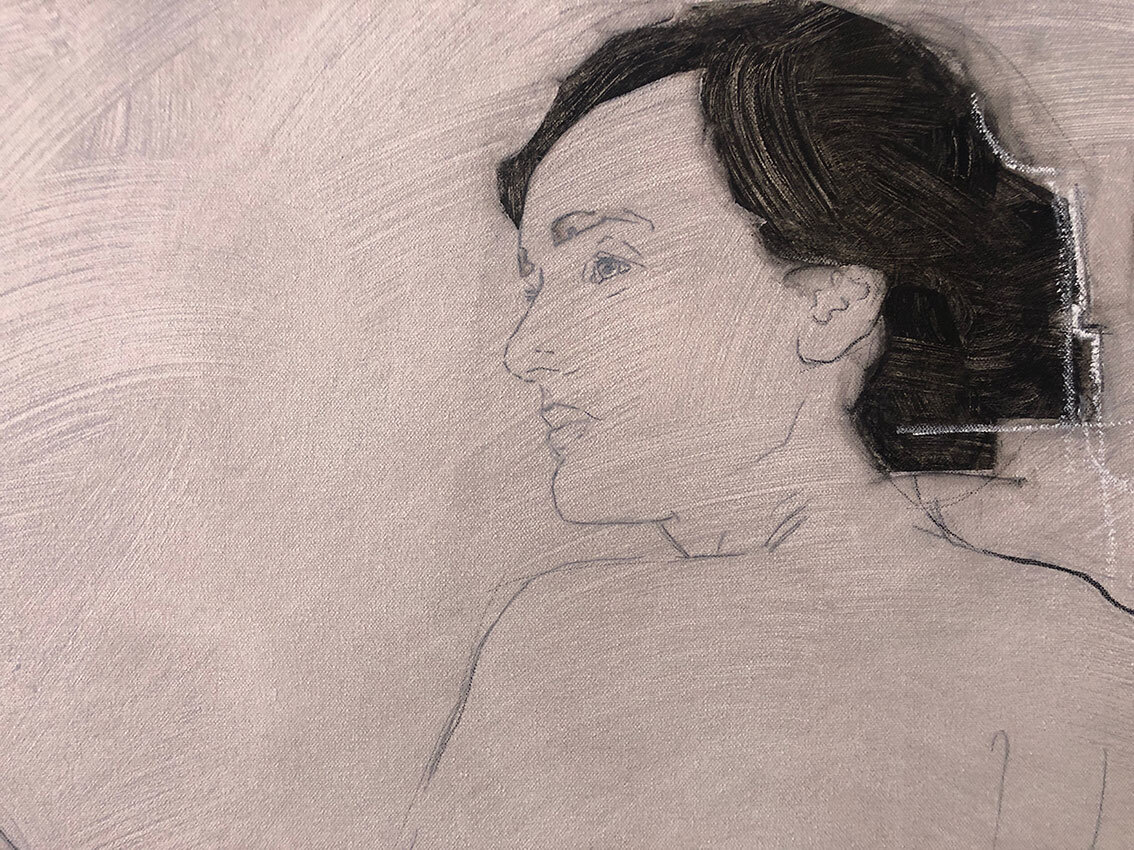
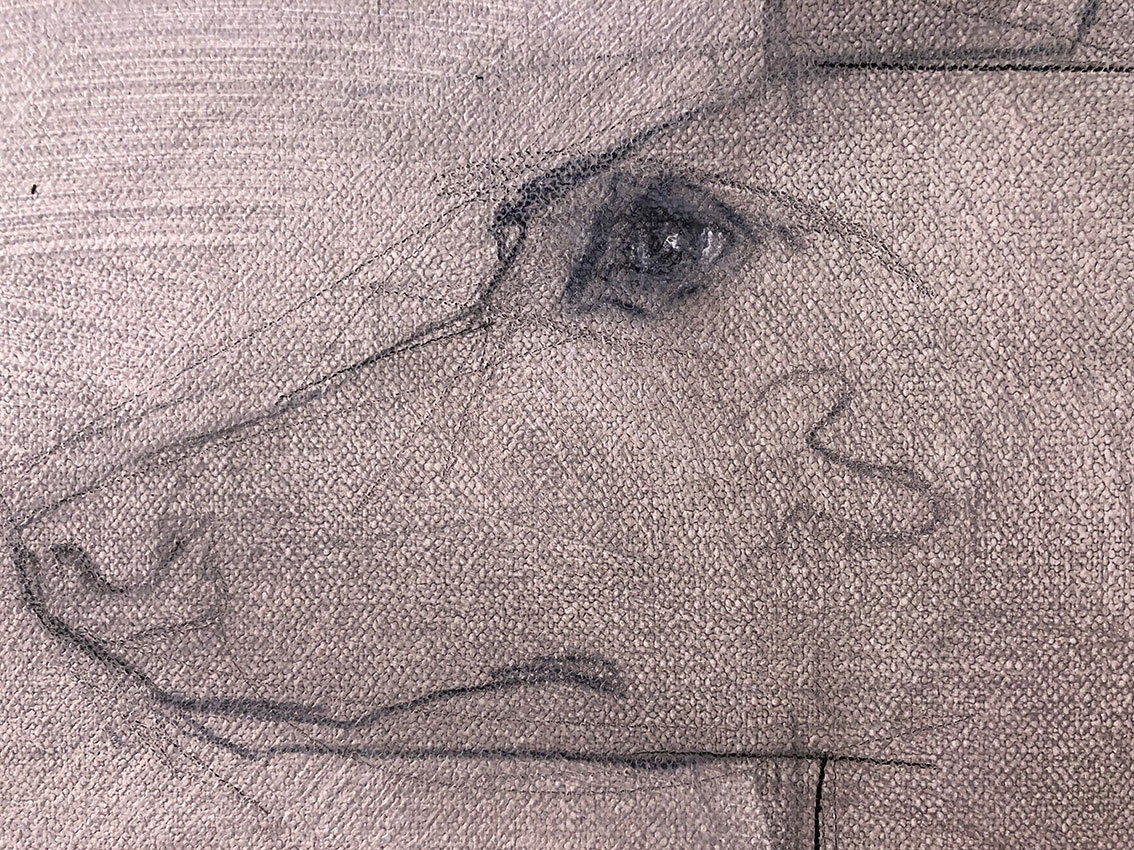
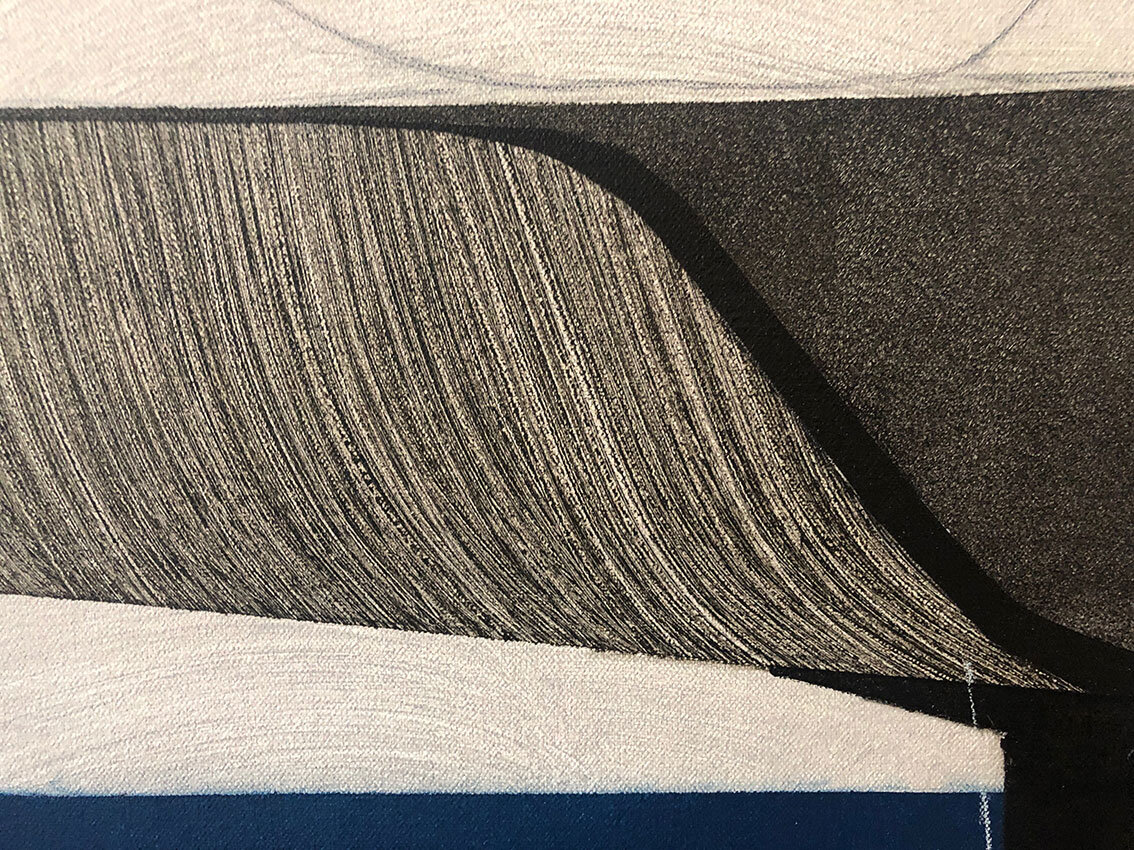
“We are histories of ourselves. Narratives. I am not this momentary mass of flesh reclined on that sofa typing the letter ‘a’ on my laptop; I am my thoughts full of traces of the phrases that I am writing; I am my mother’s caresses, and the serene kindness with which my father calmly guided me; I am my adolescent travels; I am what my reading has deposited in the layers in my mind; I am my loves, my moments of despair, my friendships, what I’ve written, what I’ve heard; the faces engraved on my memory. I am, above all, the one who a minute ago made a cup of tea for myself. The one who a moment ago typed the word ‘memory’ into my computer. The one who just composed the sentence that I am now completing. If all that disappeared, would I still exist? I am this long ongoing novel. My life consists of it.”
ENIGMA - 125 x 176 cm
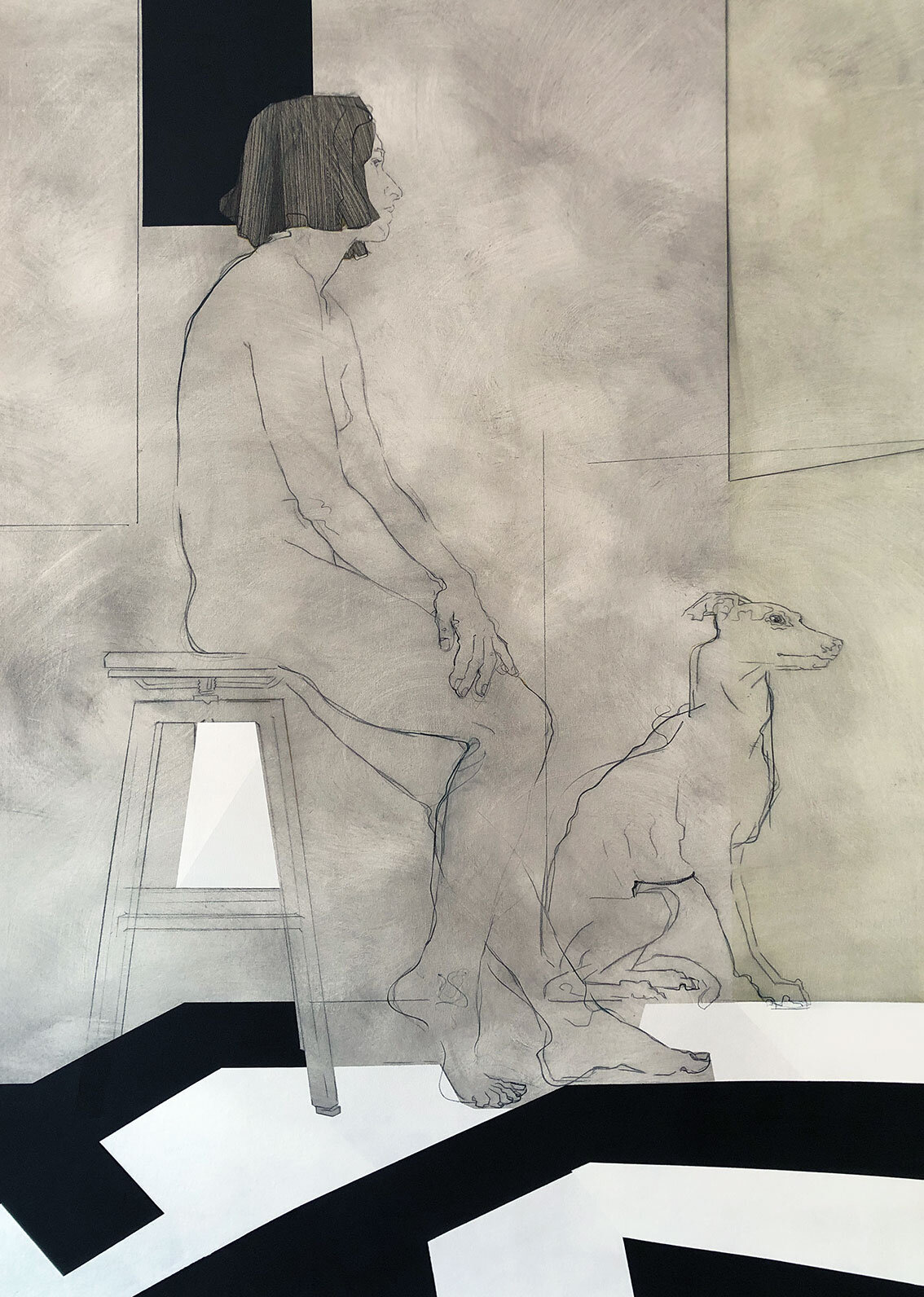
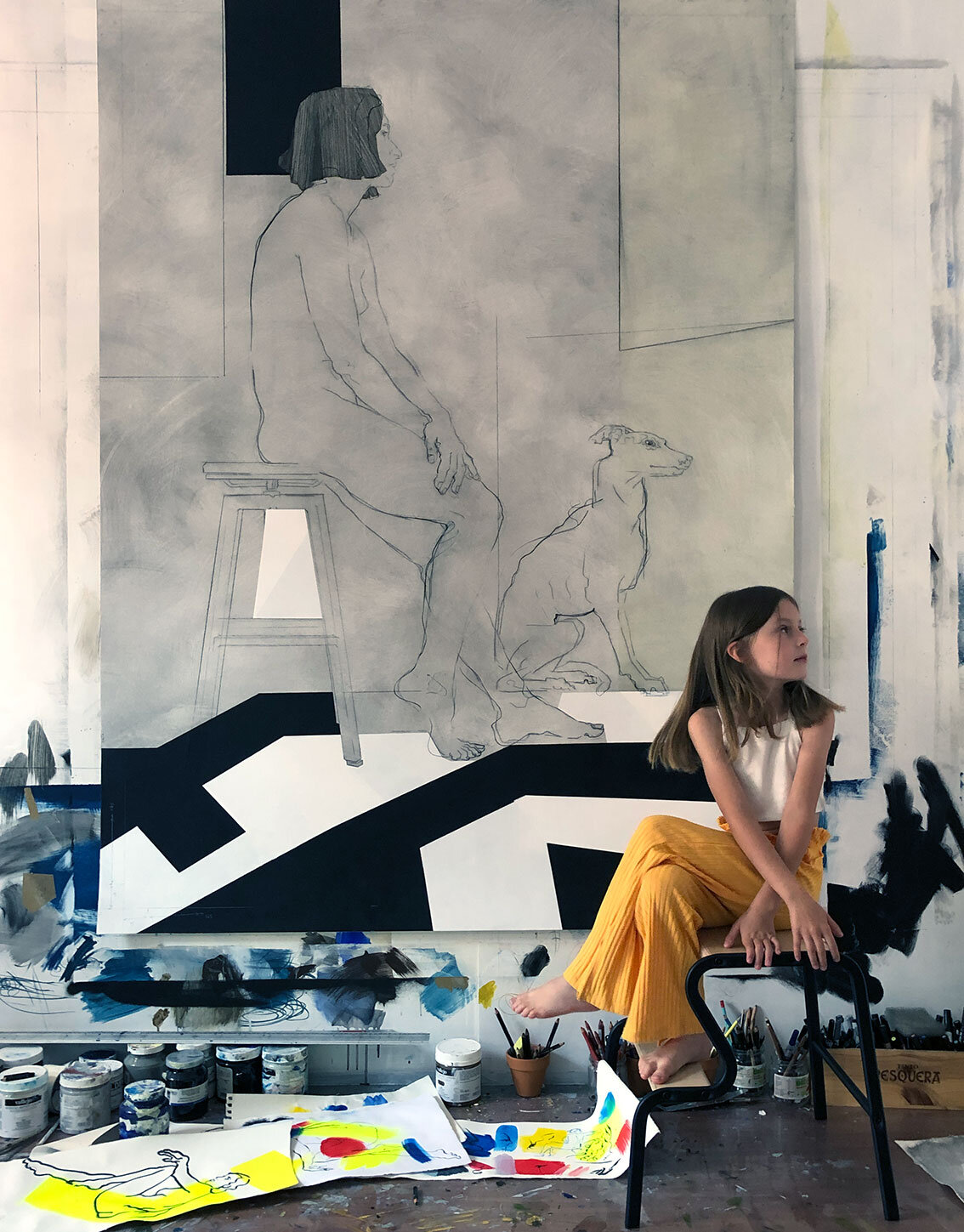
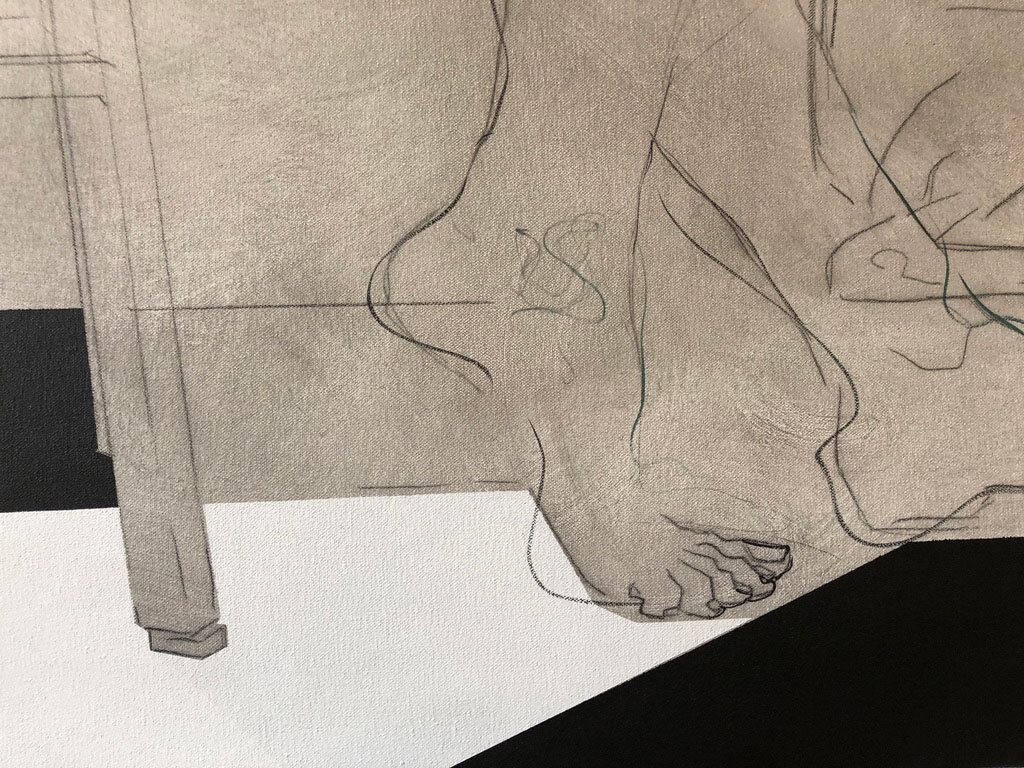
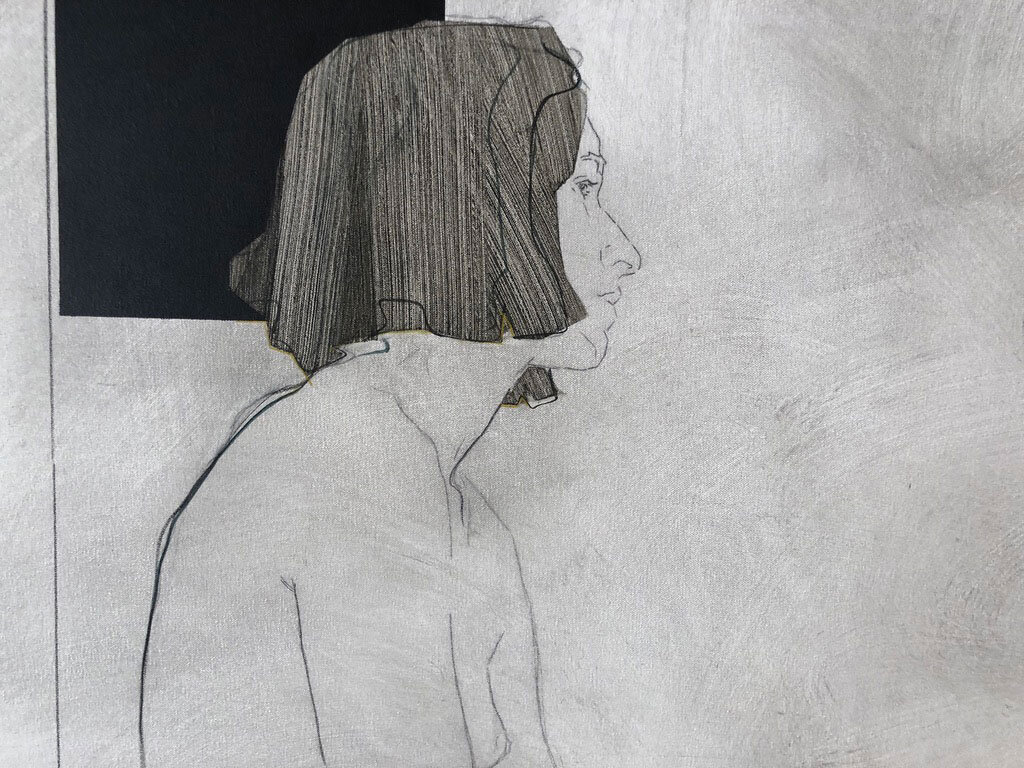

“Time is not a line with two equal directions: it is an arrow with different extremities...And it is this, rather than the speed of its passage, that matters most to us about time. This is the fundamental thing about time. The secret of time lies in this slippage that we feel on our pulse, viscerally, in the enigma of memory, in anxiety about the future. This is what it means to think about time. What exactly is flowing? Where is it nestled in the grammar of the world? What distinguishes the past, its having been, from the future, it’s not having been yet, in the folds of the mechanism of the world? Why, to us, is the past so different from the future?
Nineteenth- and twentieth - century physics engaged with these questions and ran into something unexpected and disconcerting - much more so than the relatively marginal fact that time passes at different speeds in different places. The difference between past and future, between cause and effect, between memory and hope, between regret and intention...in the elementary laws that describe the mechanisms of the world, there is no such difference.”
INTUITION - 132 x 160 cm
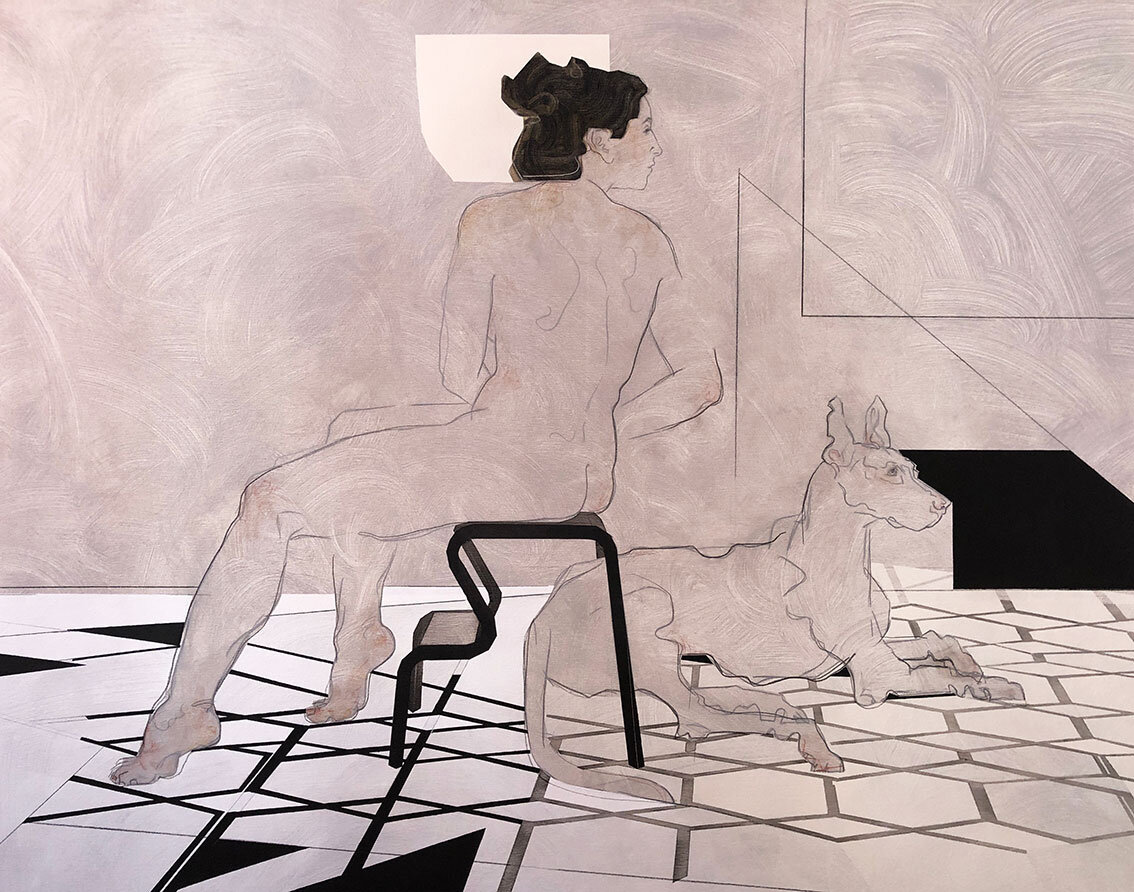
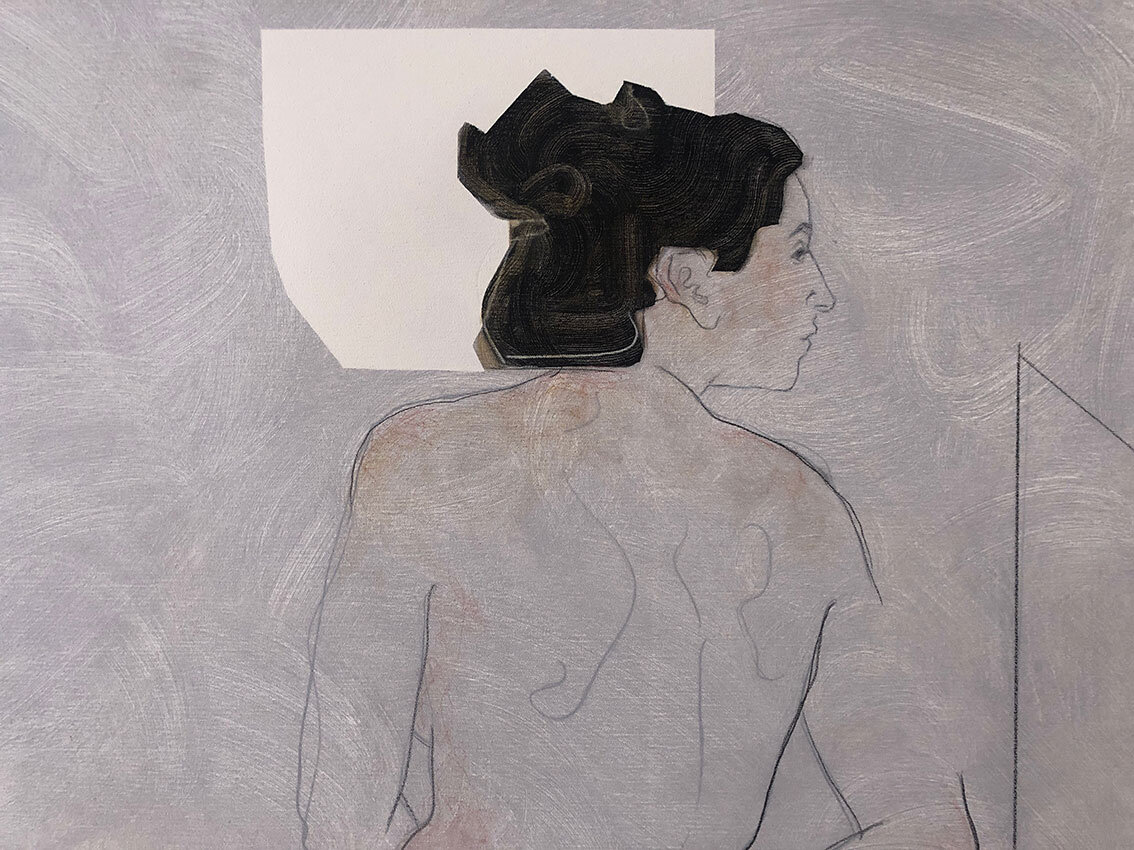
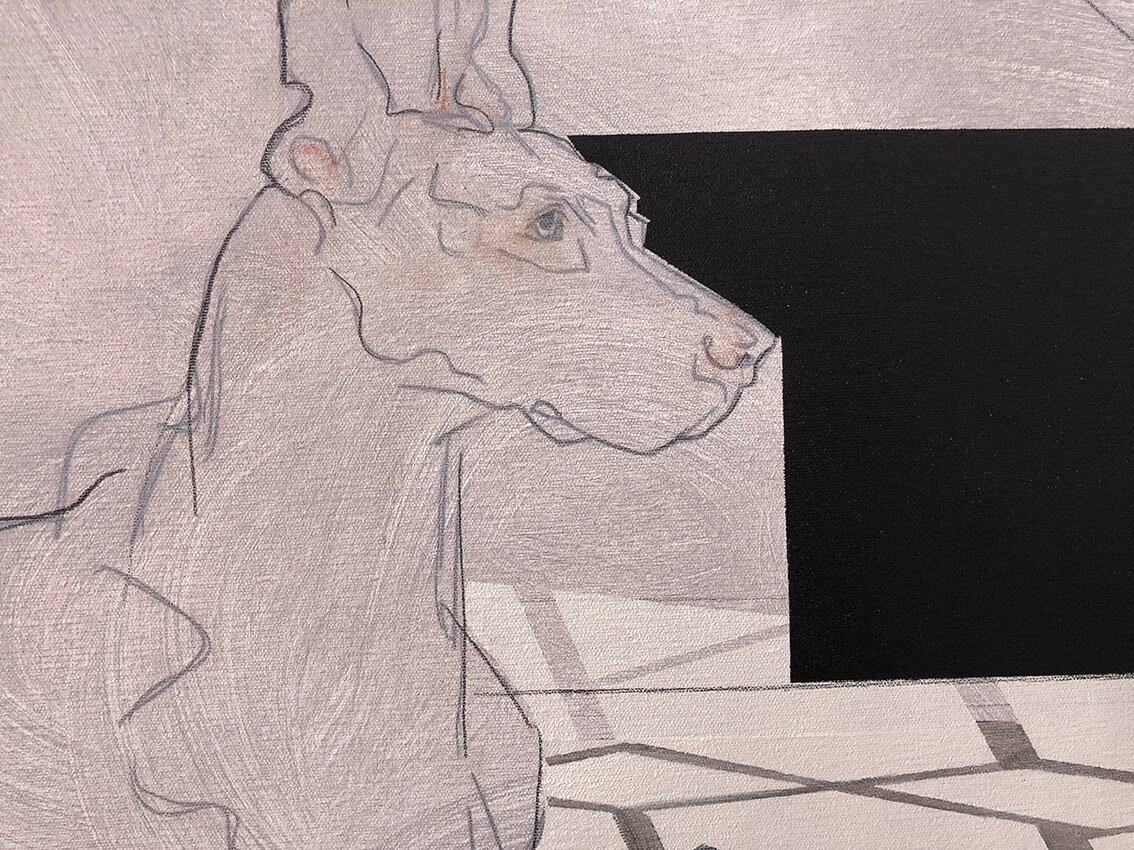
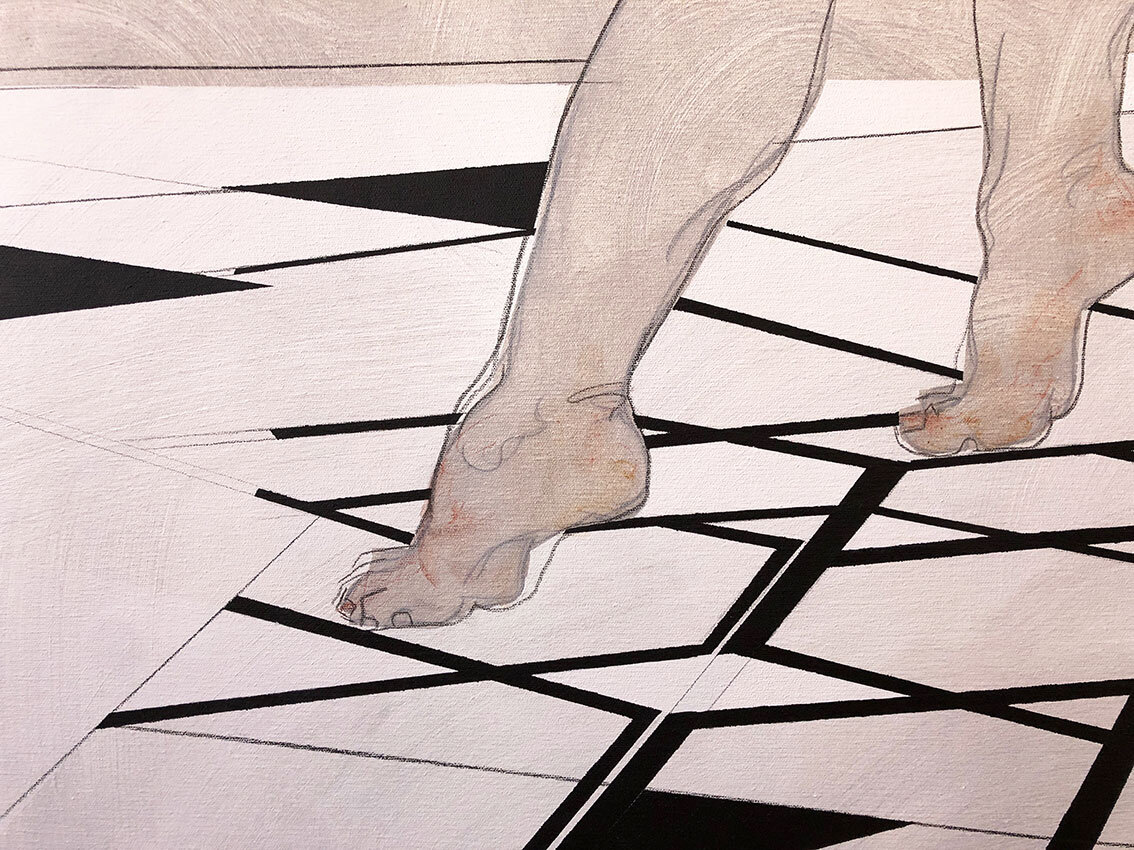
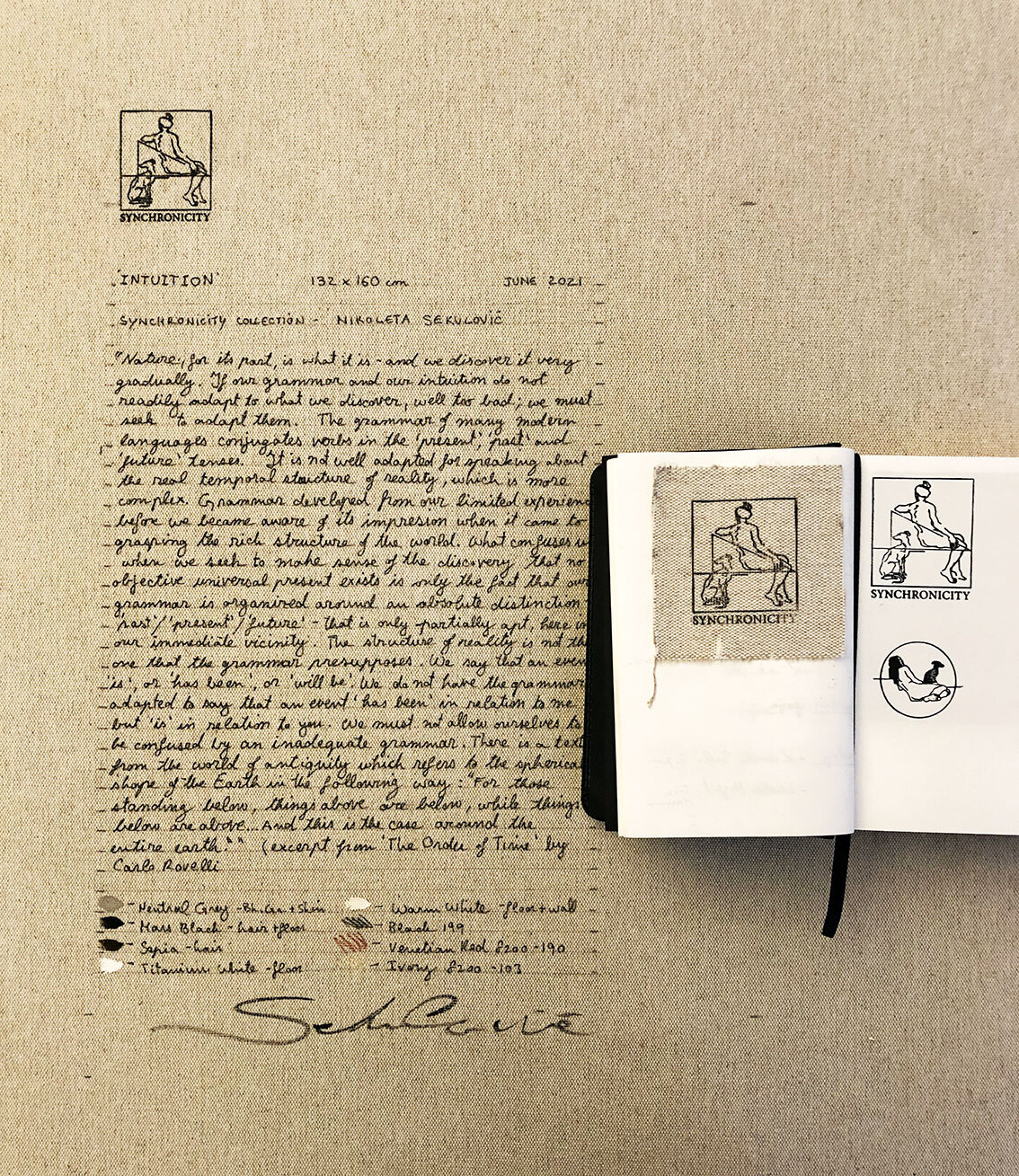
“Nature, for its part, is what it is - and we discover it very gradually. If our grammar and our intuition do not readily adapt to what we discover, well too bad; we must seek to adapt them. The grammar of many modern languages conjugates verbs in the ‘present, ‘past’ and ‘ future’ tenses. It is not well adapted for speaking about the real temporal structure of reality, which is more complex. Grammar developed from our limited experience, before we became aware of its impression when it came to grasping the rich structure of the world. What confuses us when we seek to make sense of the discovery that no objective universal present exists is only the fact that our grammar is organized around an absolute distinction - ‘past’ / ‘present’ /future’ - that is only partially apt , here in our immediate vicinity. The structure of reality is not the one that the grammar presupposes. We say that an event ‘is’, or ‘ has been’, or ‘will be’. We do not have the grammar adapted to say that an event ‘has been’ in relation to me but ‘is’ in relation to you. We must not allow ourselves to be confused by an inadequate grammar. There is a text from the world of antiquity which refers to the spherical shape of the Earth in the following way: ‘For those standing below, things above are below, while things below are above... And this is the case around the entire earth’.”
CONCURRENCE - 104 x 135 cm
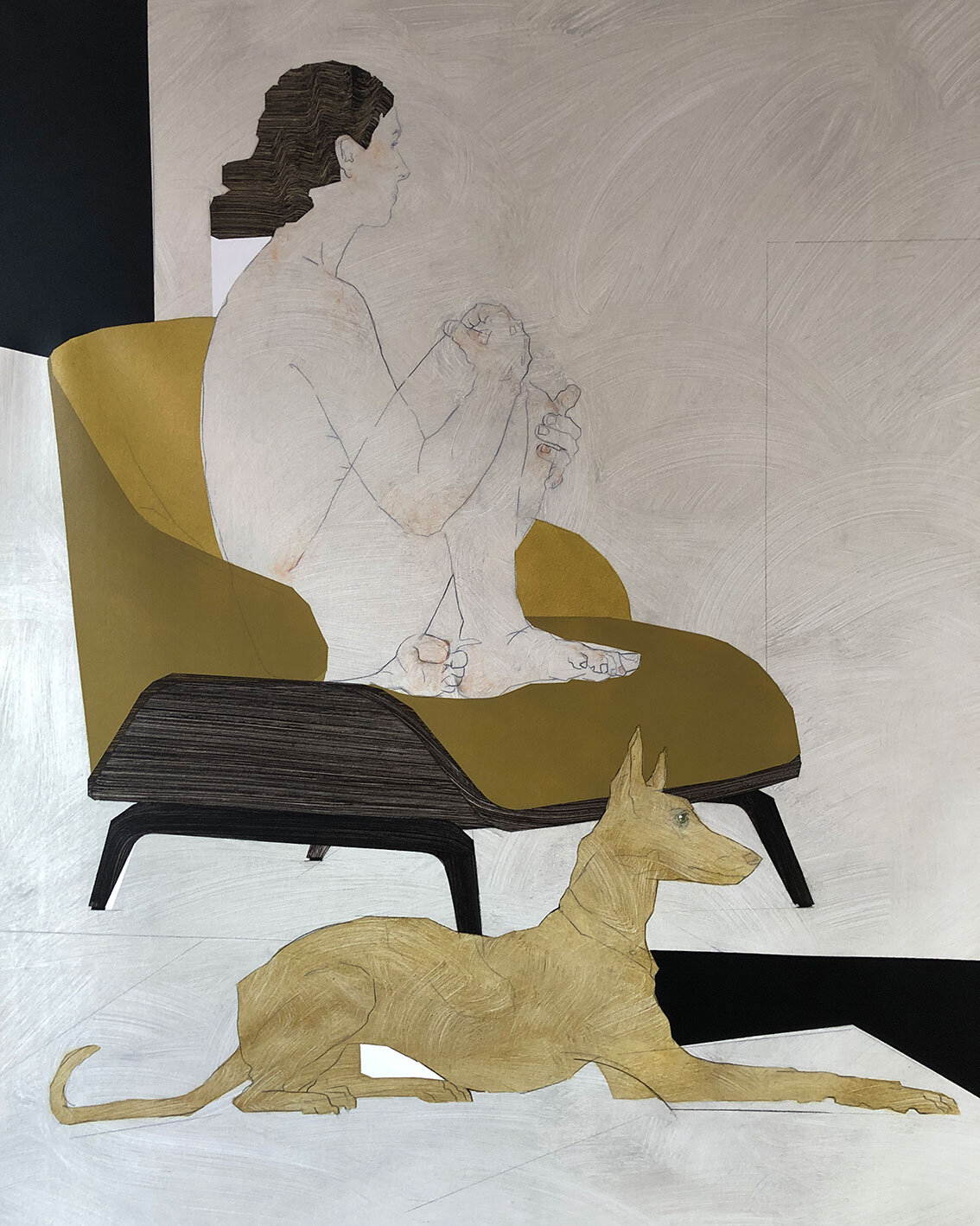


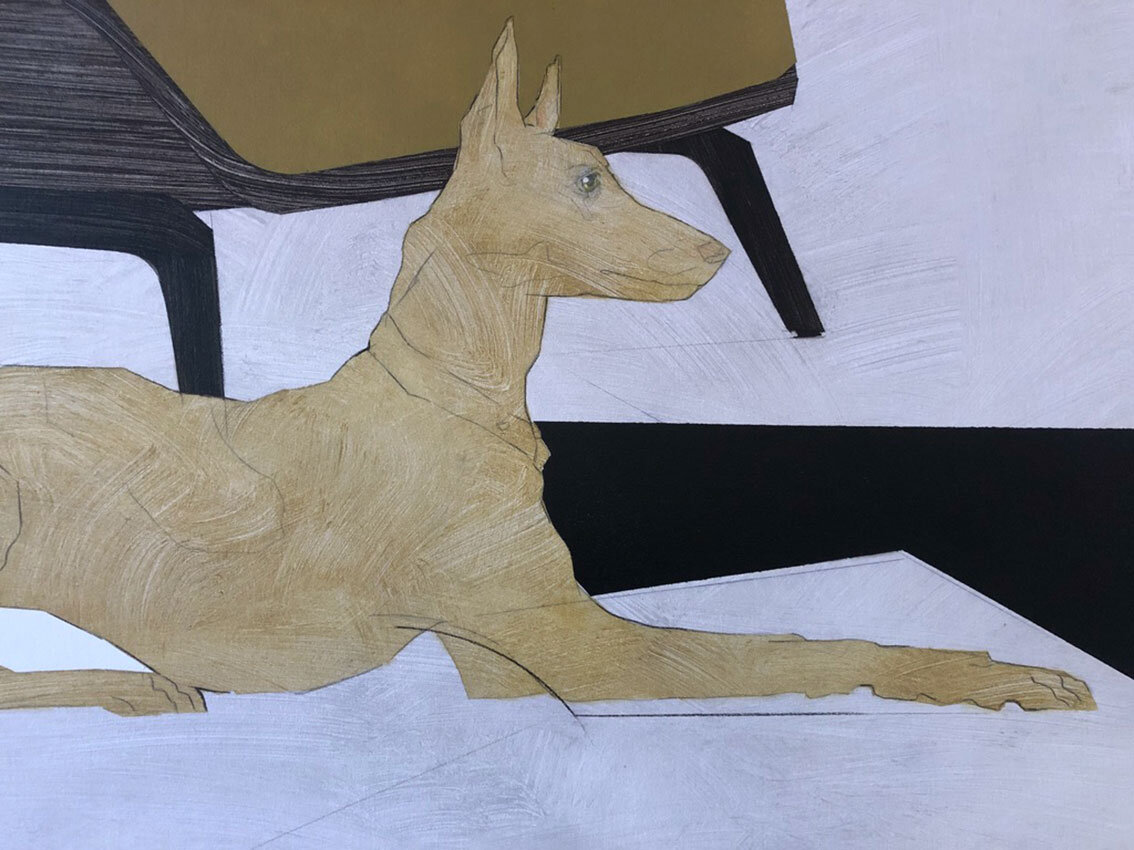
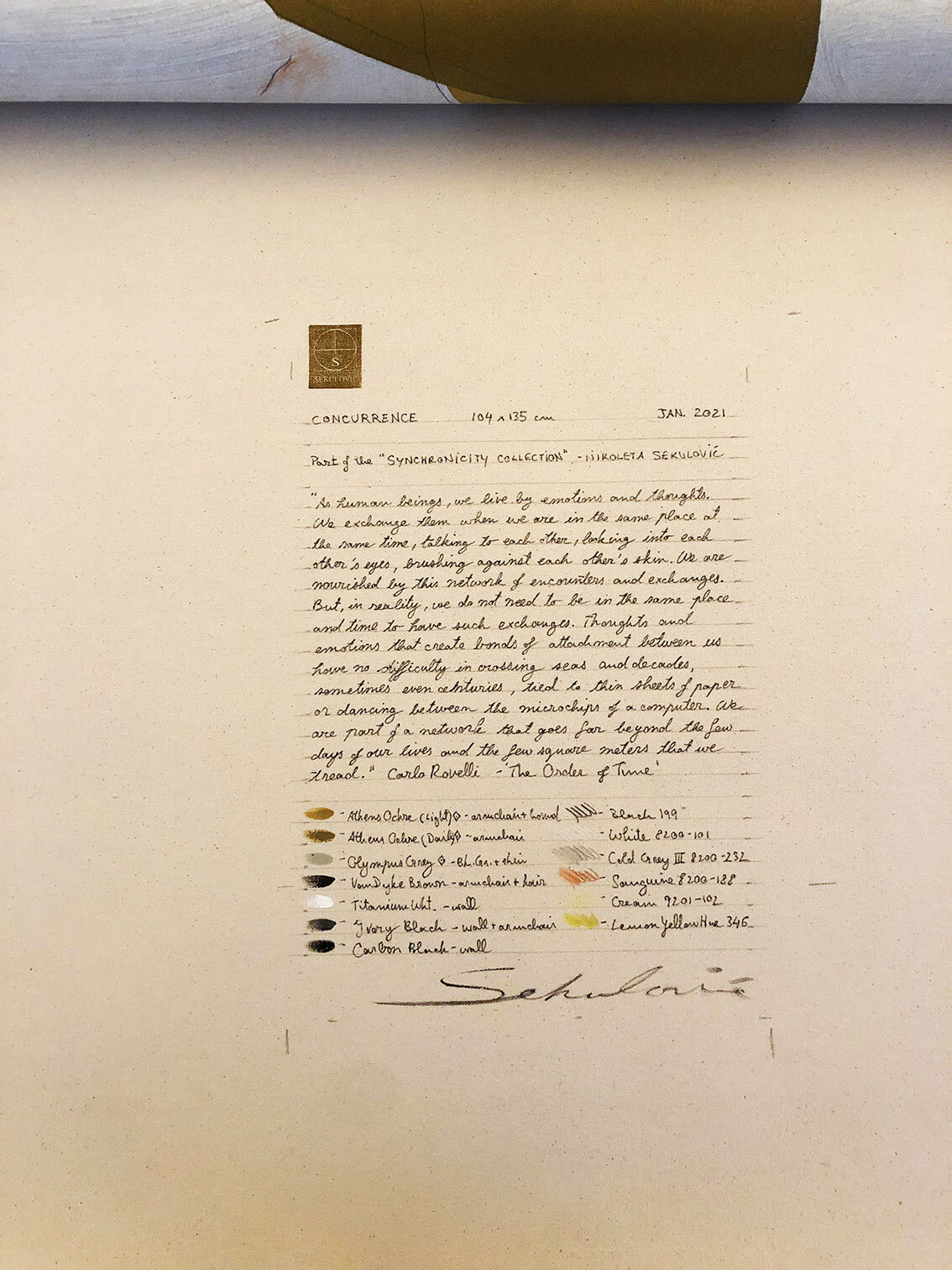
“As human beings, we live by emotions and thoughts. We exchange them when we are in the same place at the same time, talking to each other, looking into each other’s eyes, brushing against each other’s skin. We are nourished by this network of encounters and exchanges. But, in reality, we do not need to be in the same place and time to have such exchanges. Thoughts and emotions that create bonds of attachment between us have no difficulty in crossing seas and decades, sometimes even centuries, tied to thin sheets of paper or dancing between the microchips of a computer. We are part of a network that goes far beyond the few days of our lives and the few square meters that we tread.”
REMINISCENCE - 105 x 140 cm
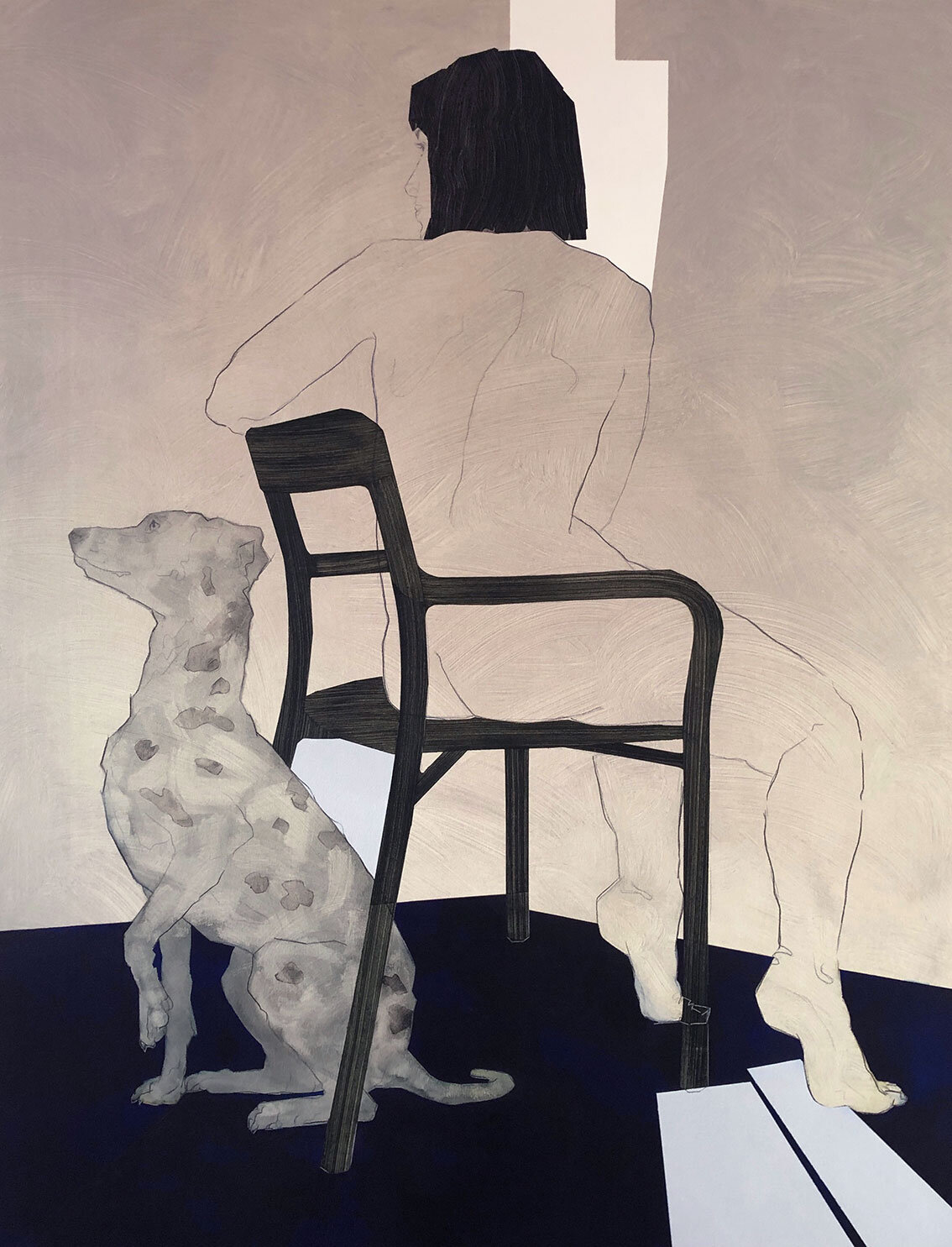
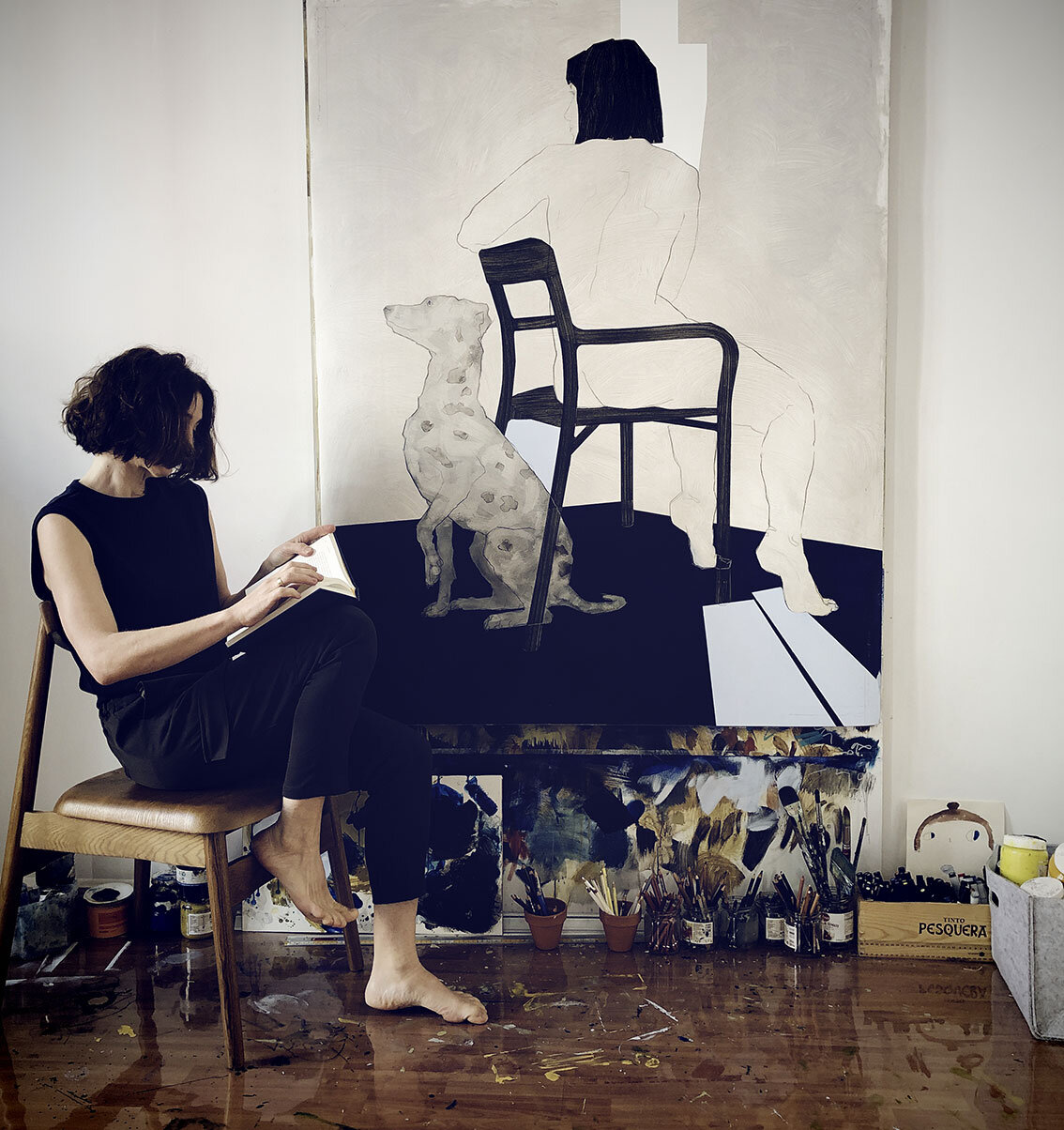

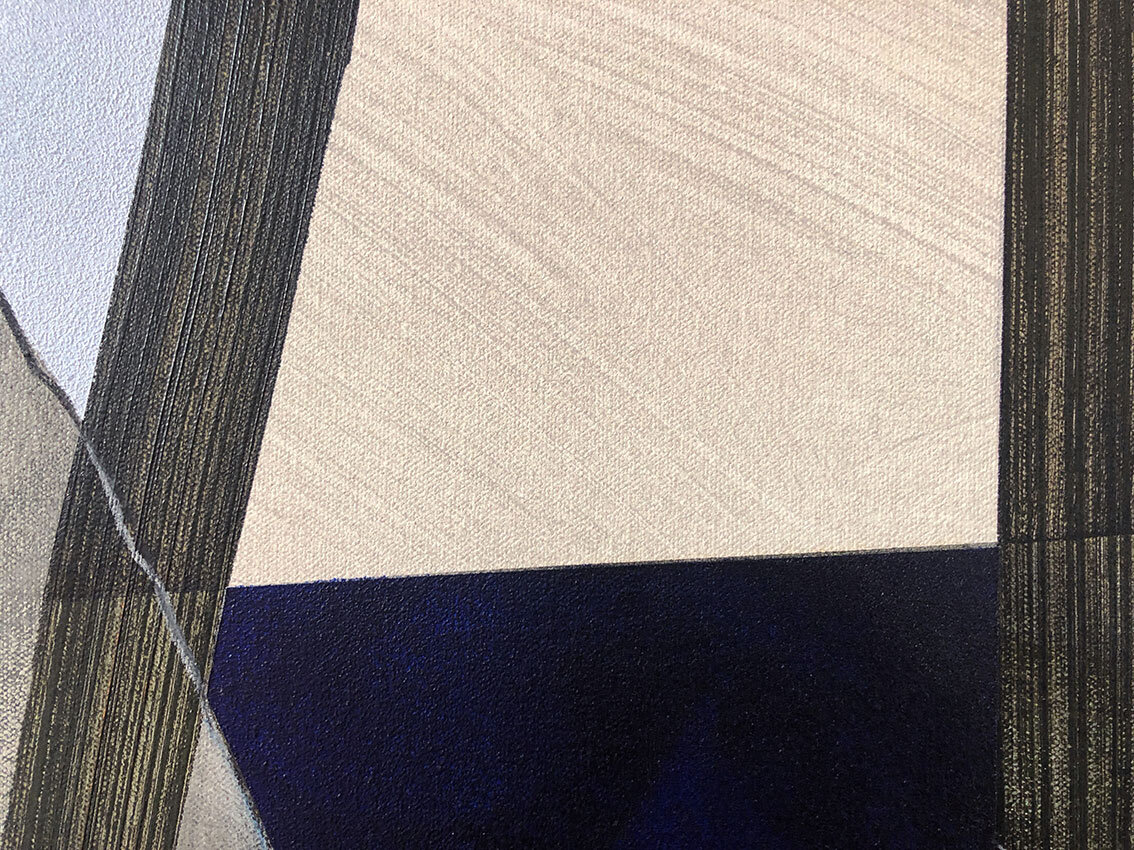
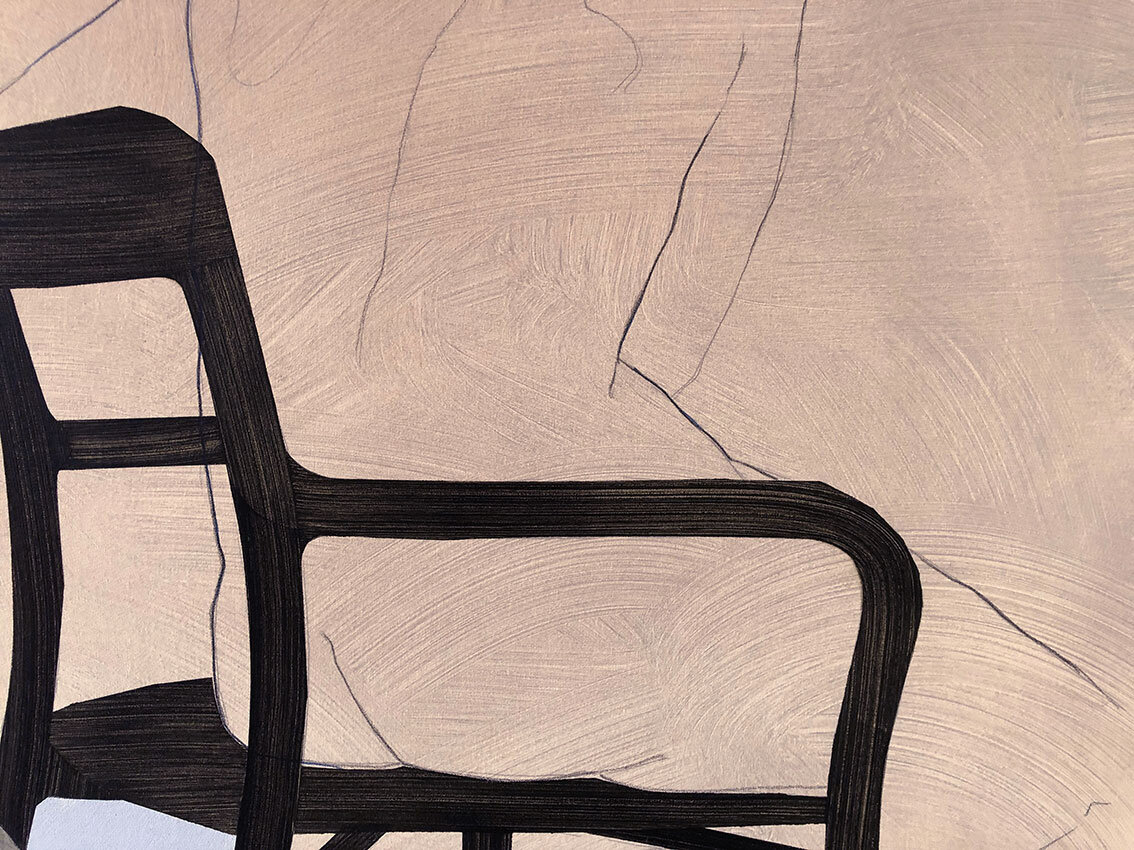
“We can see the world without time: we can perceive with the mind’s eye the profound structure of the world where time as we know it no longer exists... And we begin to see that we are time. We are this space, this clearing opened by the traces of memory inside the connections between our neurons. We are memory. We are nostalgia. We are longing for a future that will not come. The clearing that is opened up in this way, by memory and by anticipation, is time: a source of anguish sometimes, but in the end a tremendous gift.”
